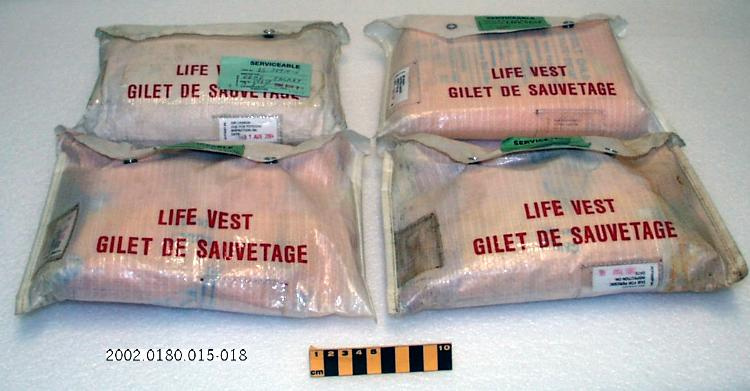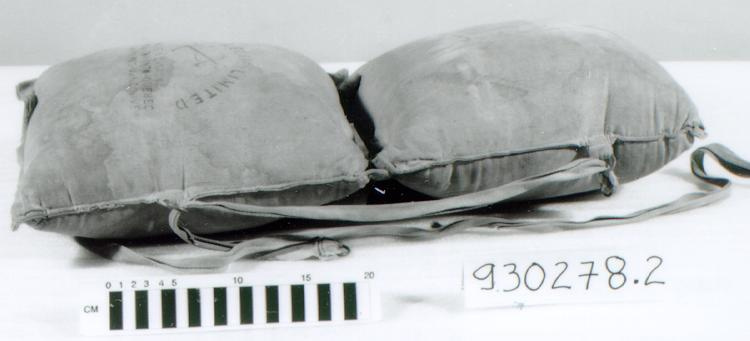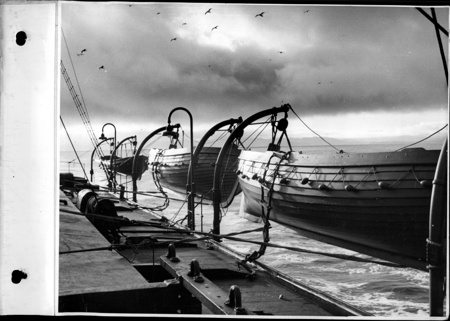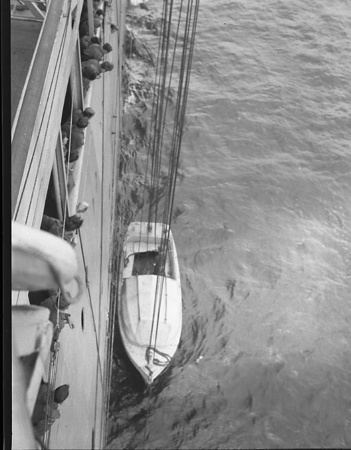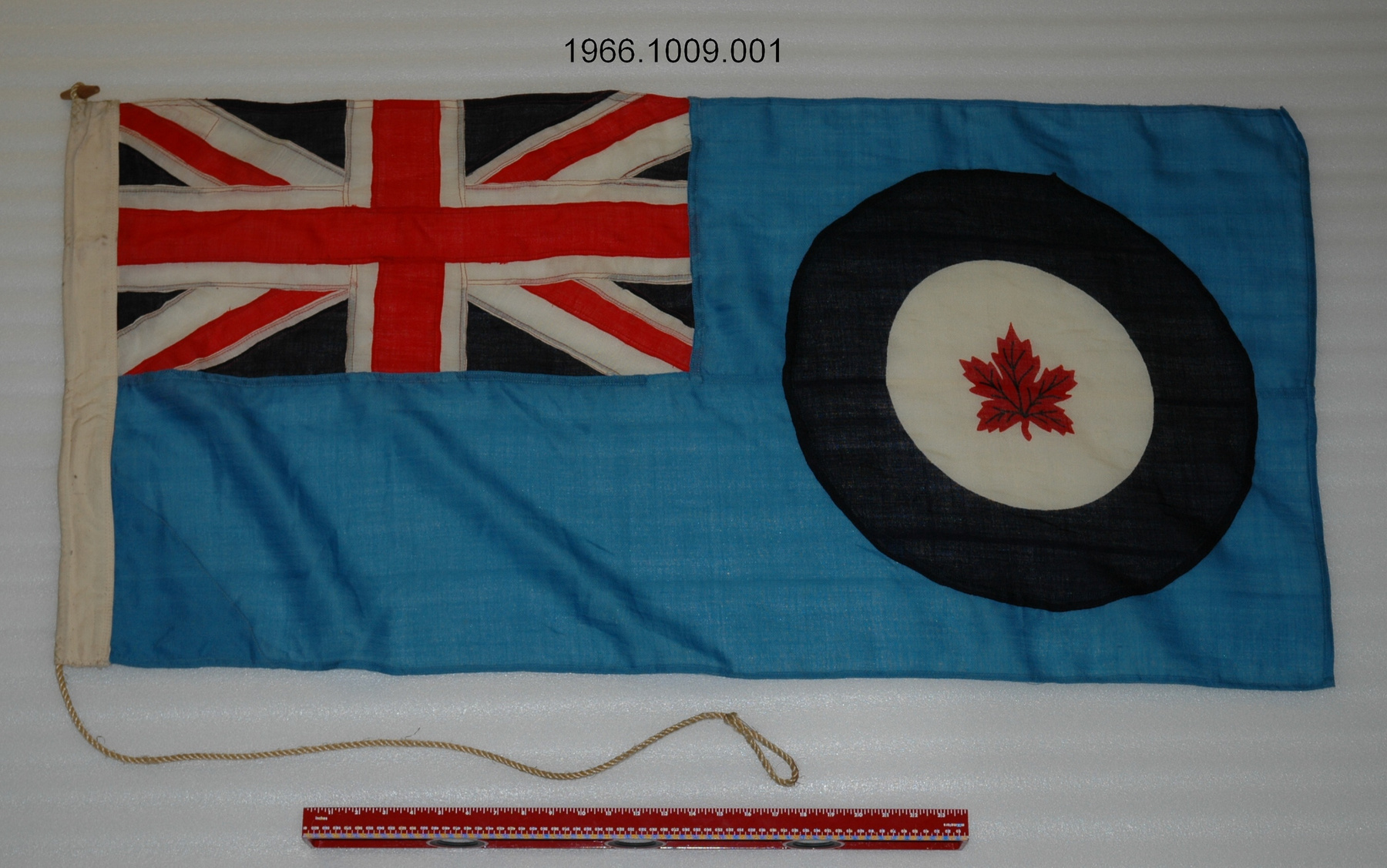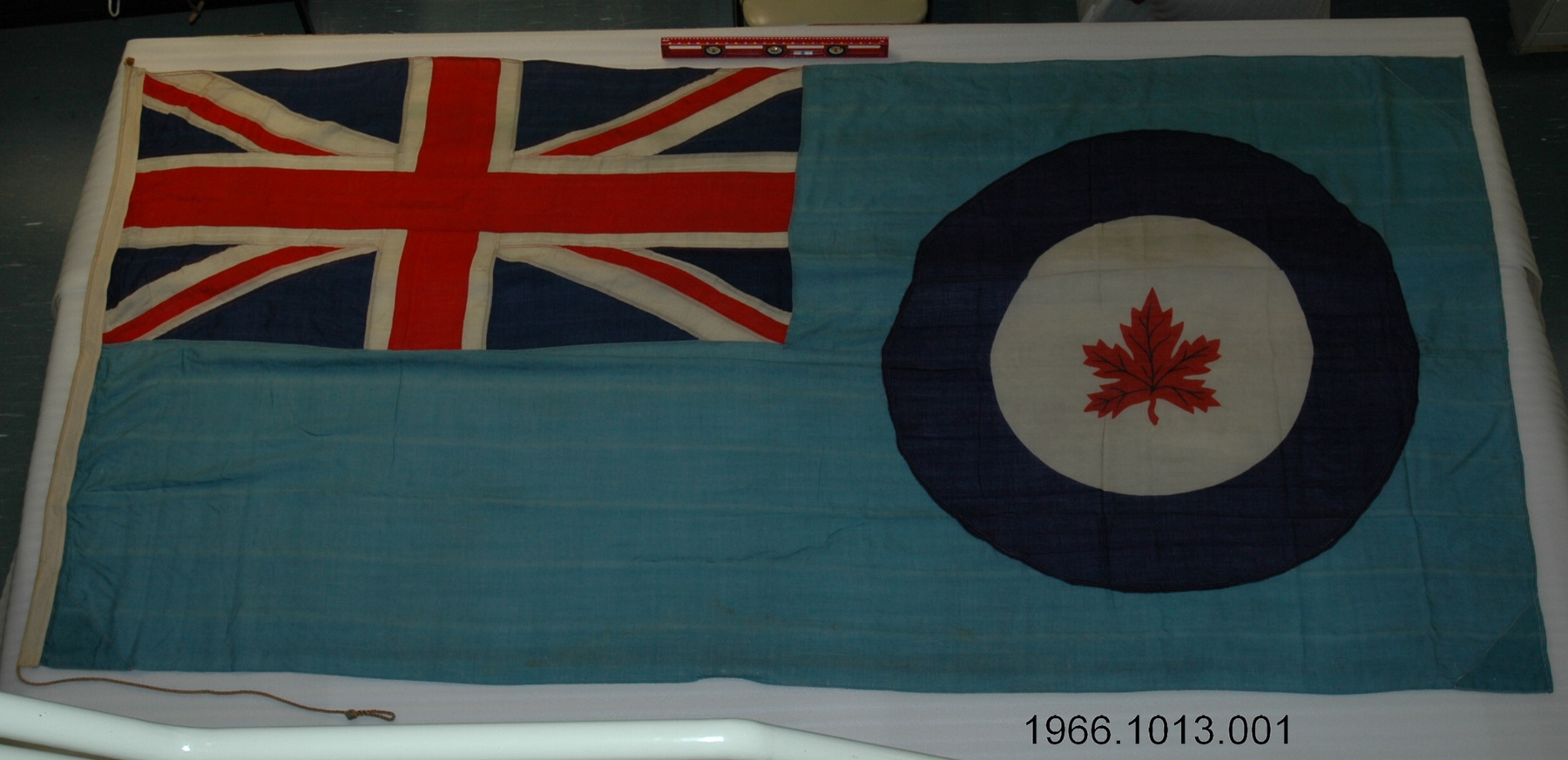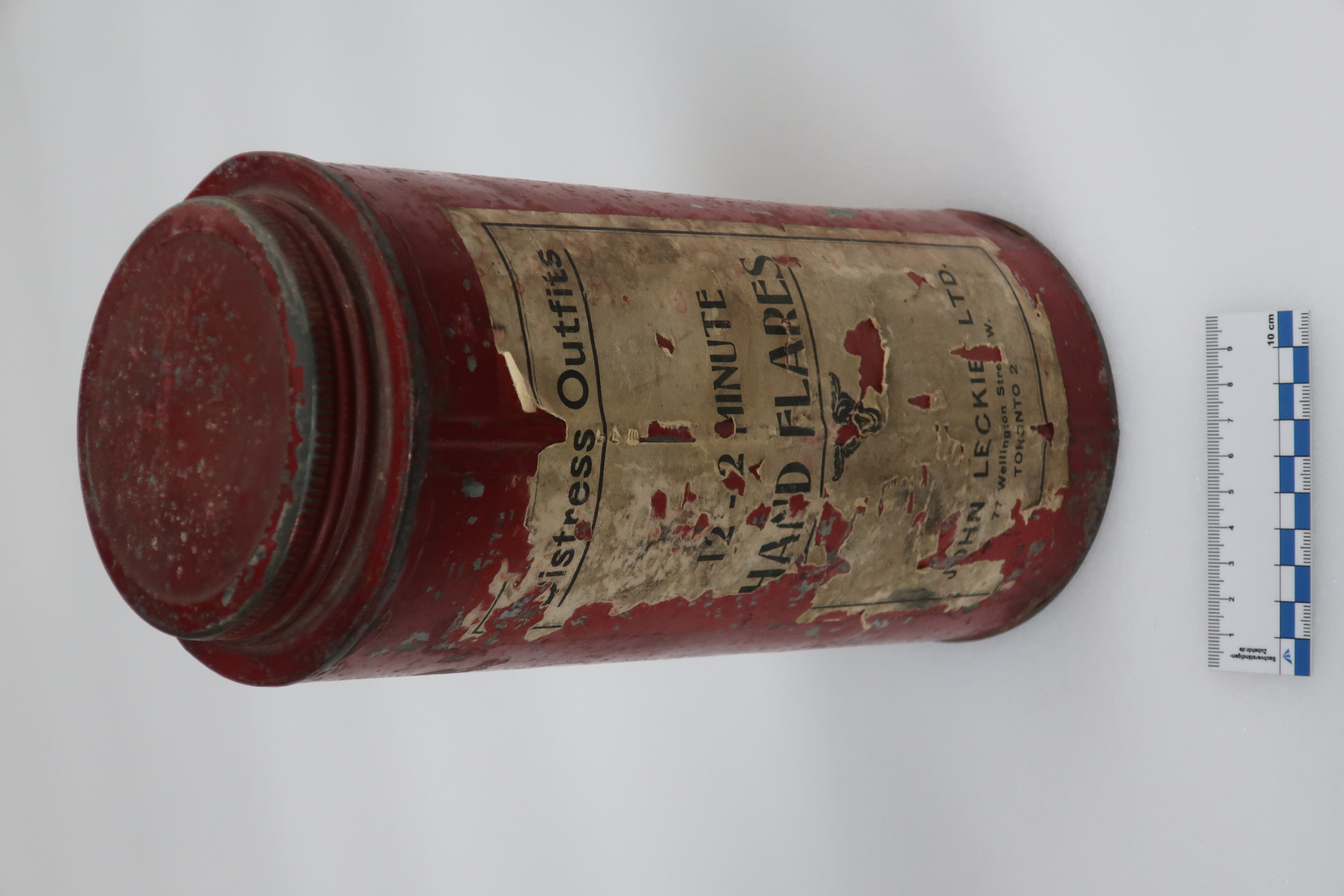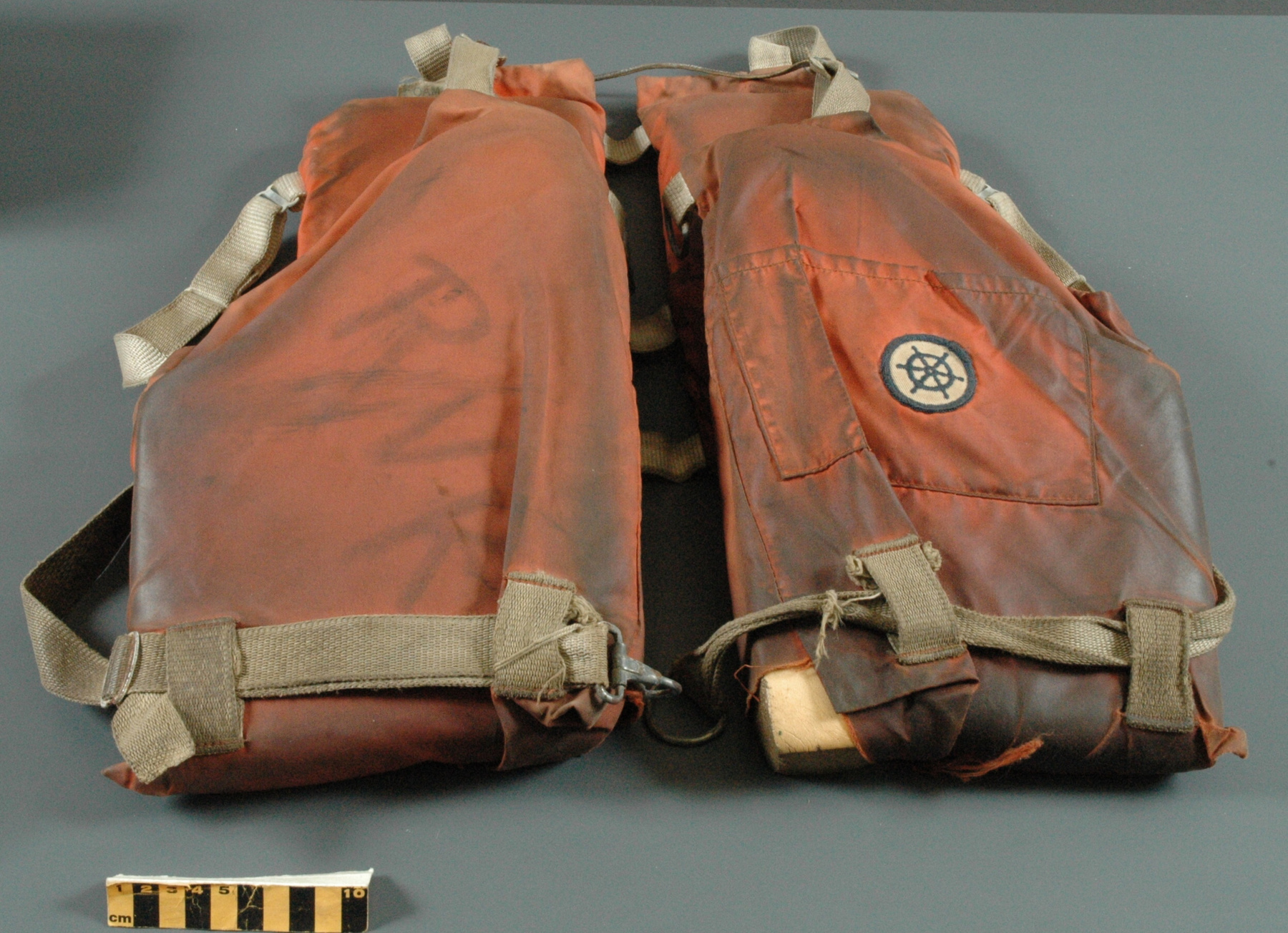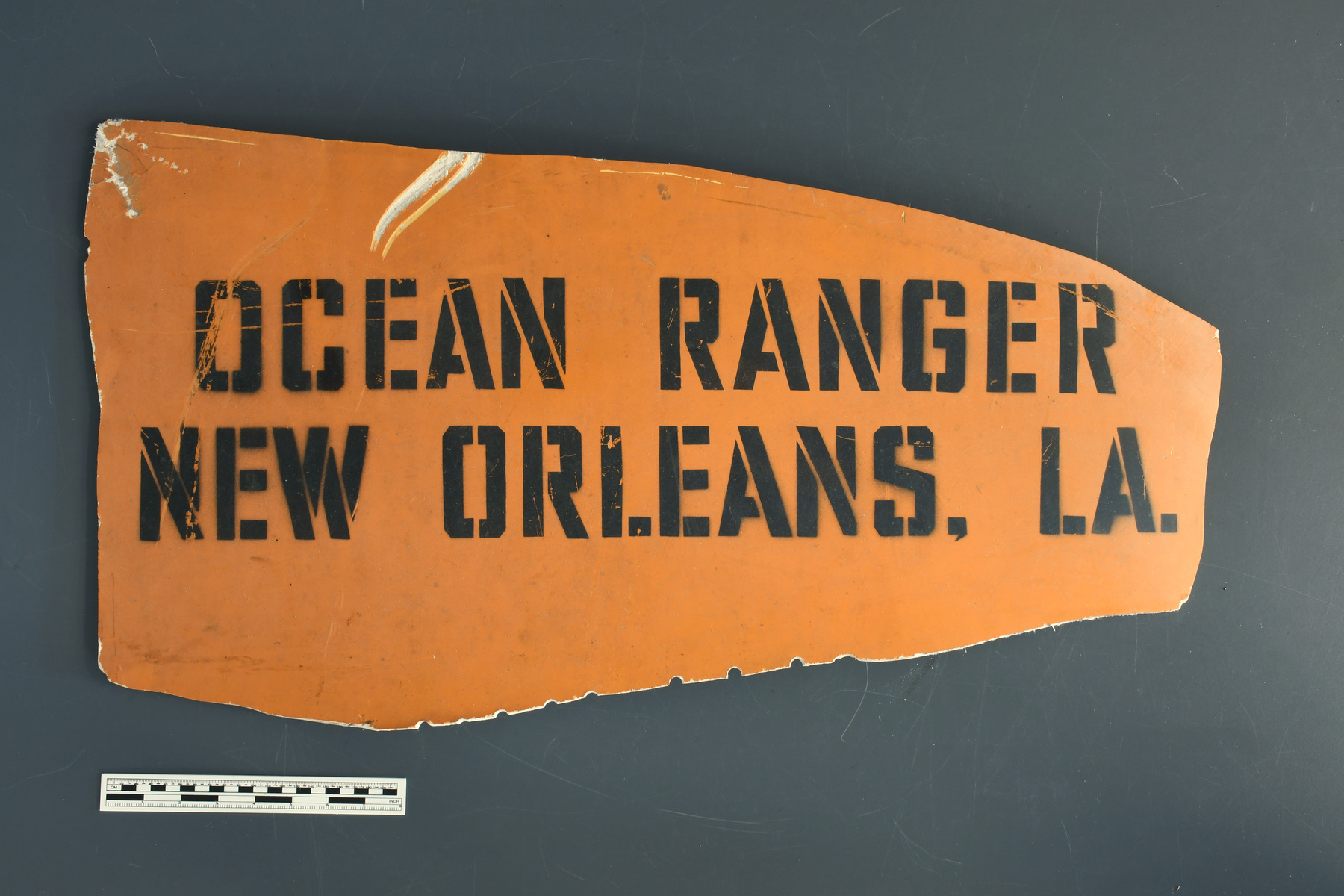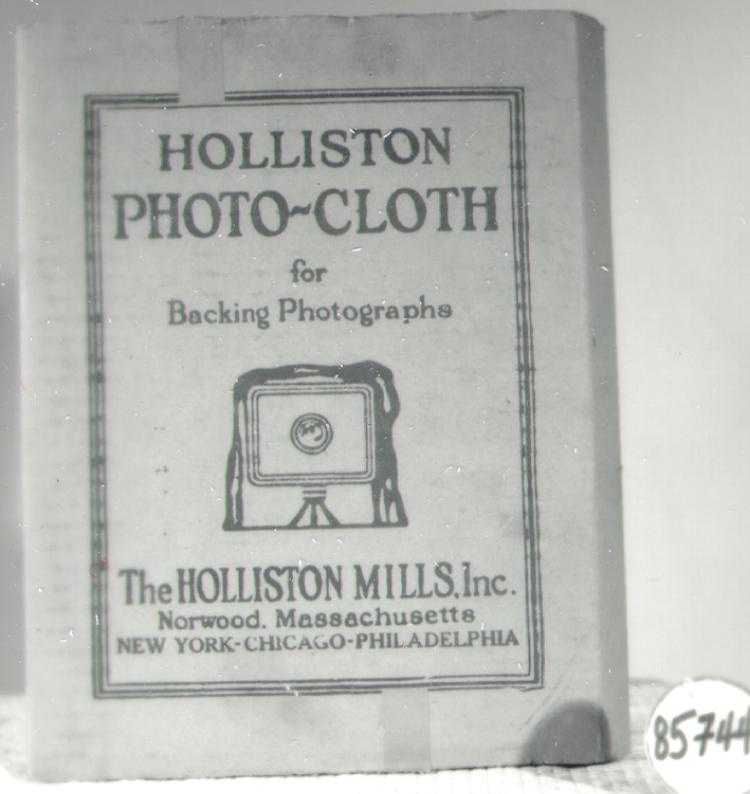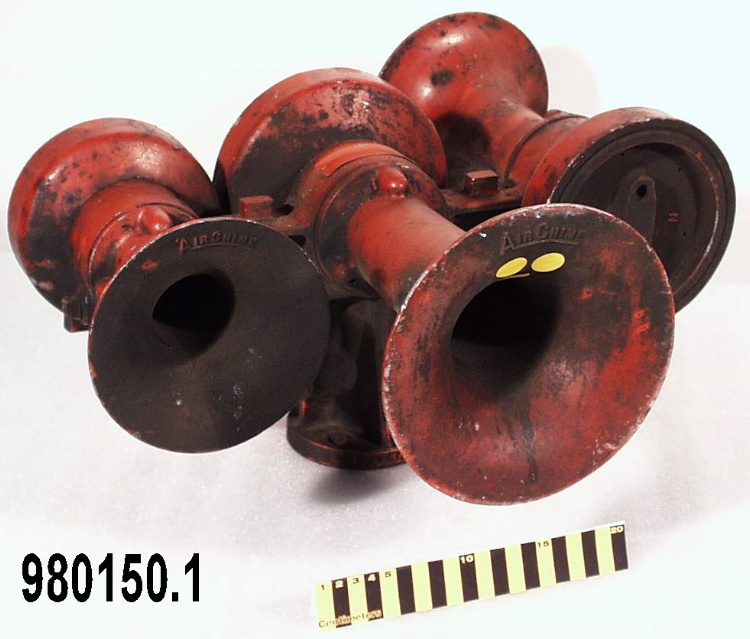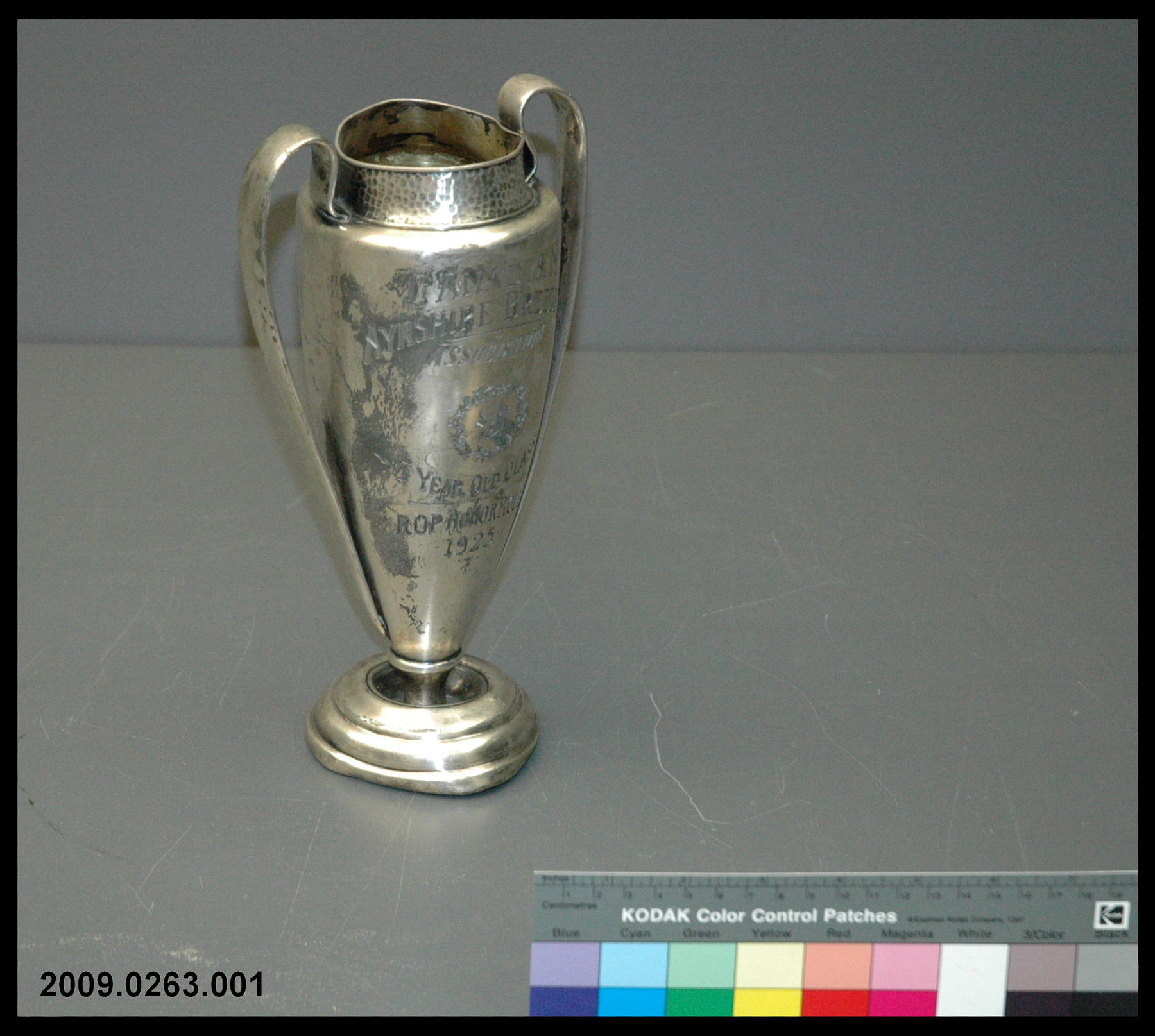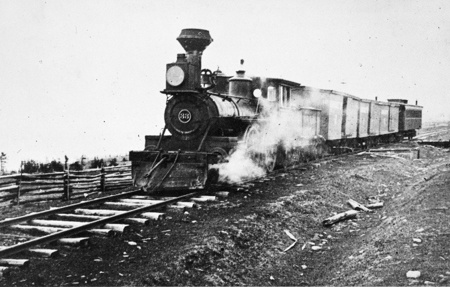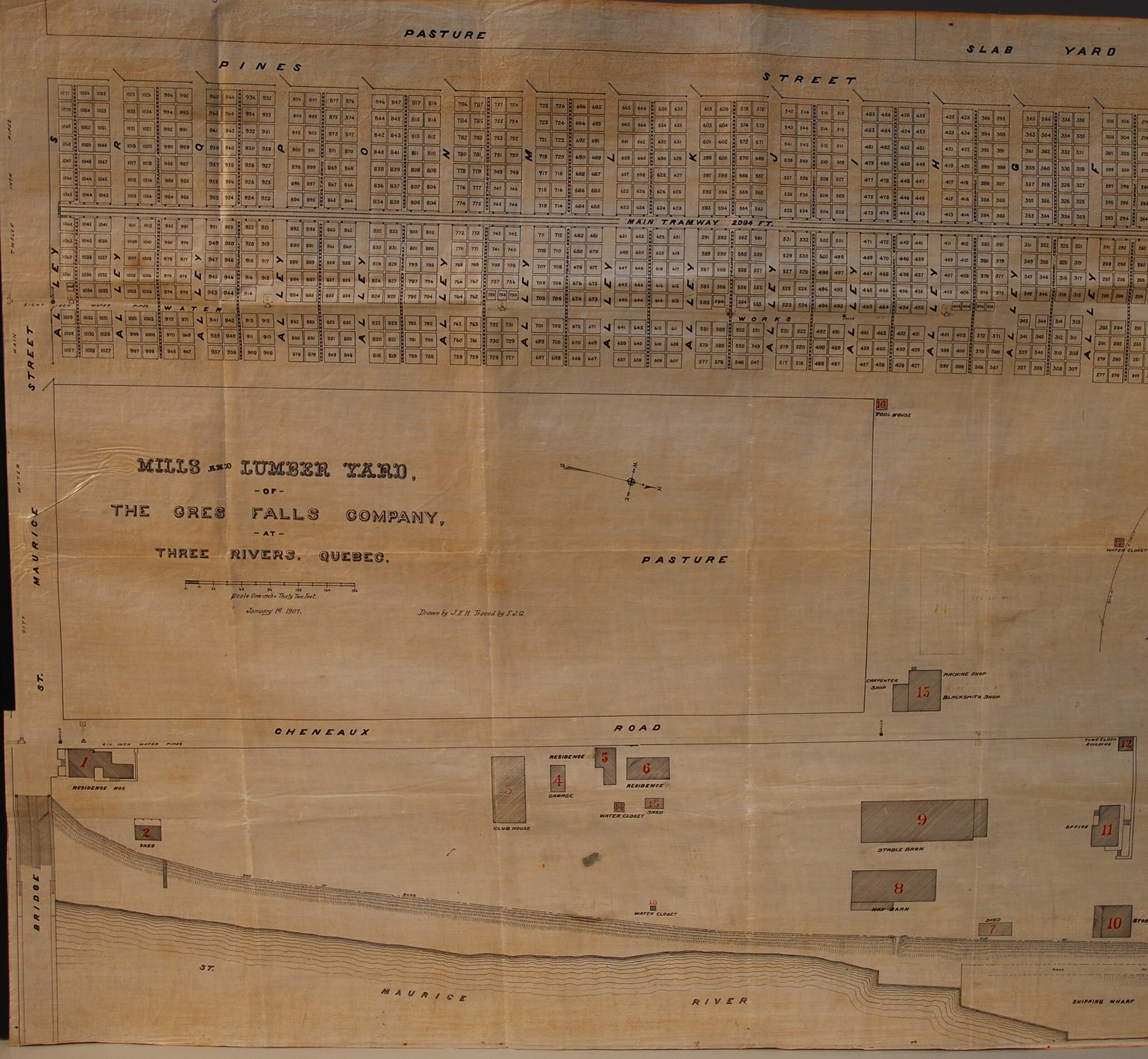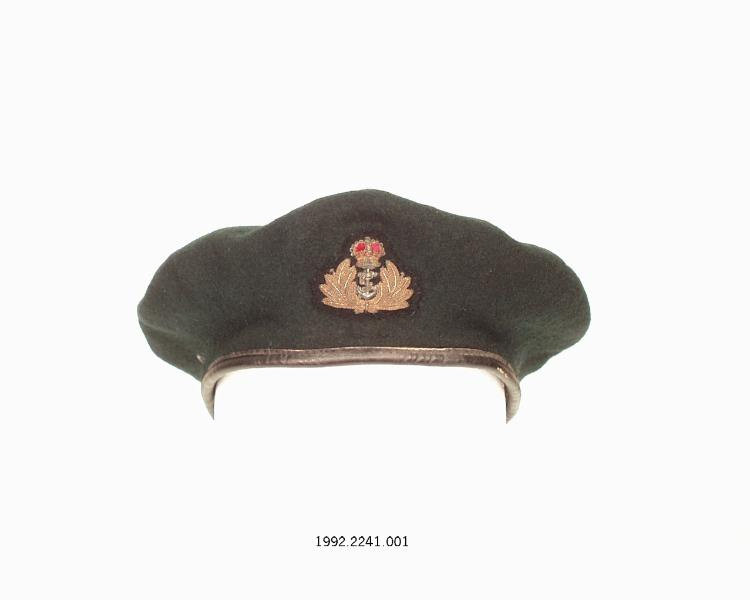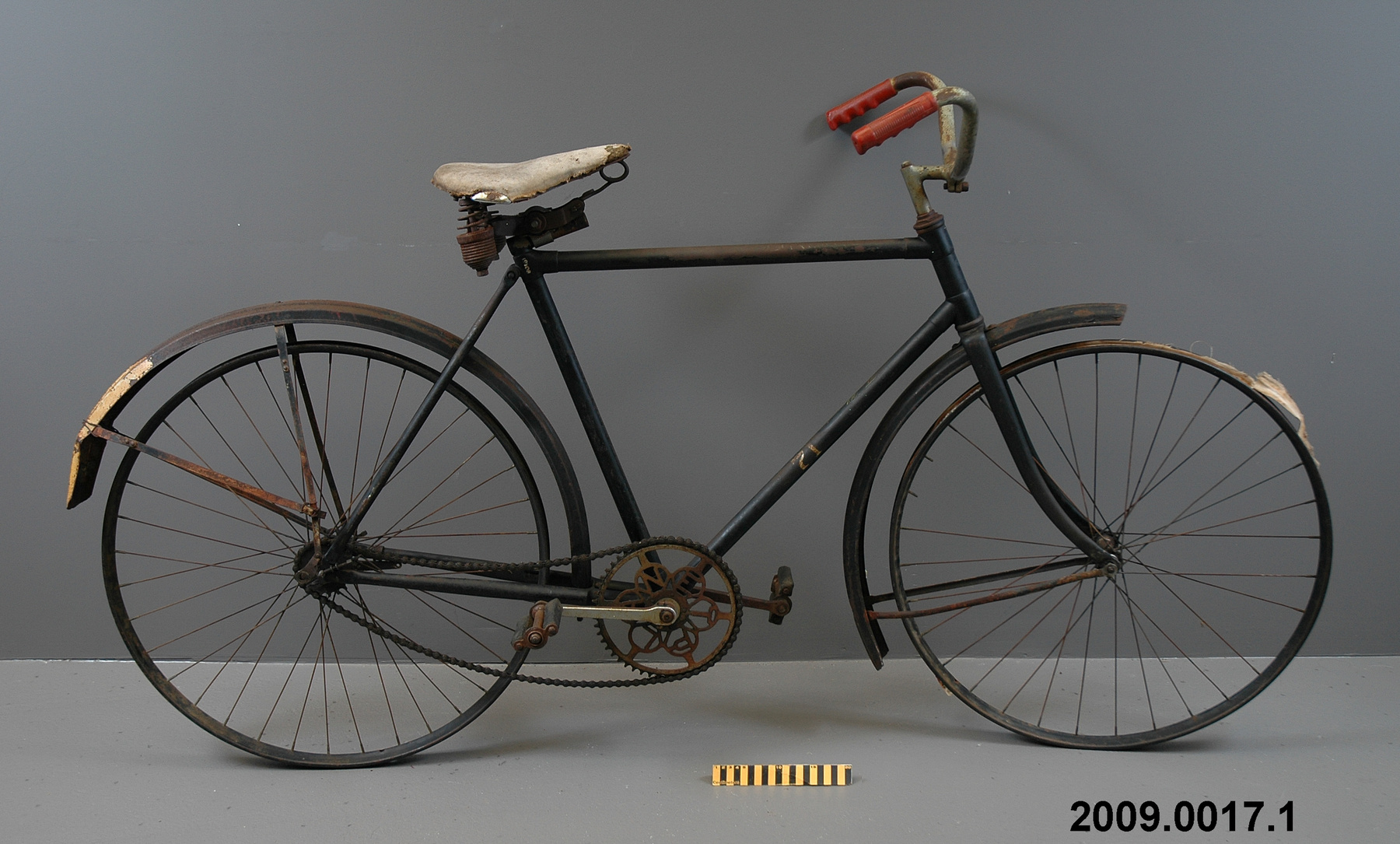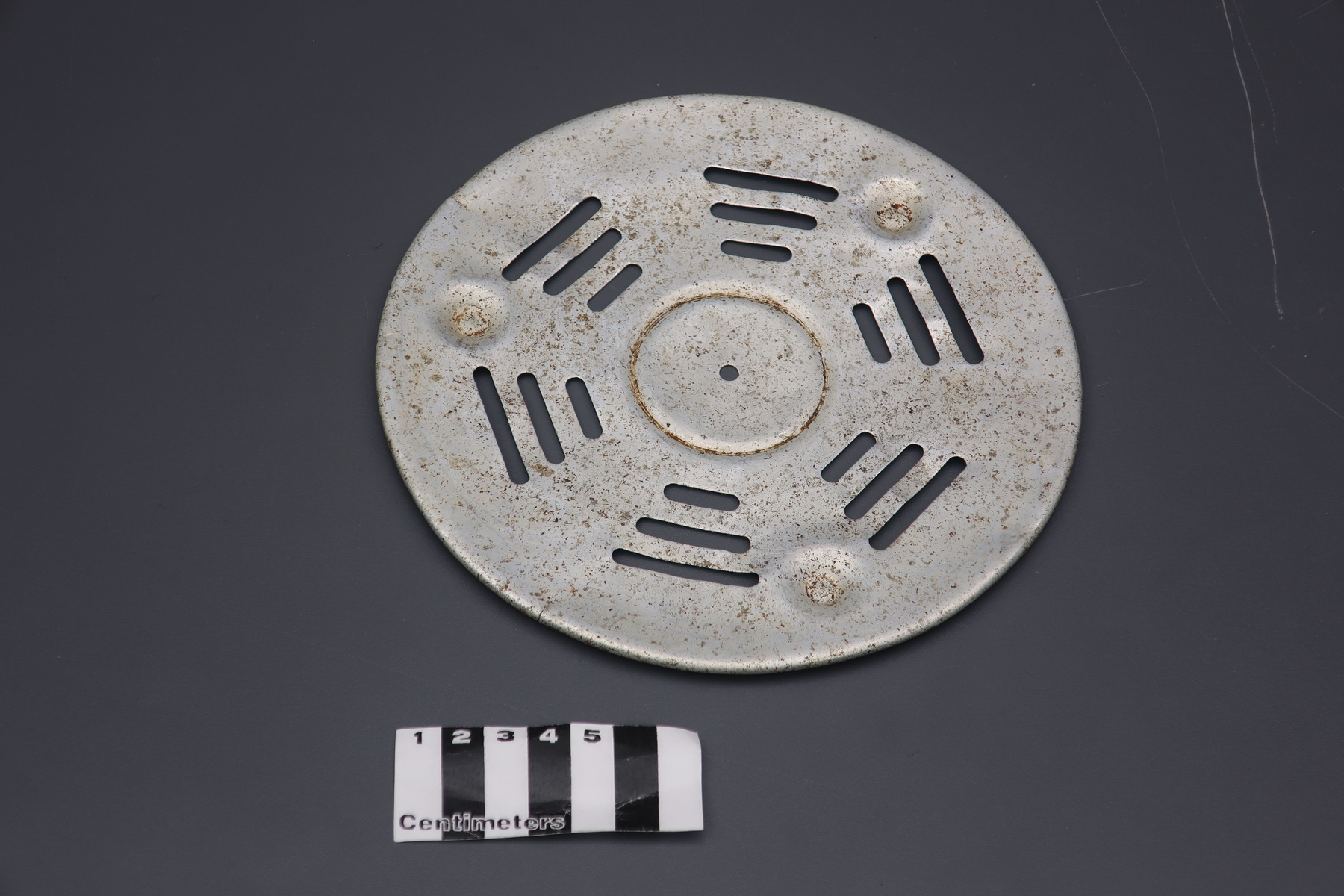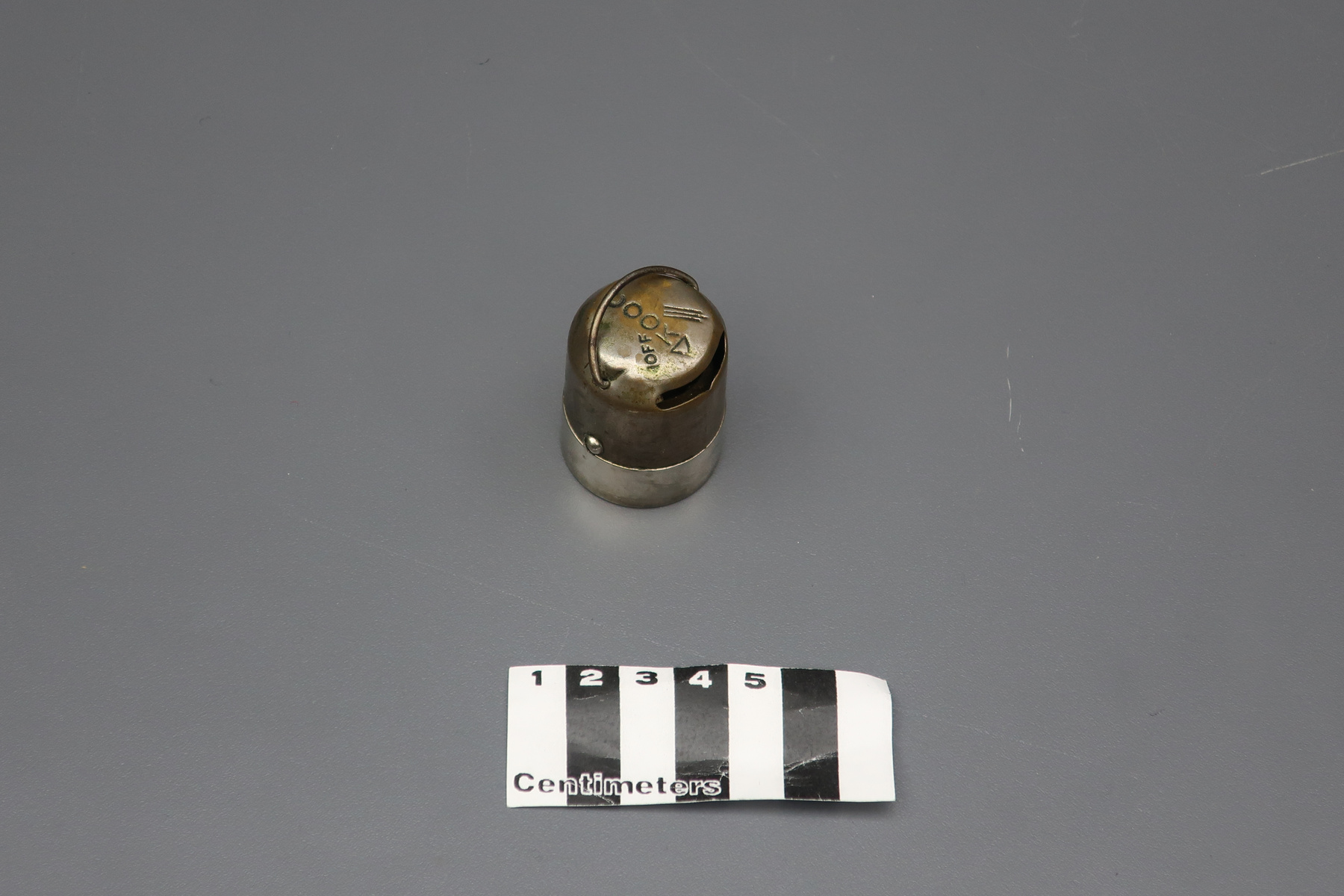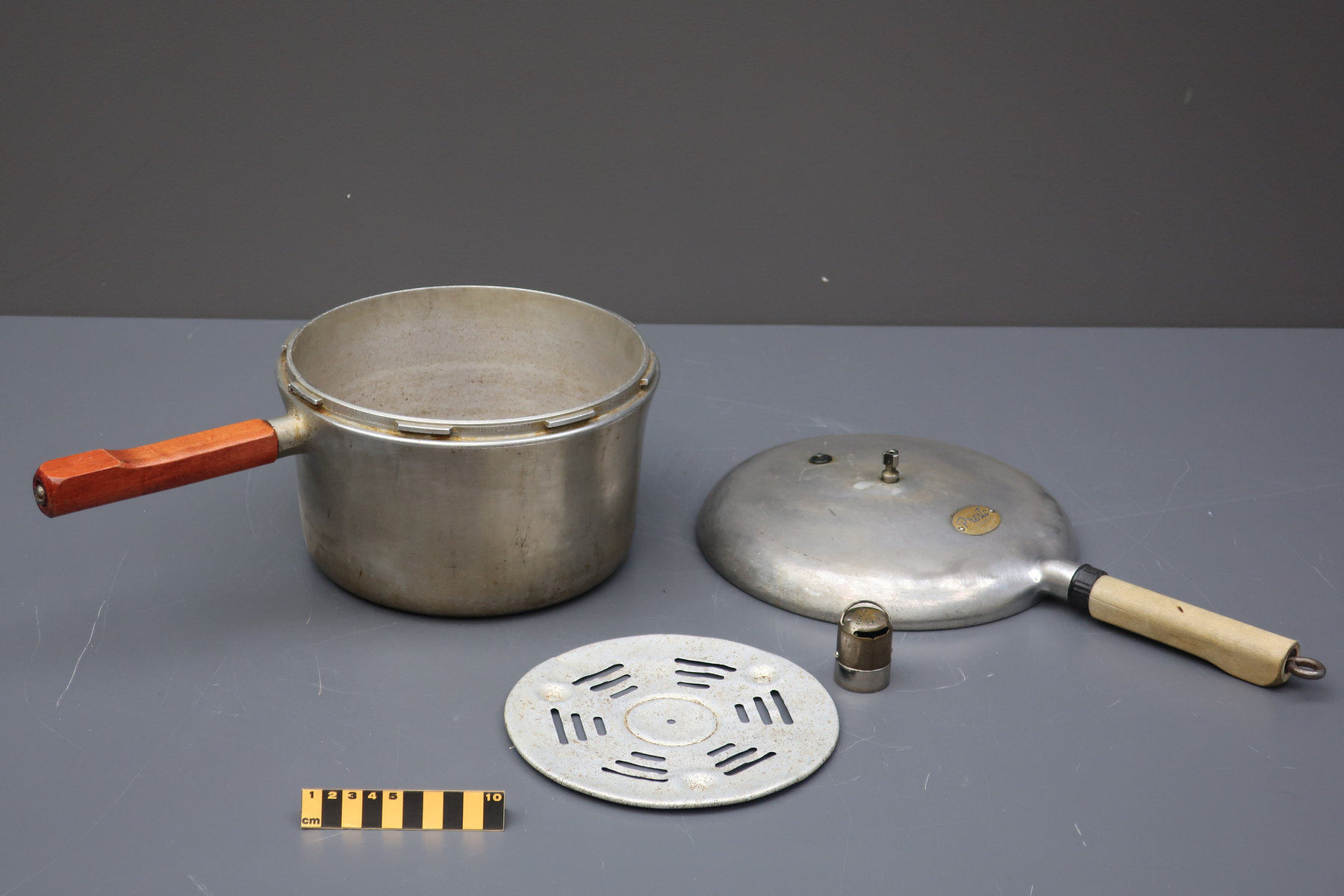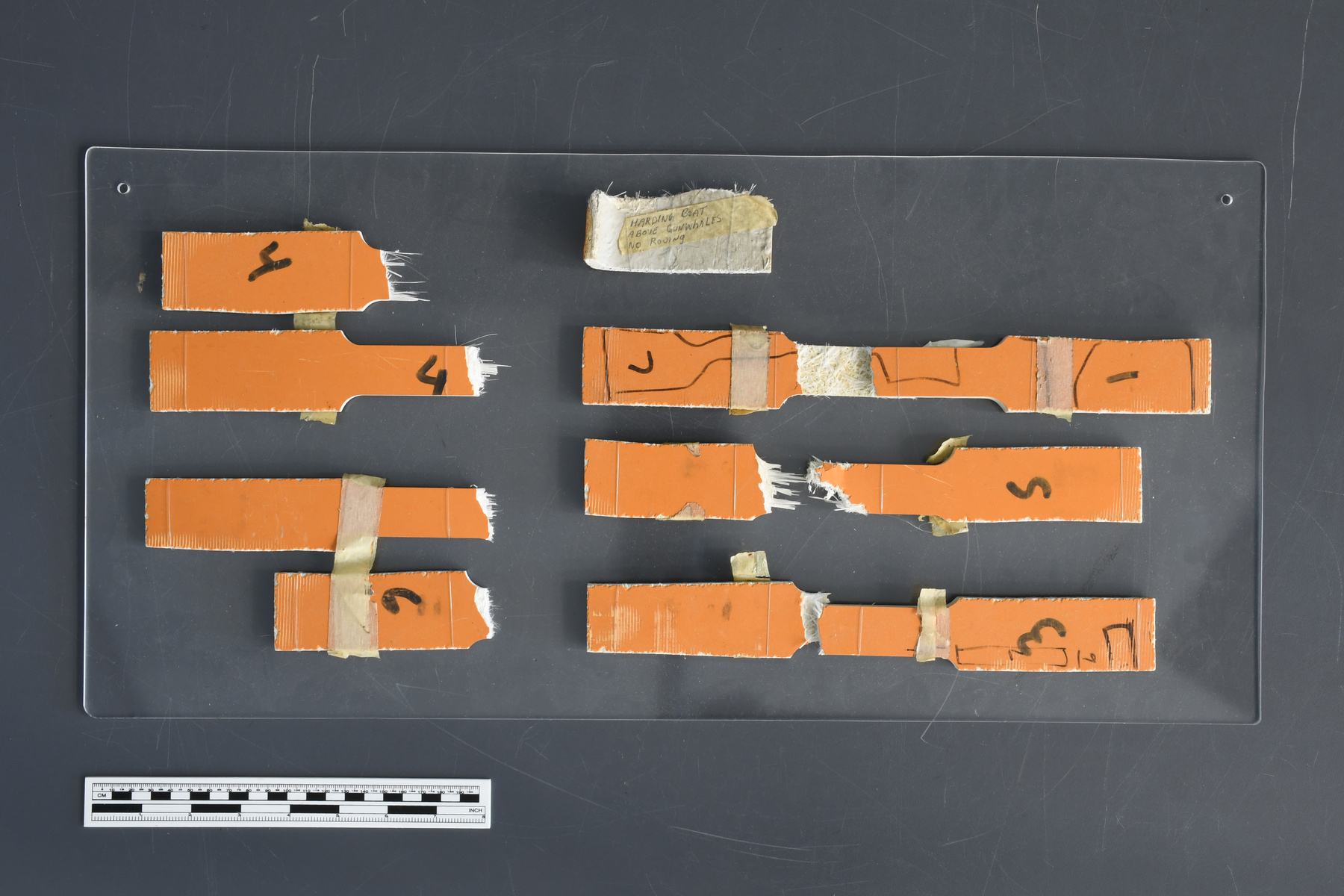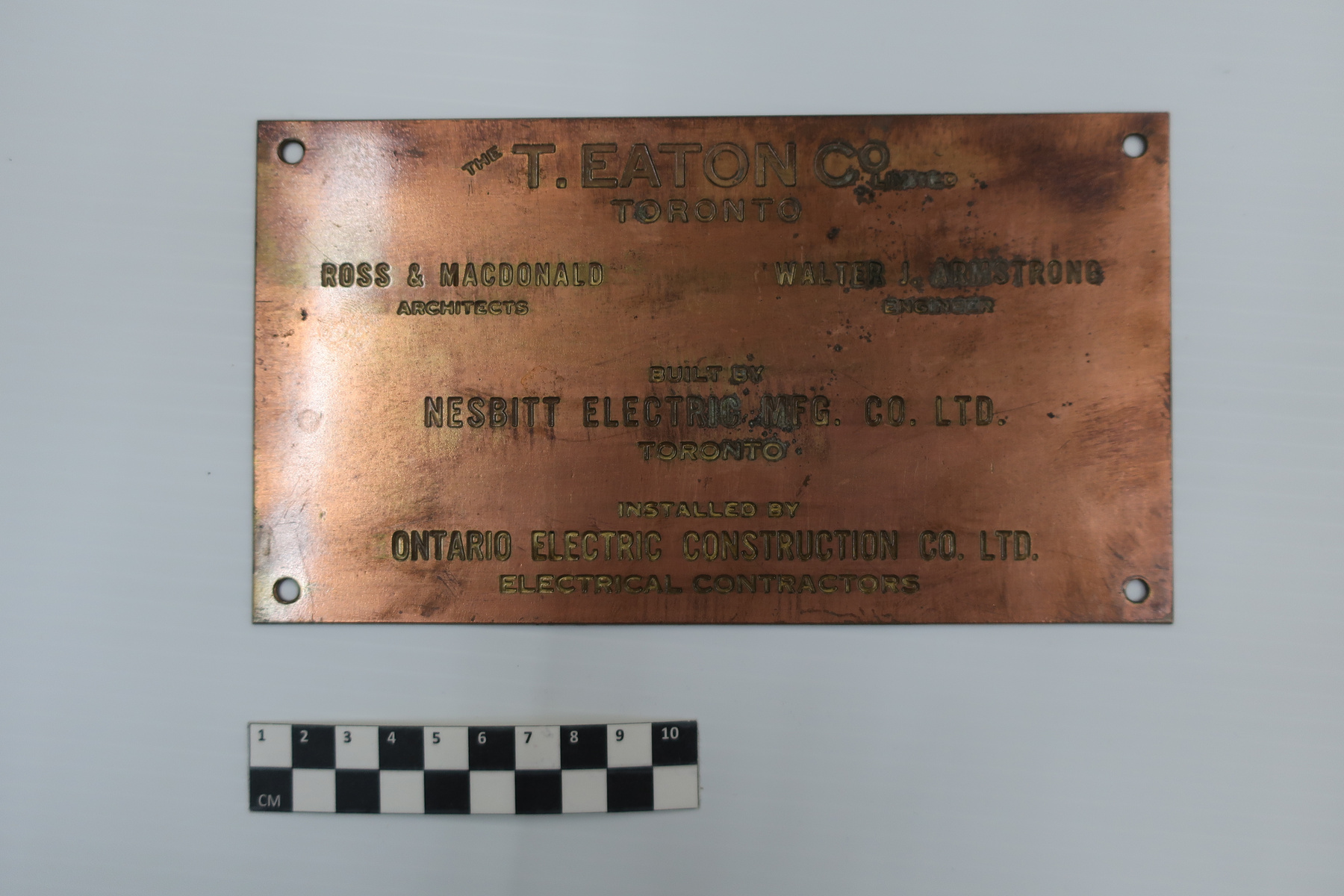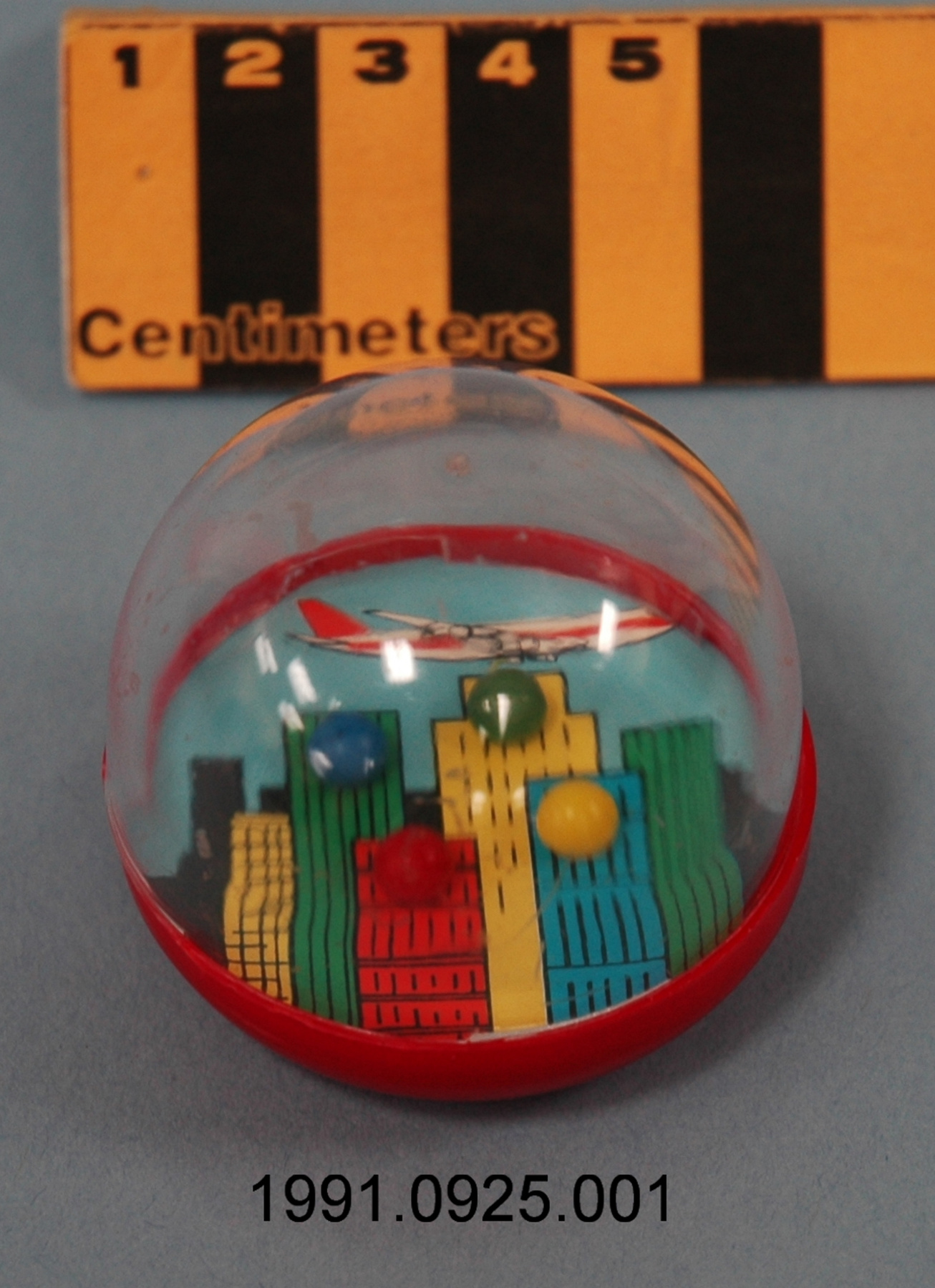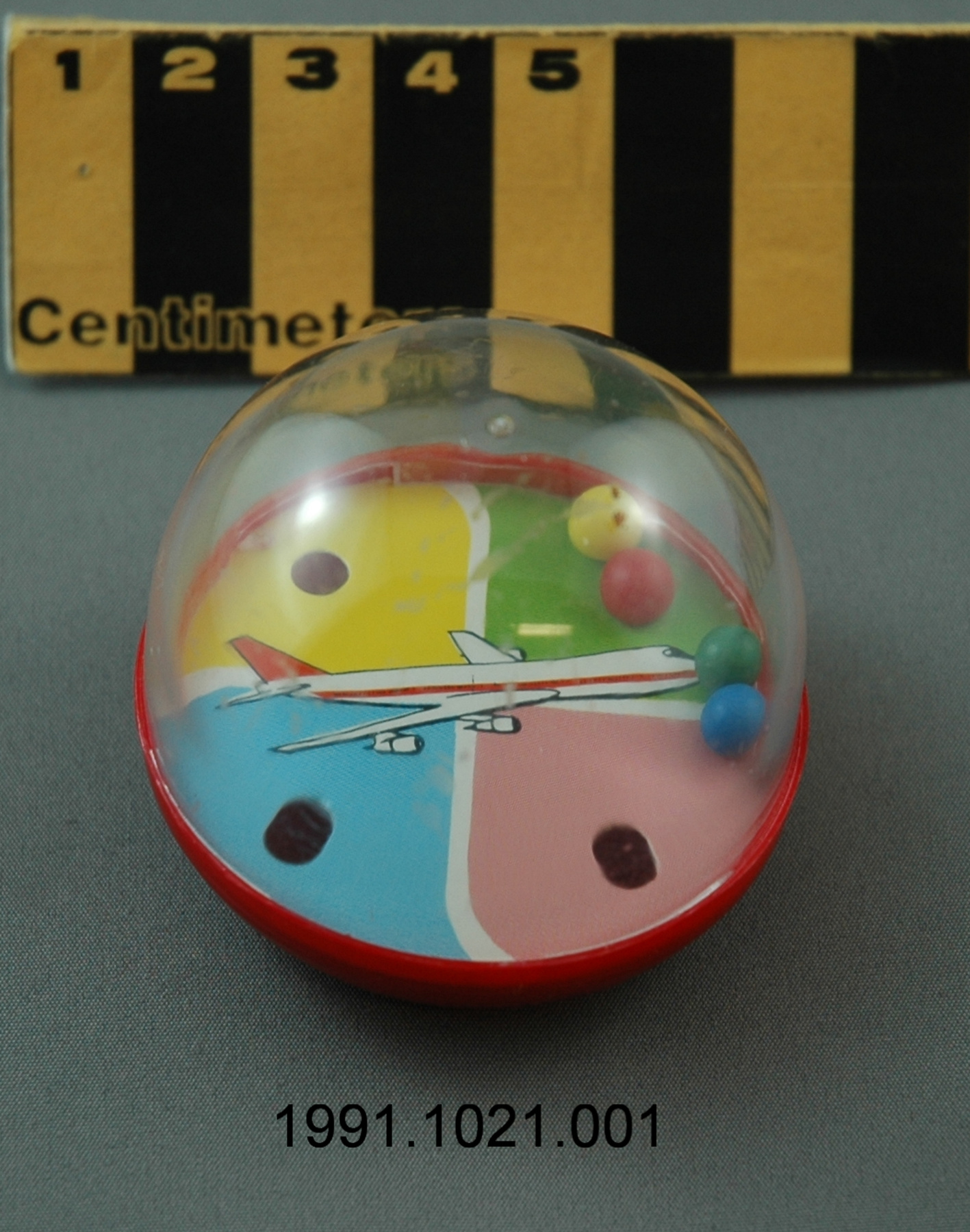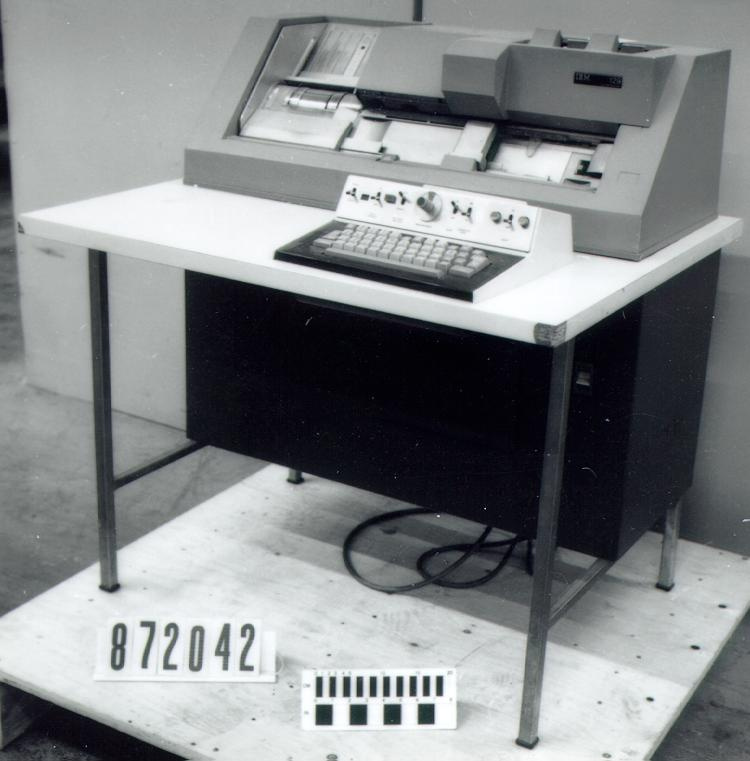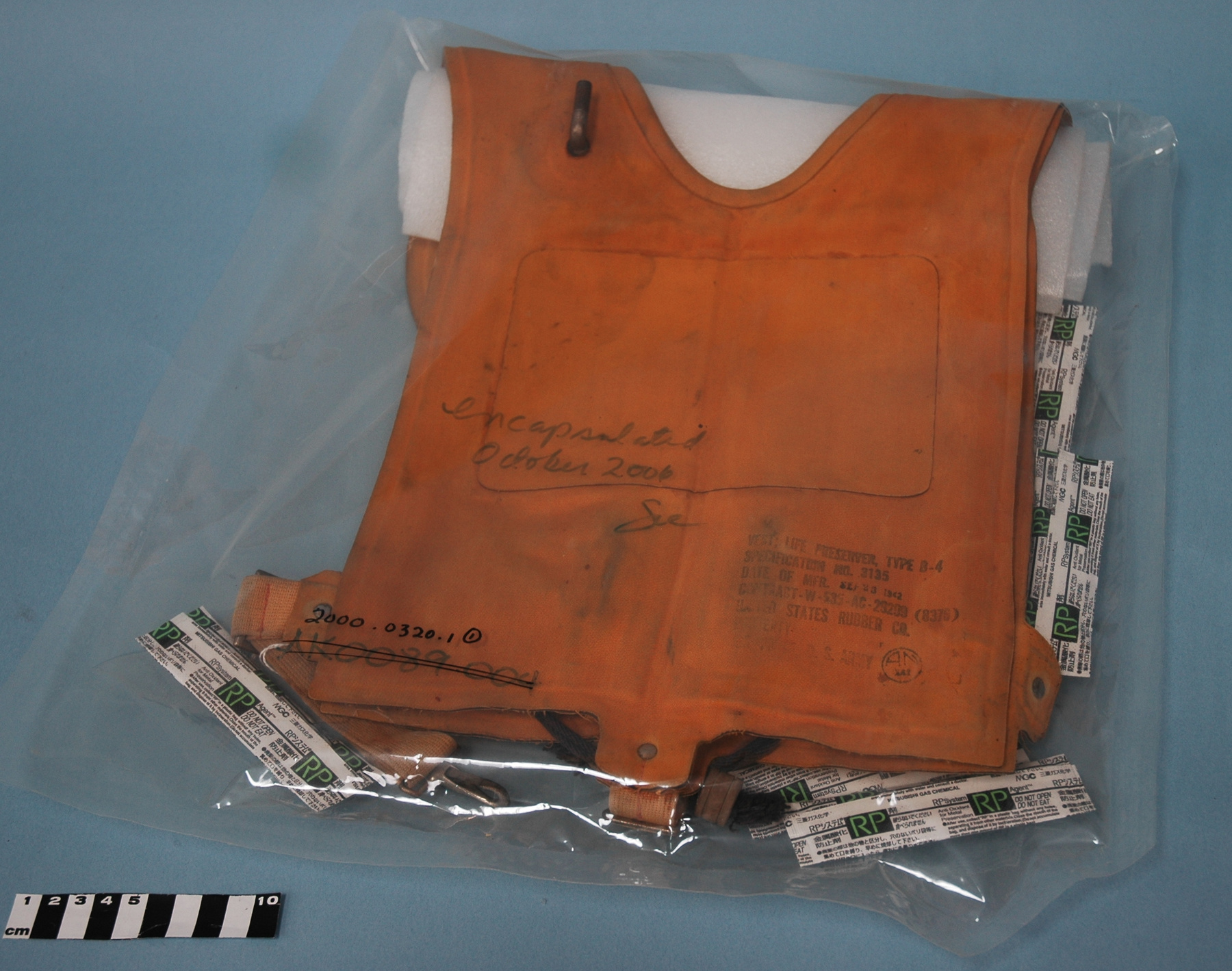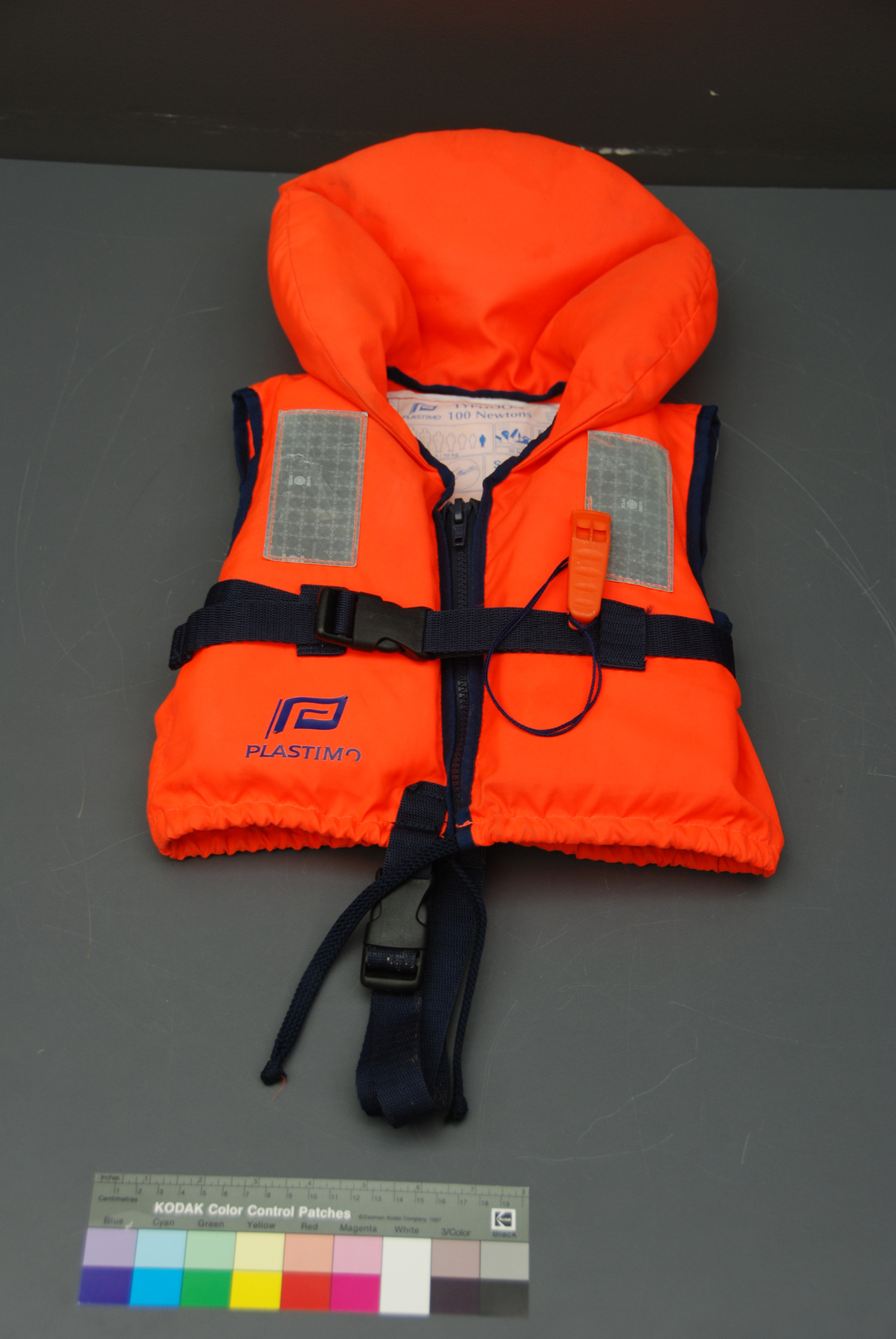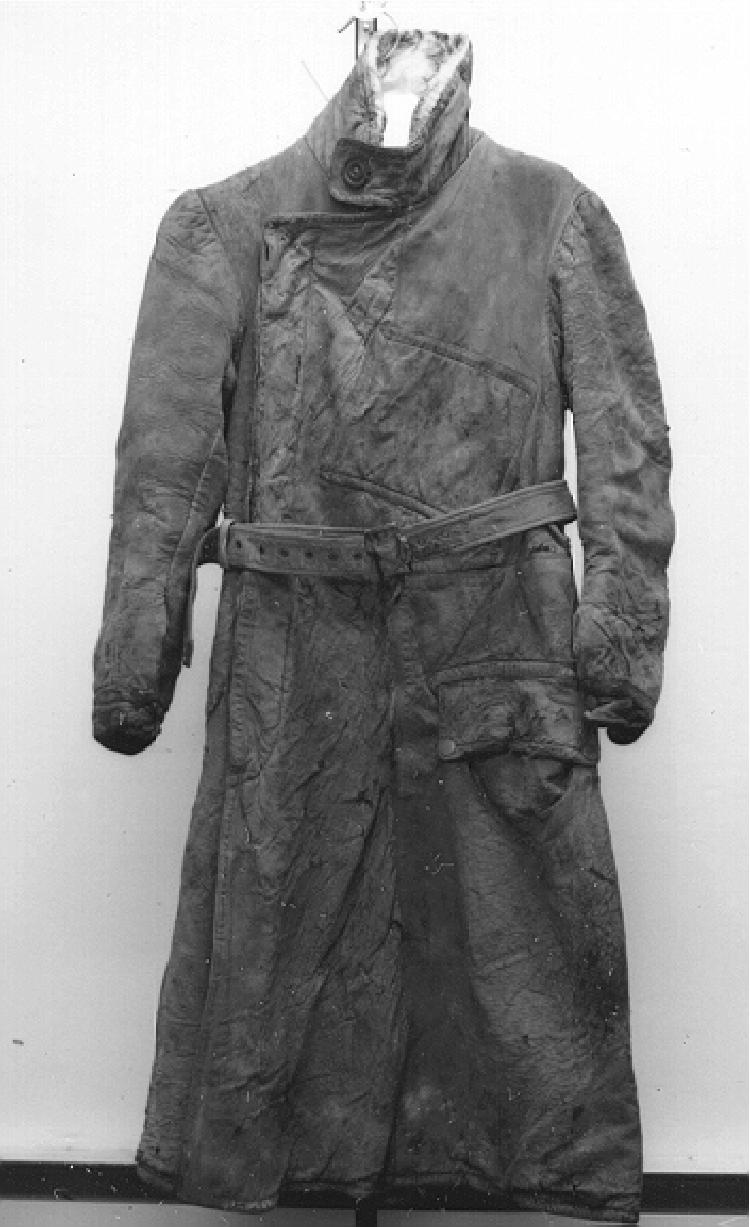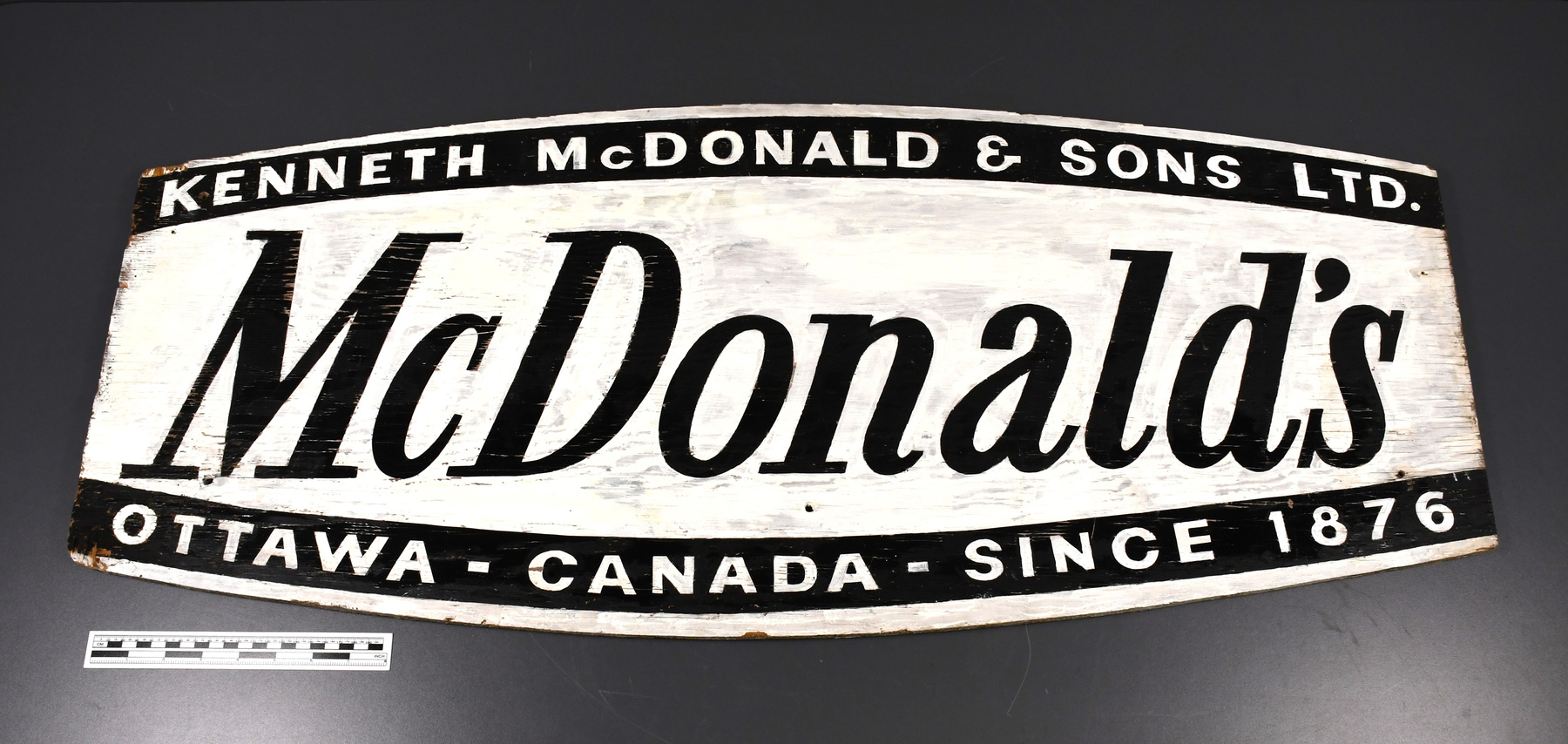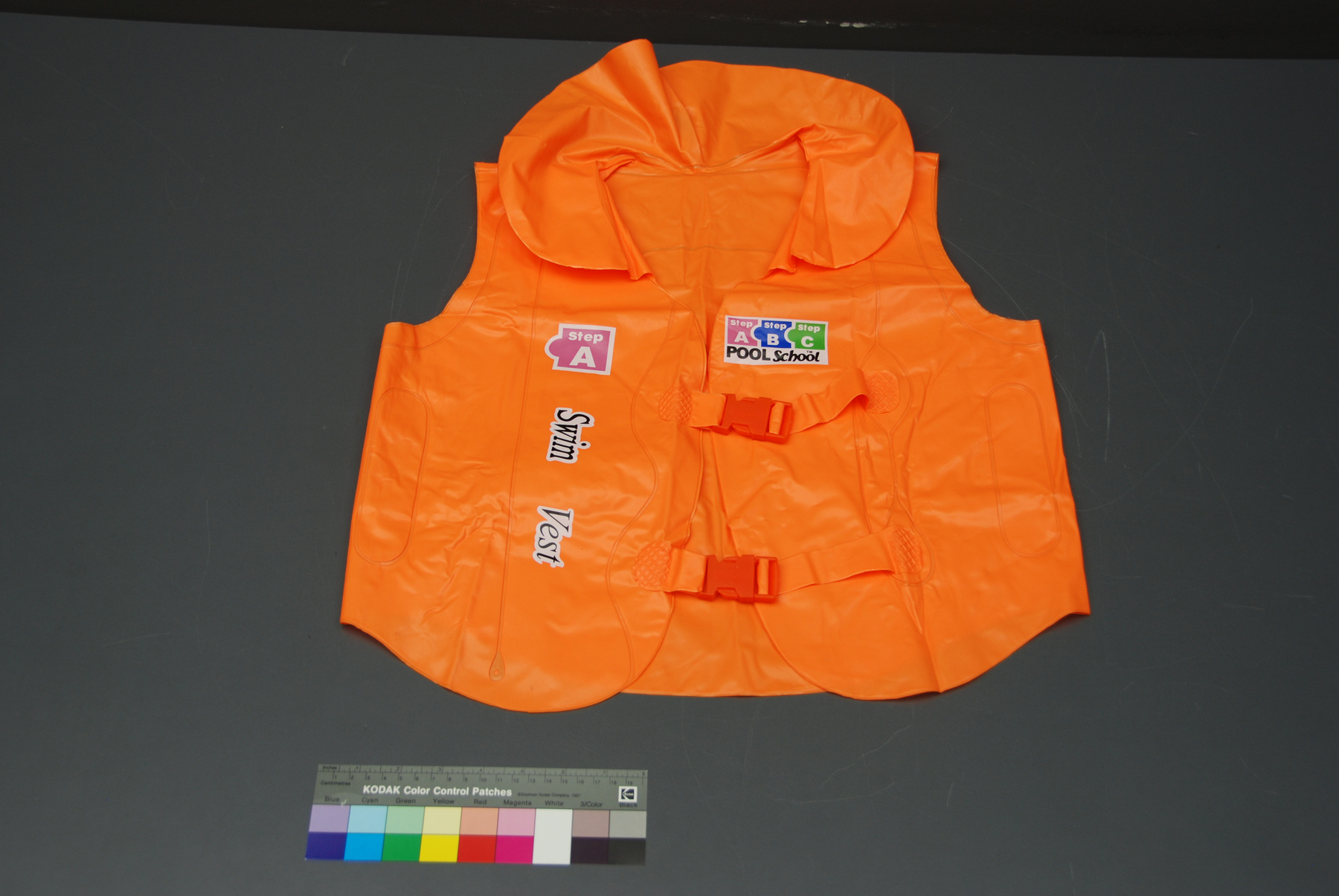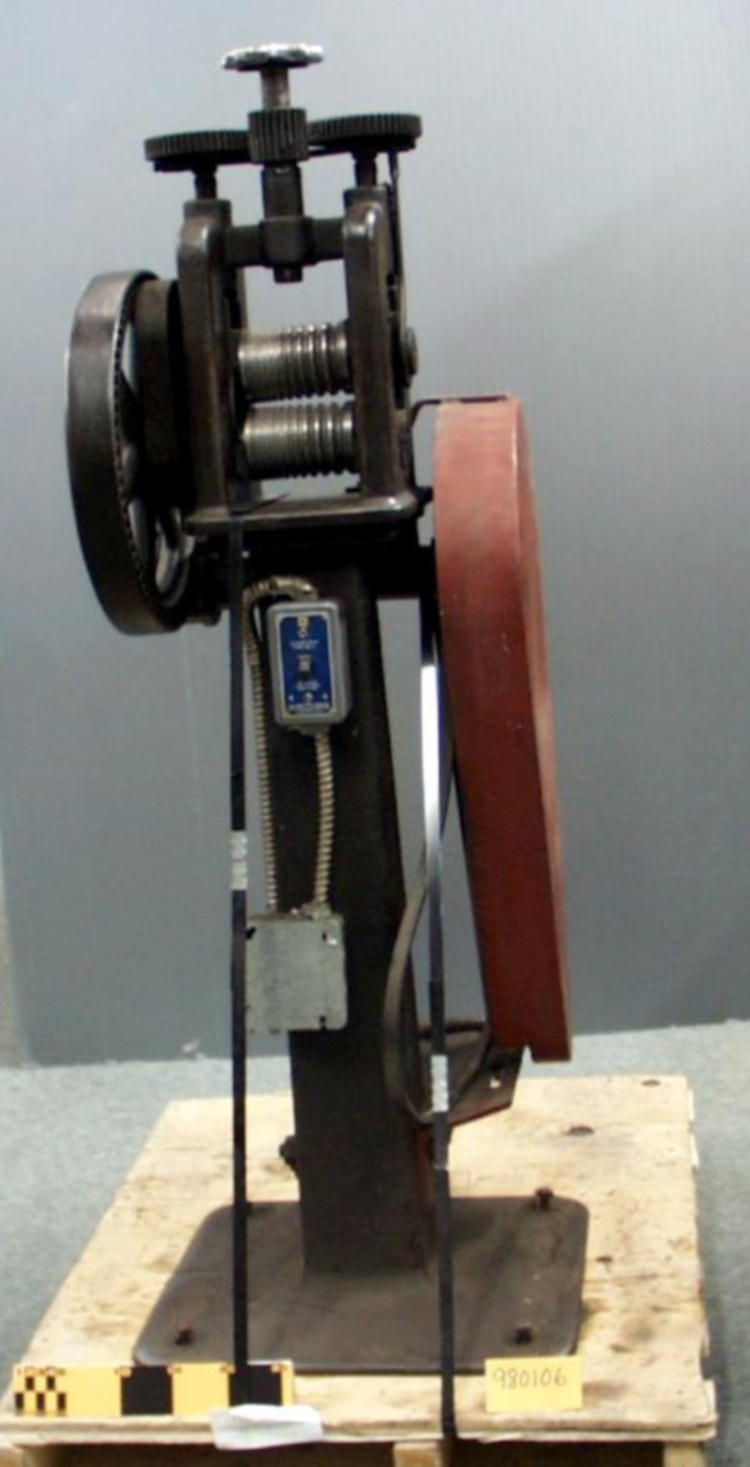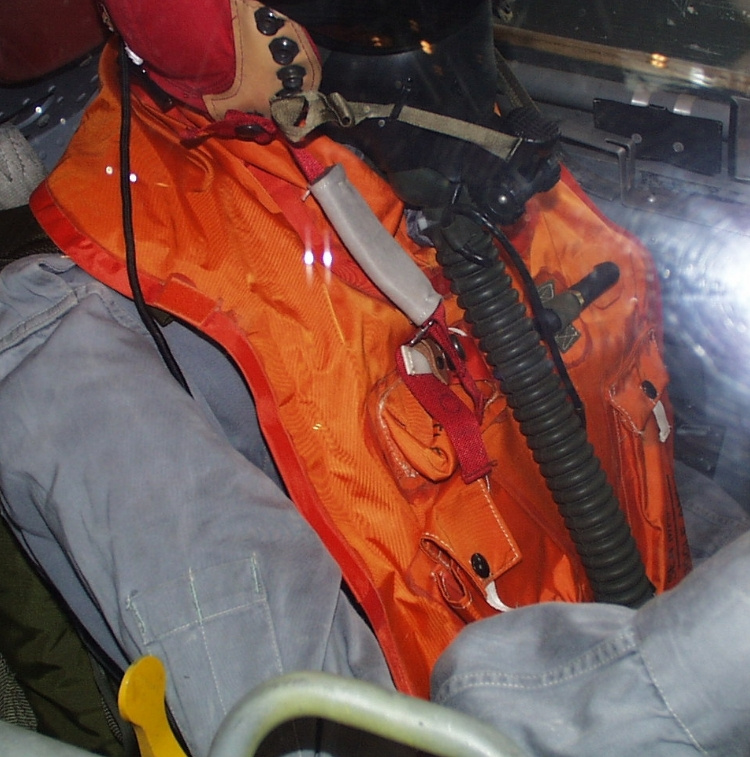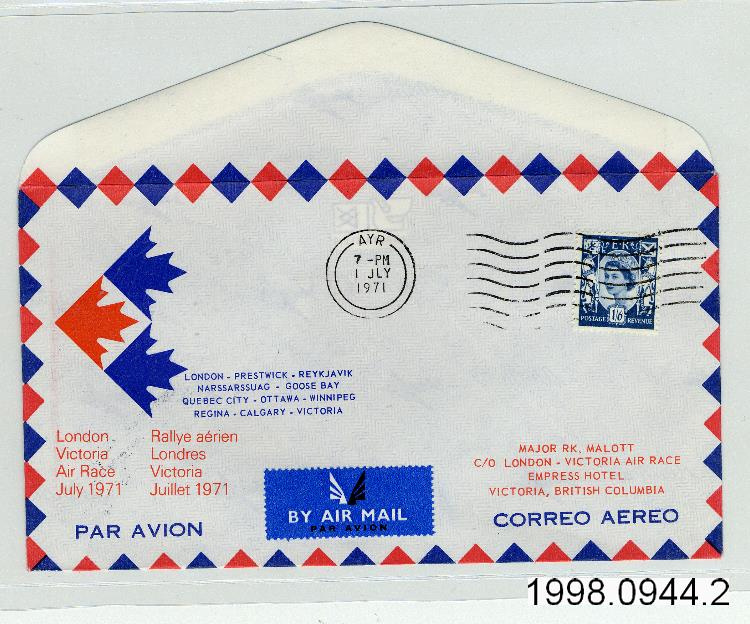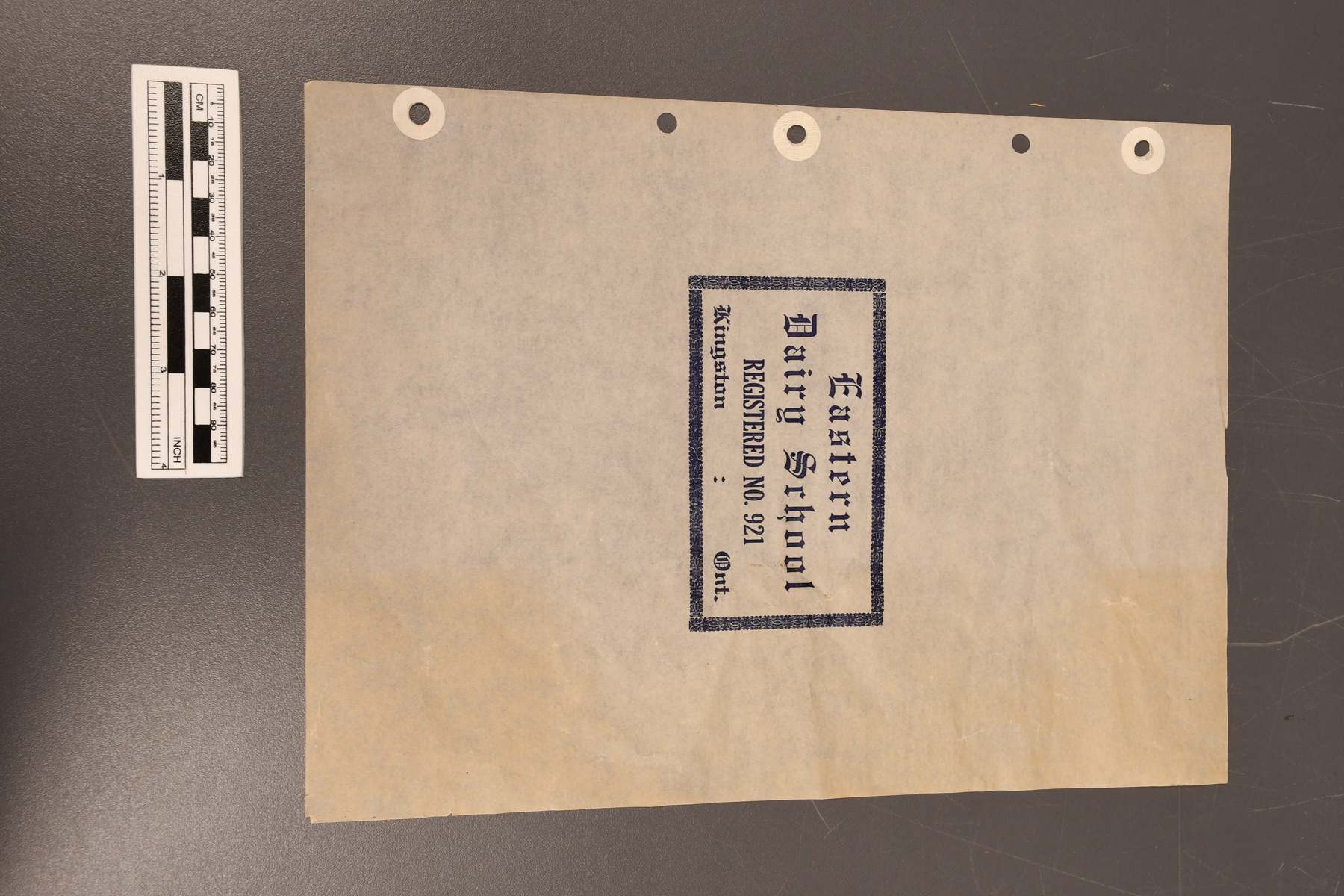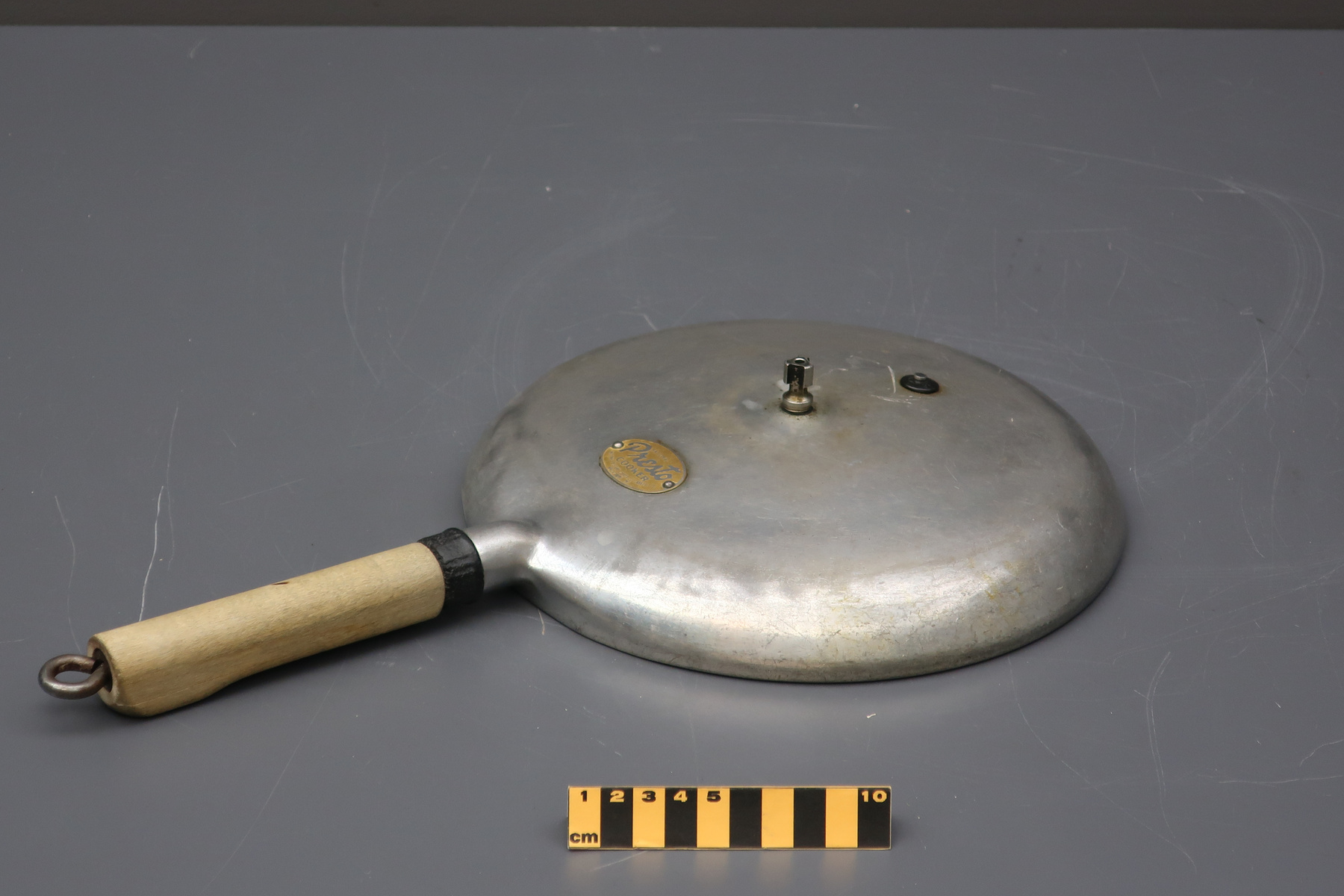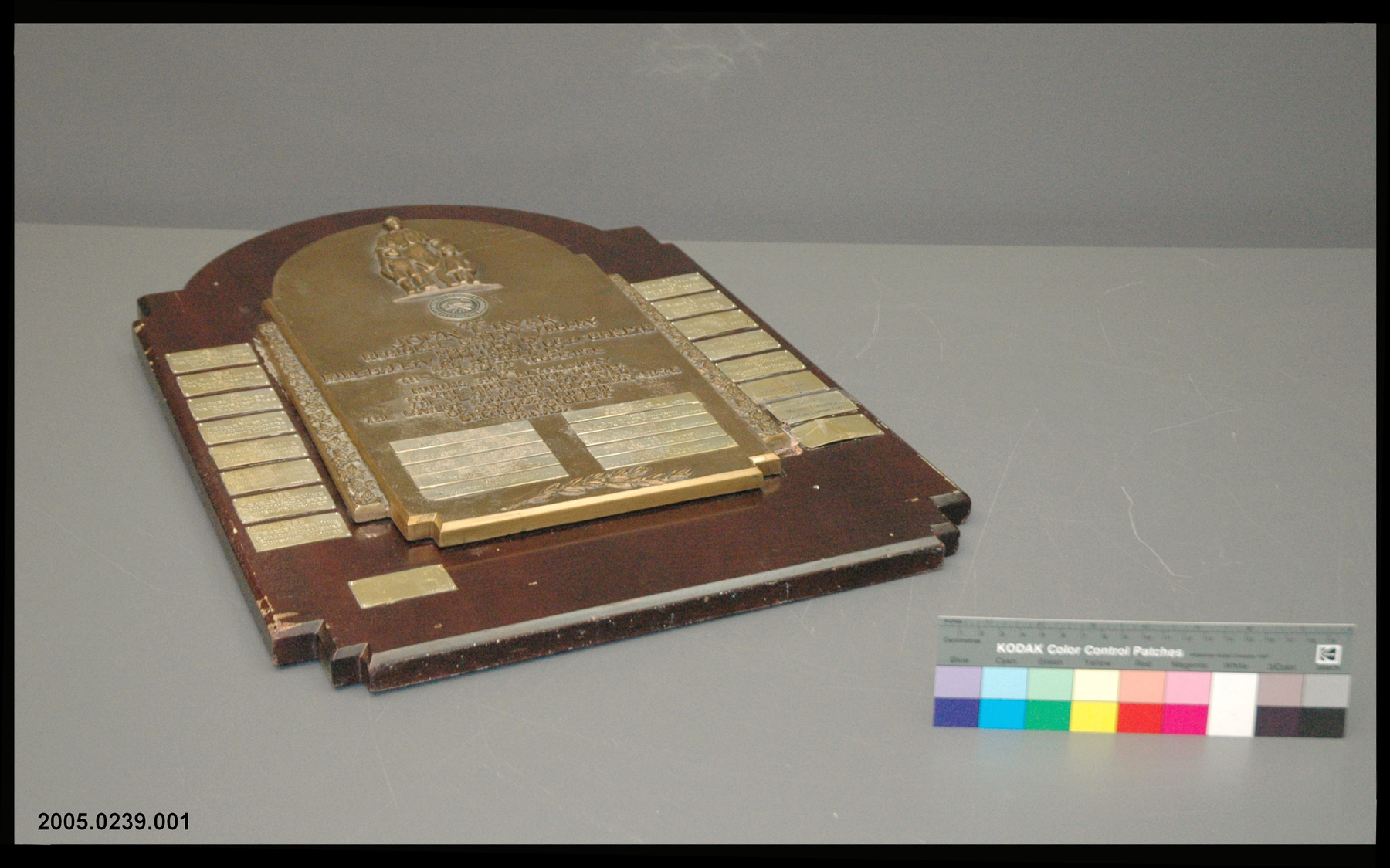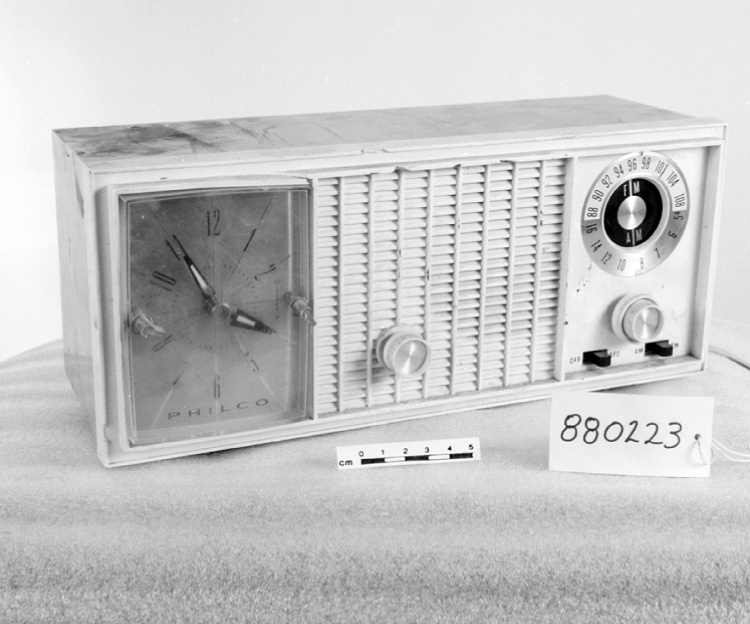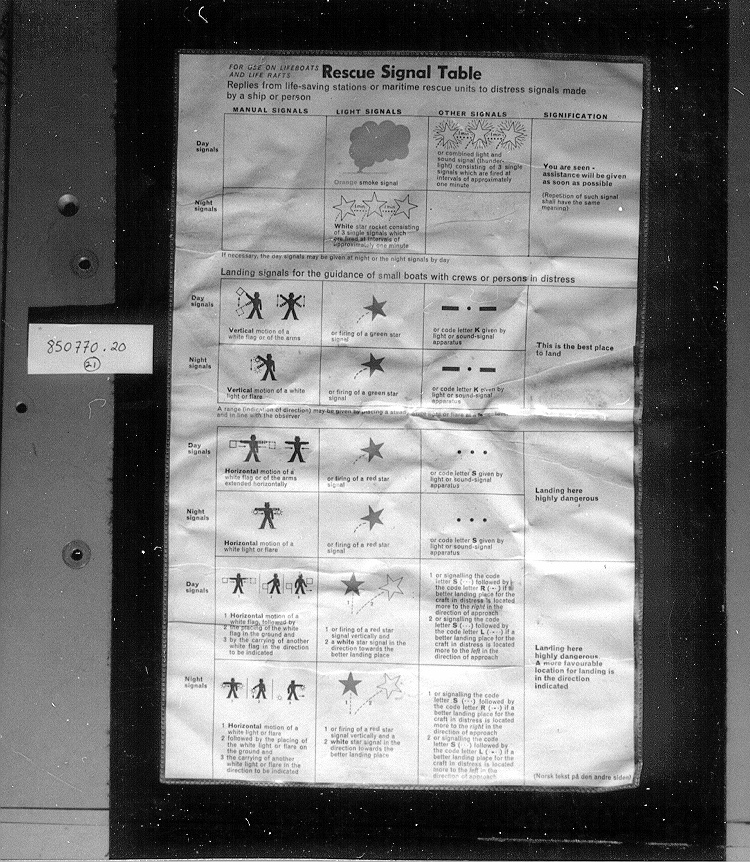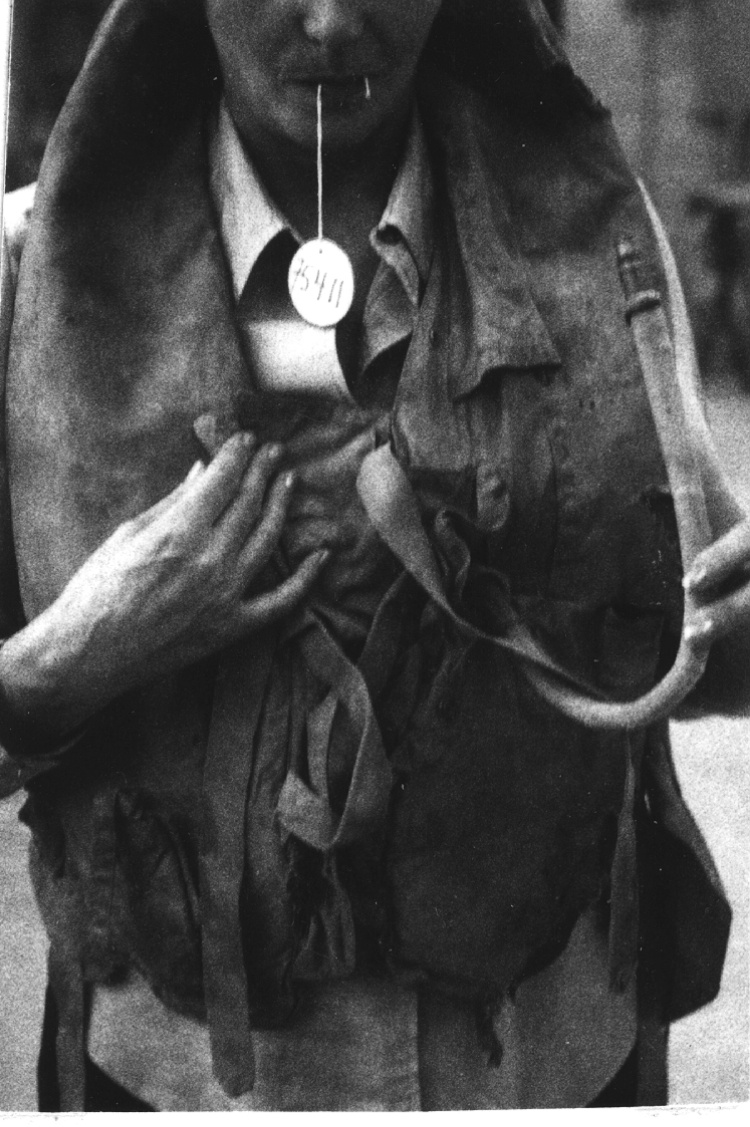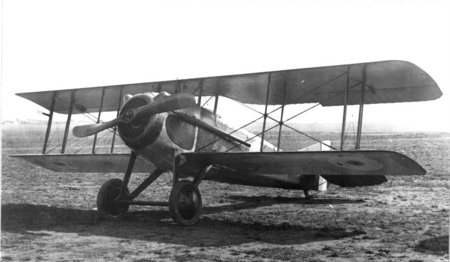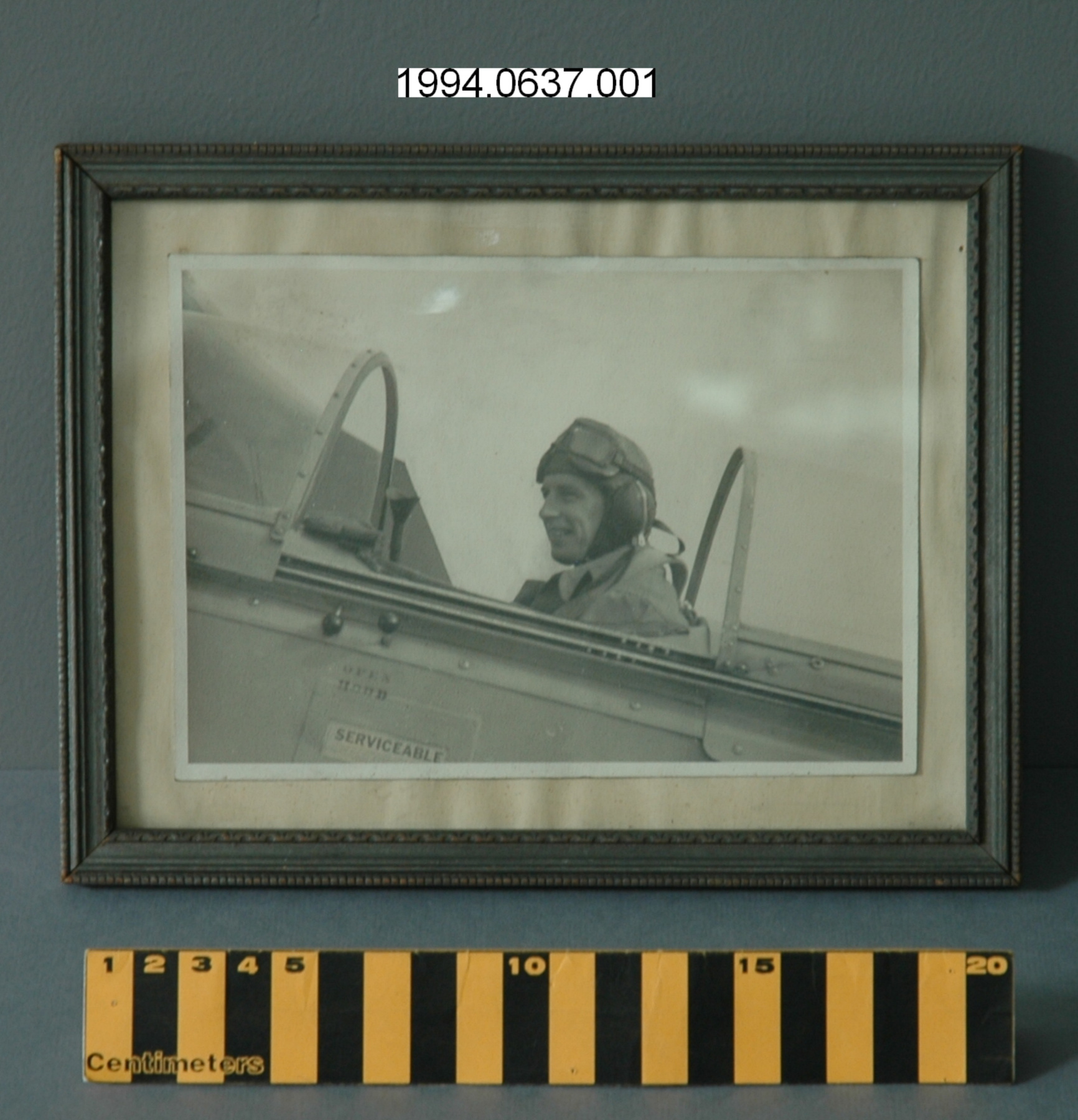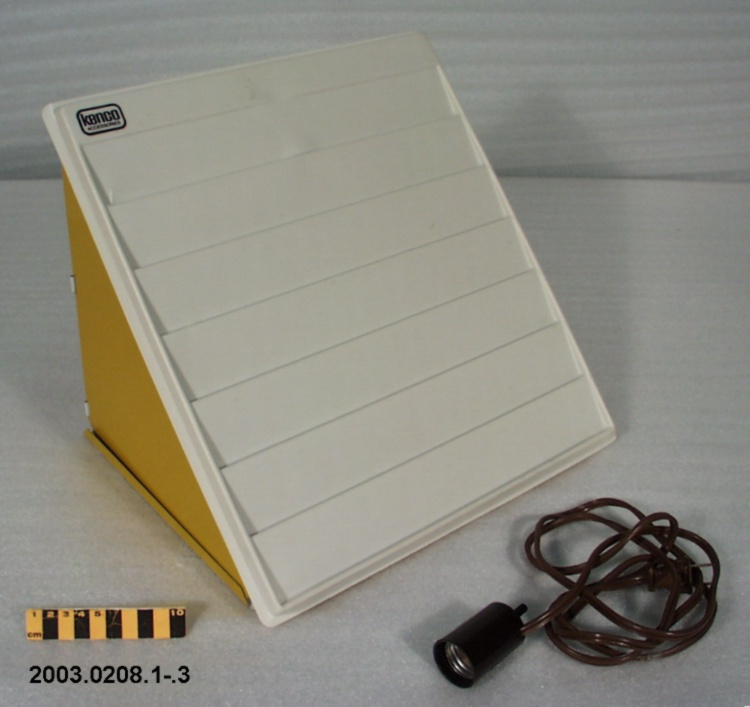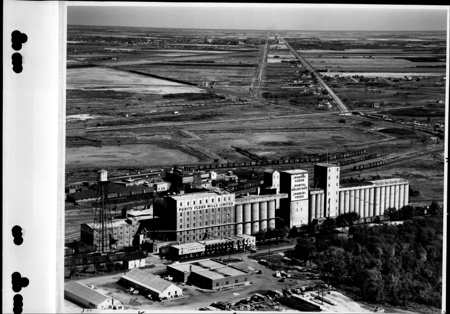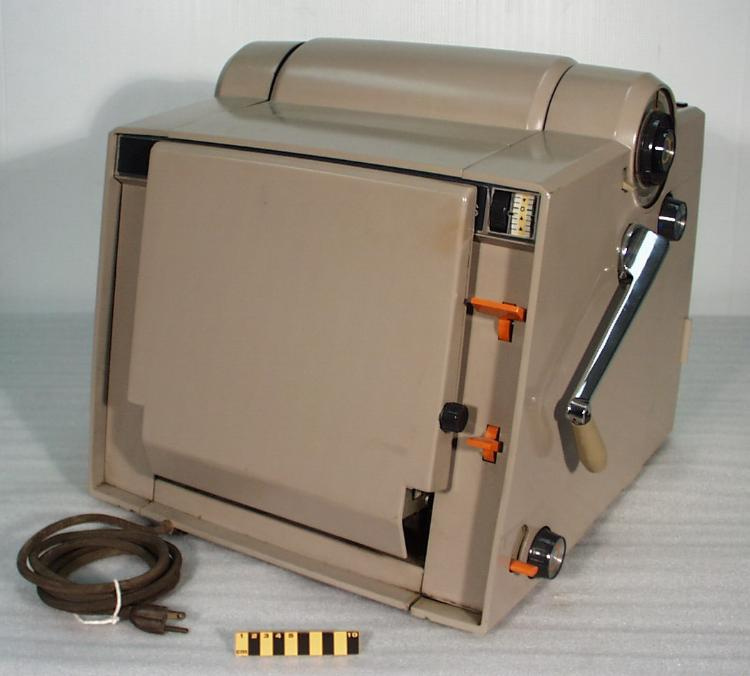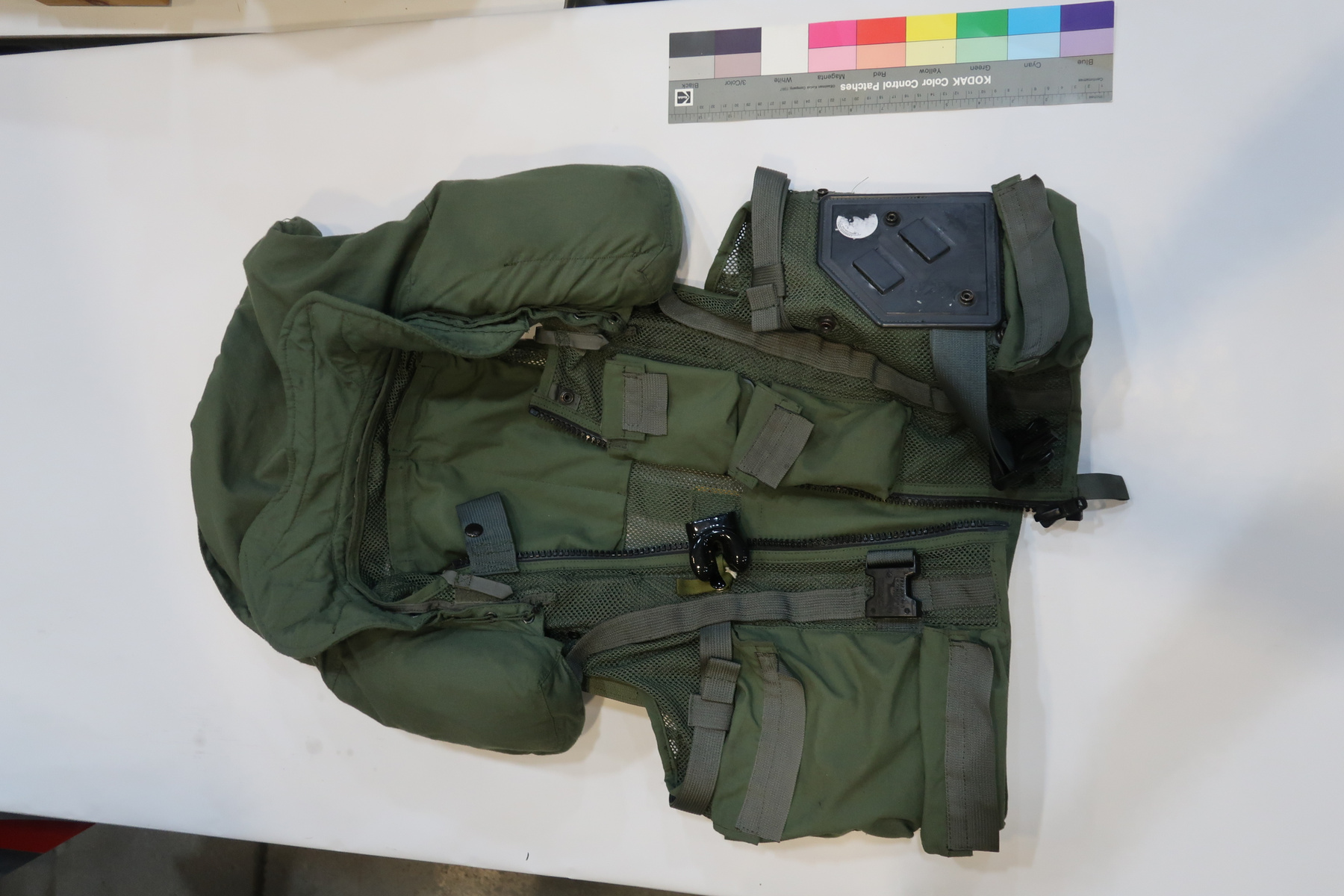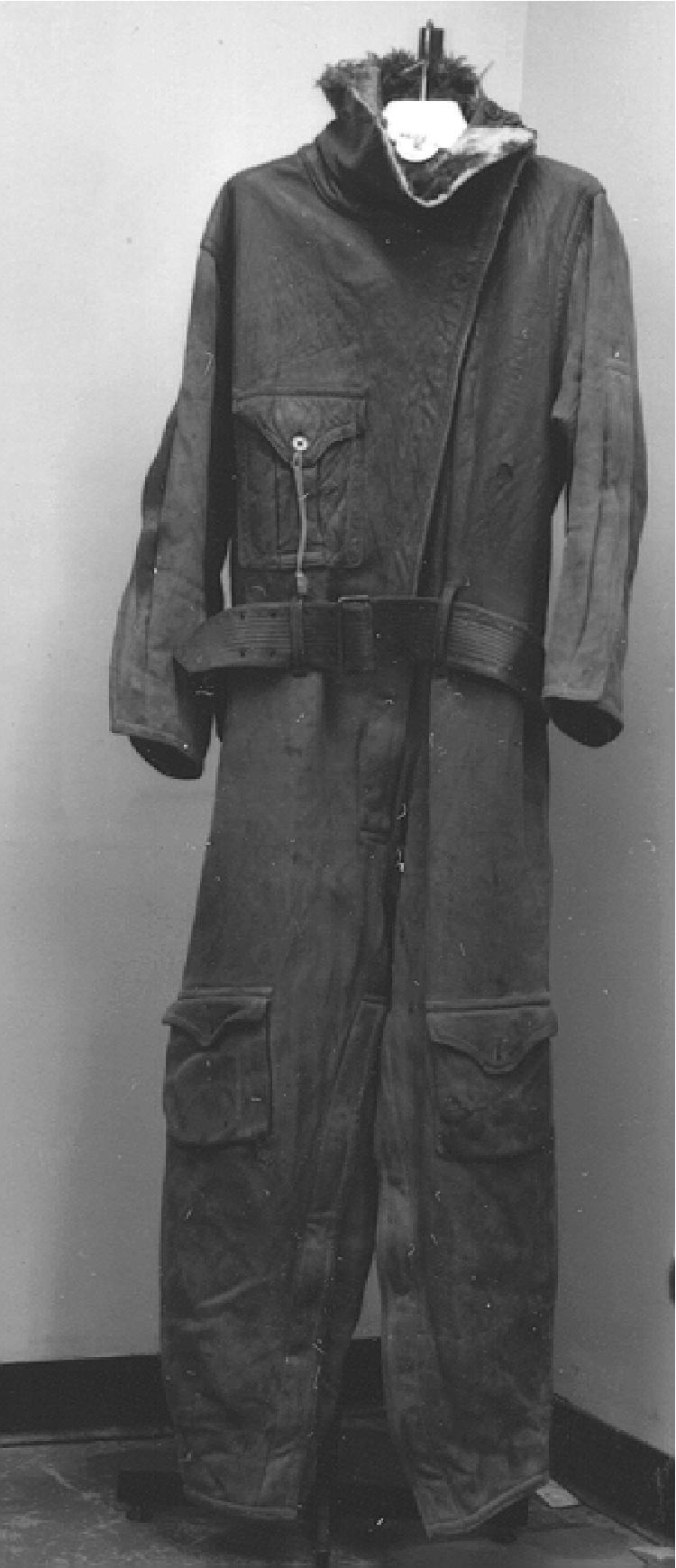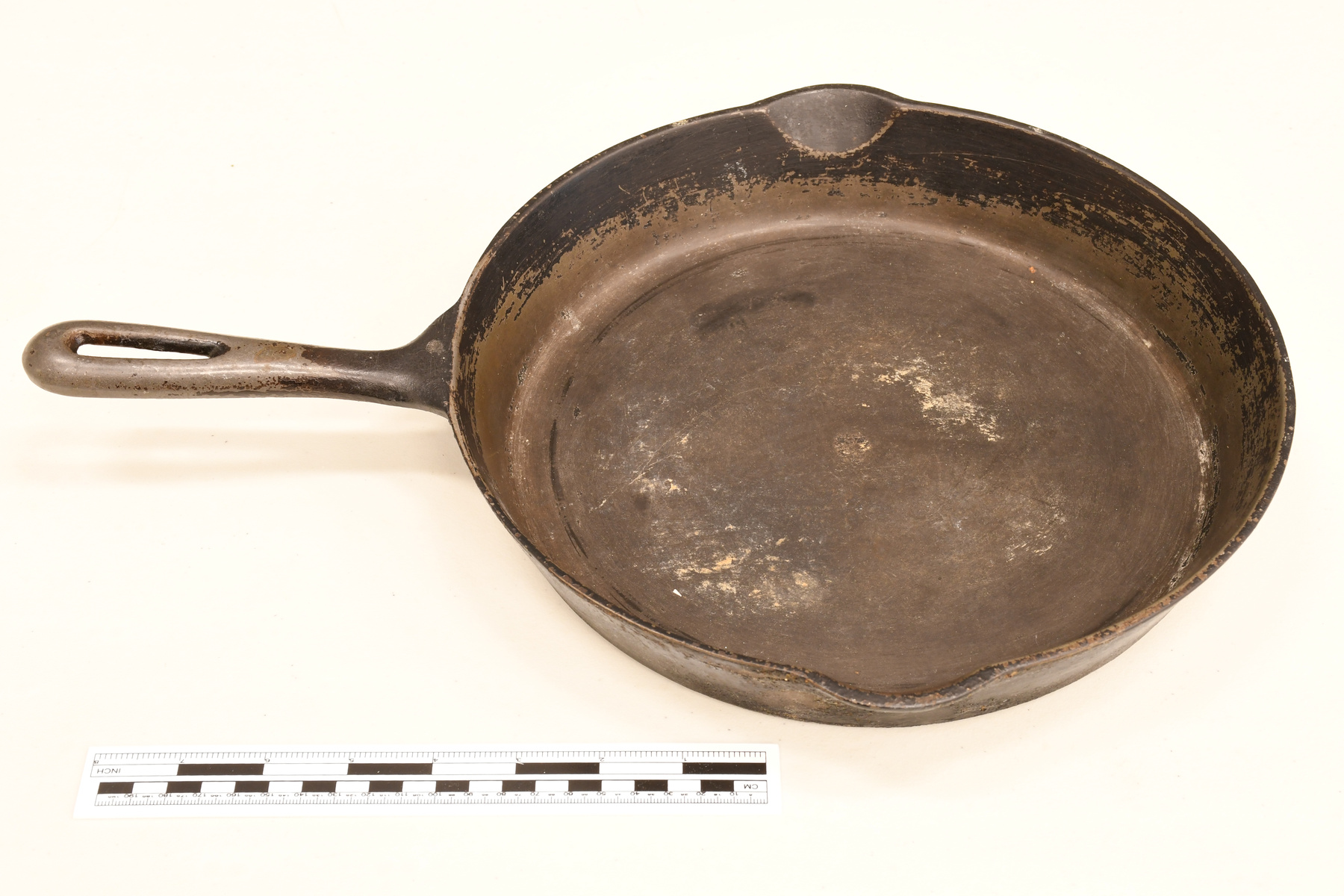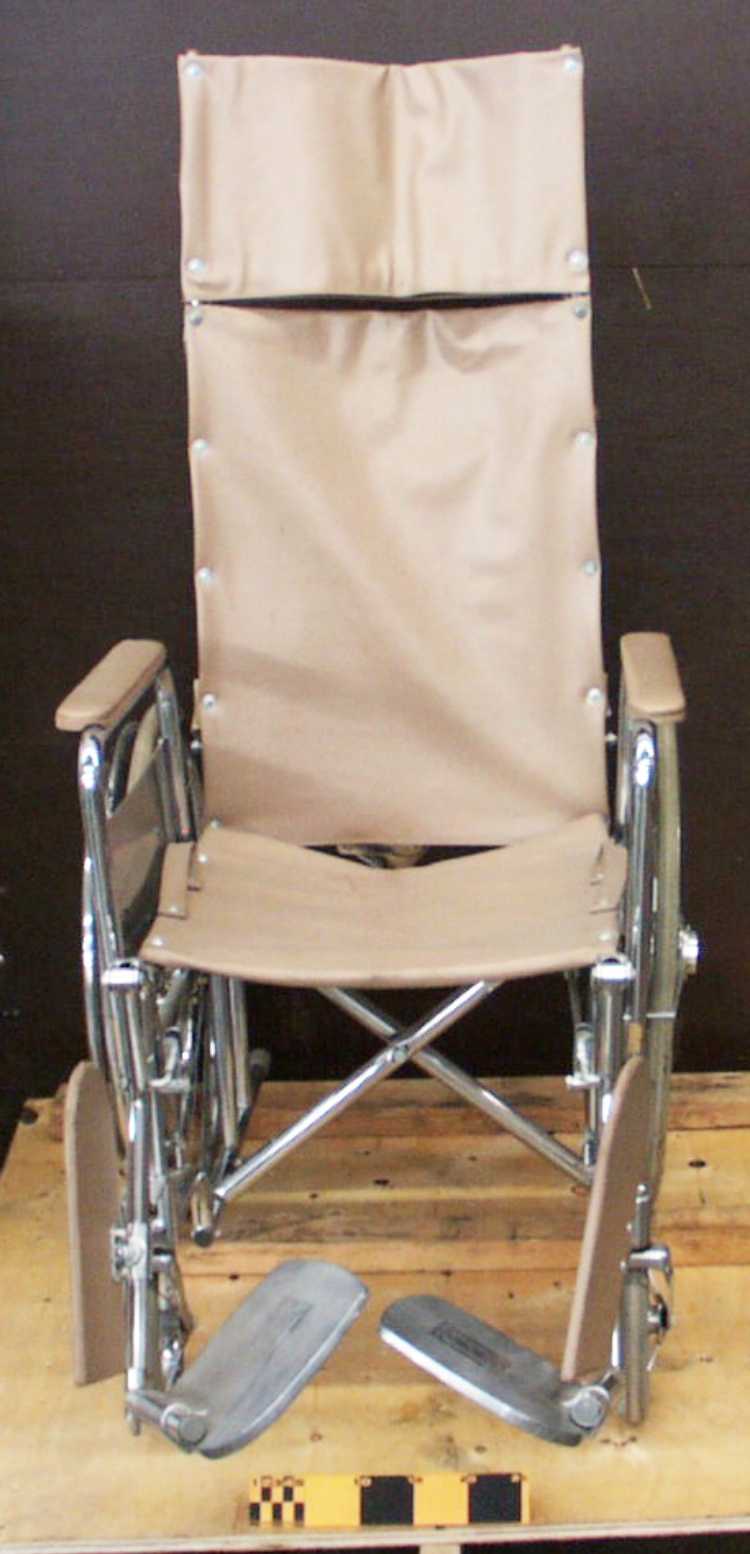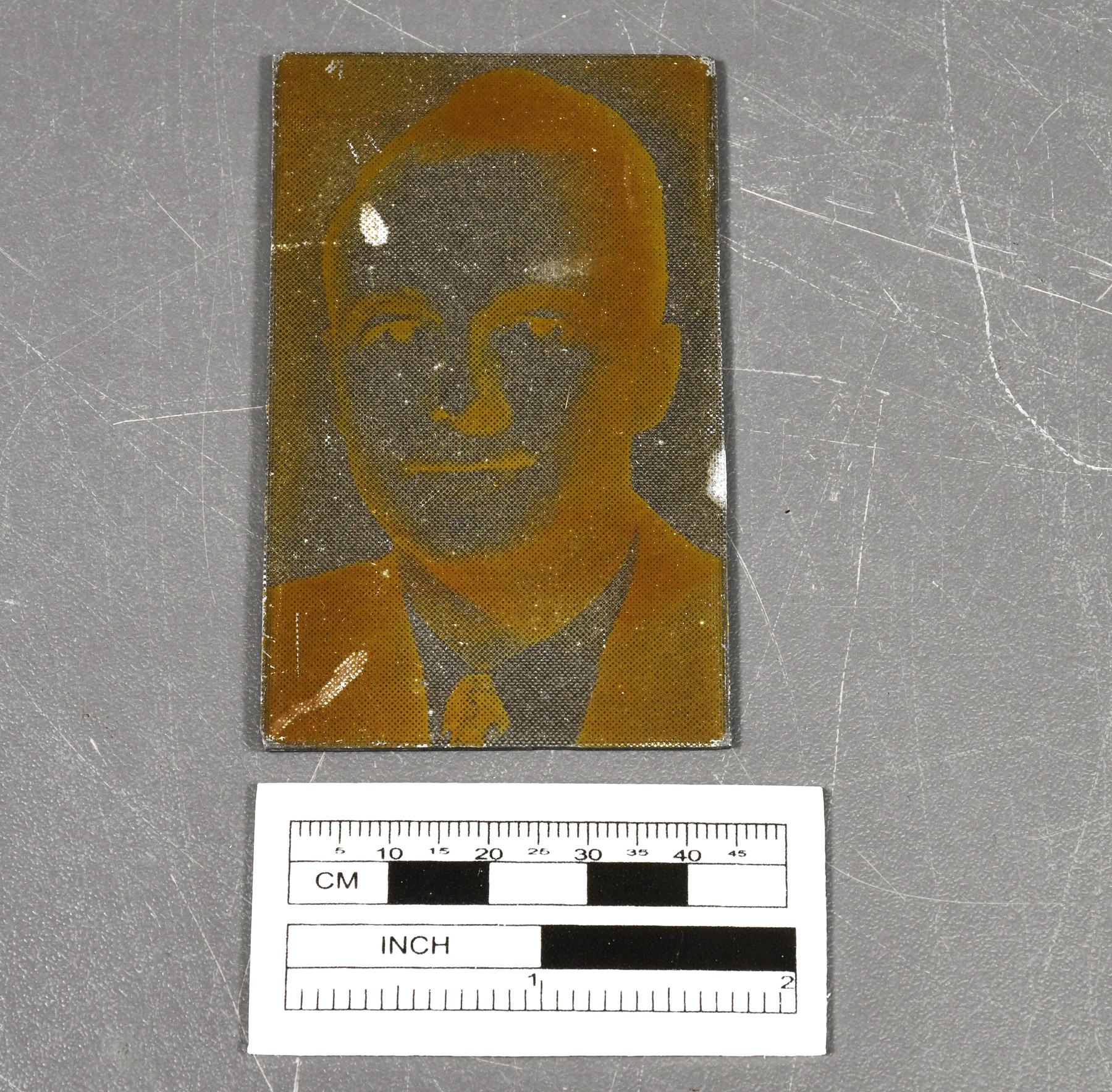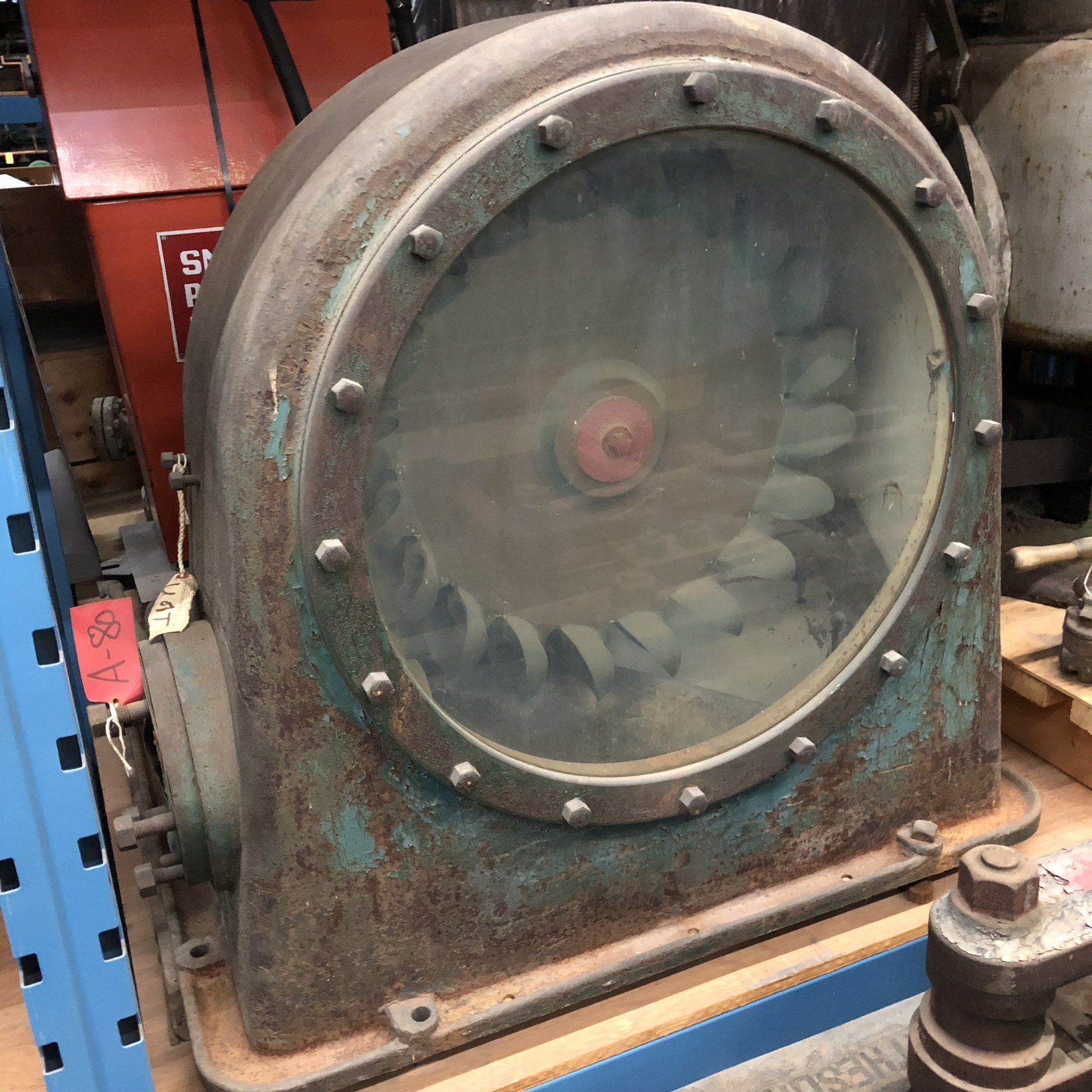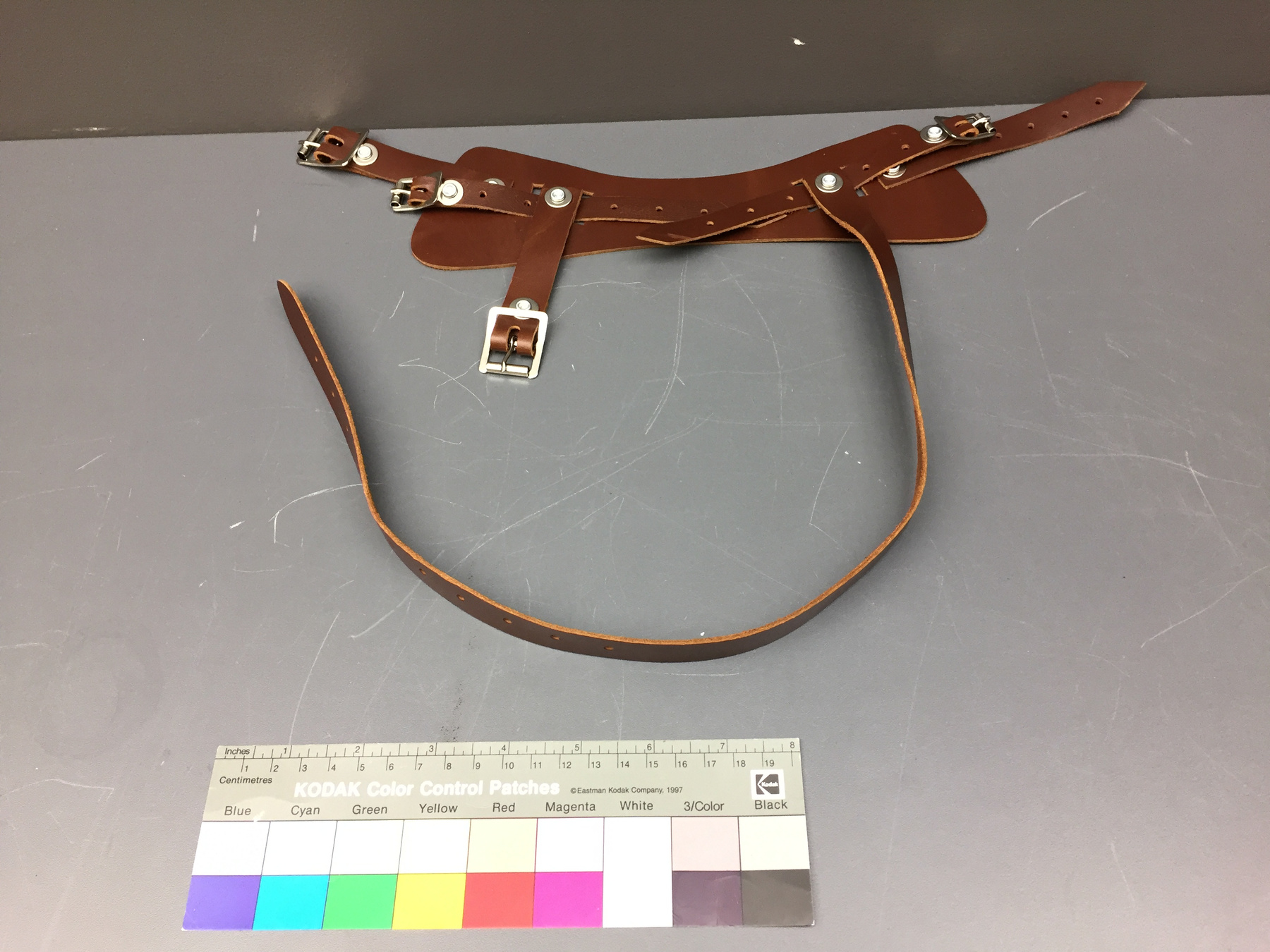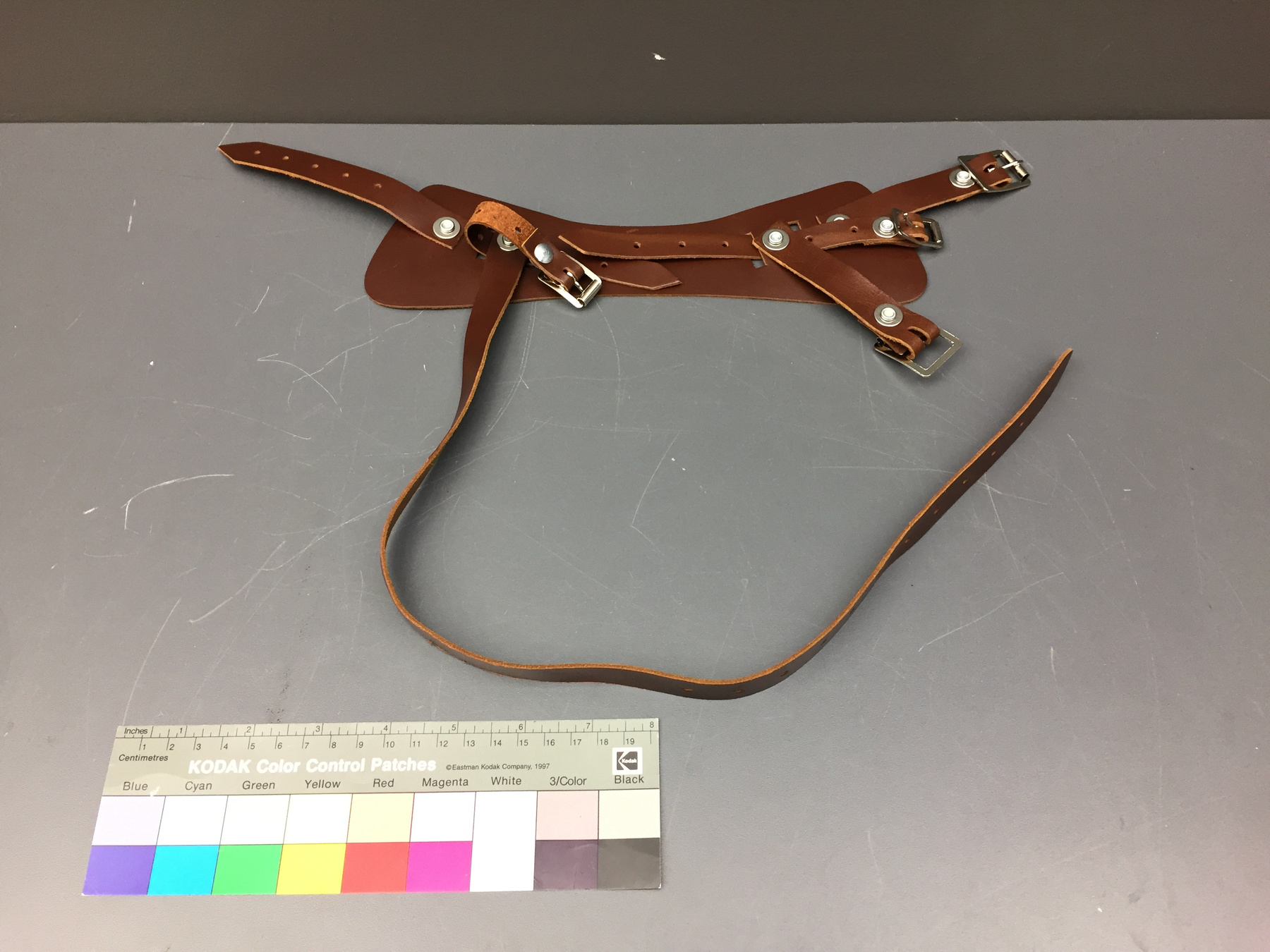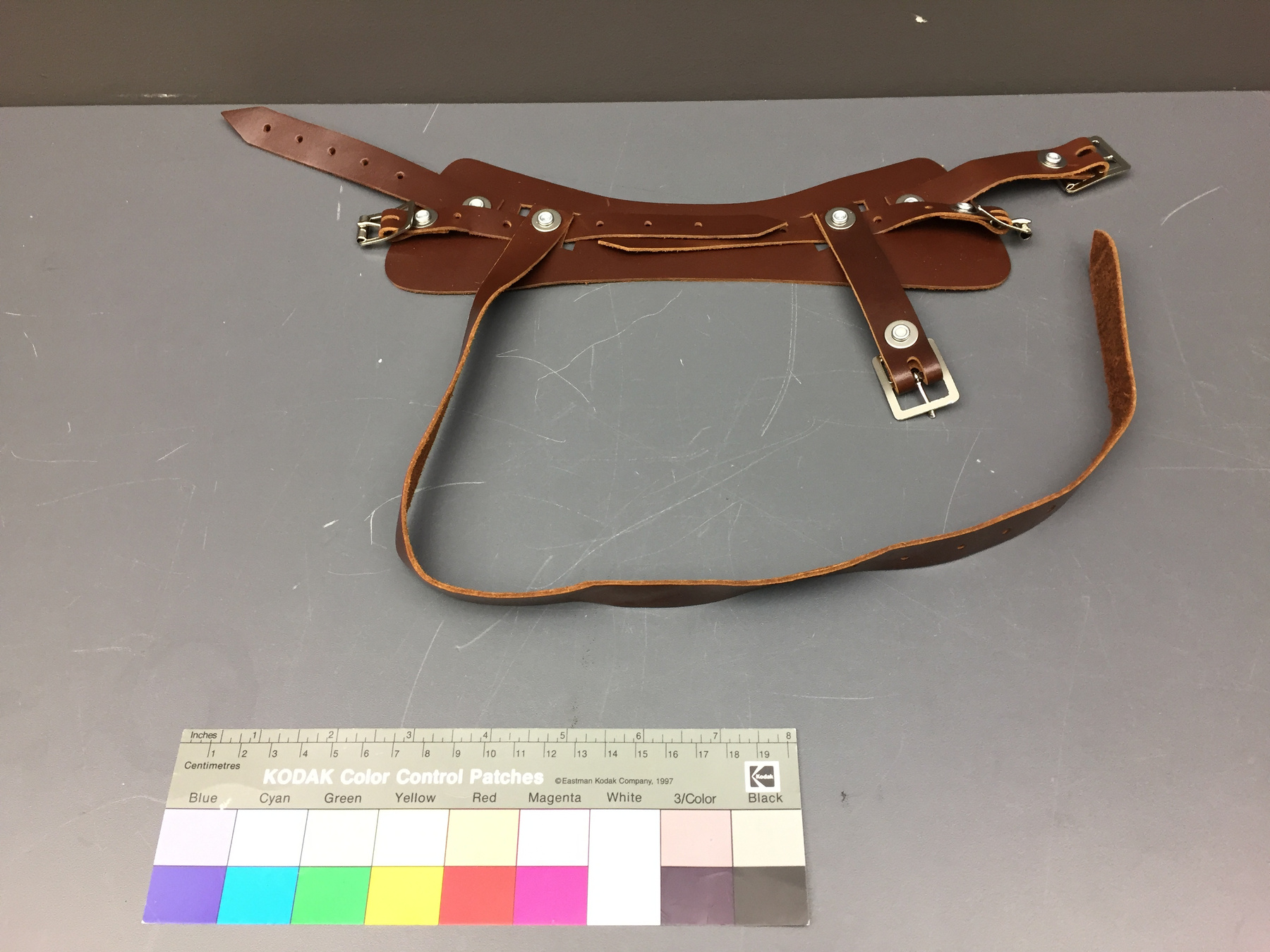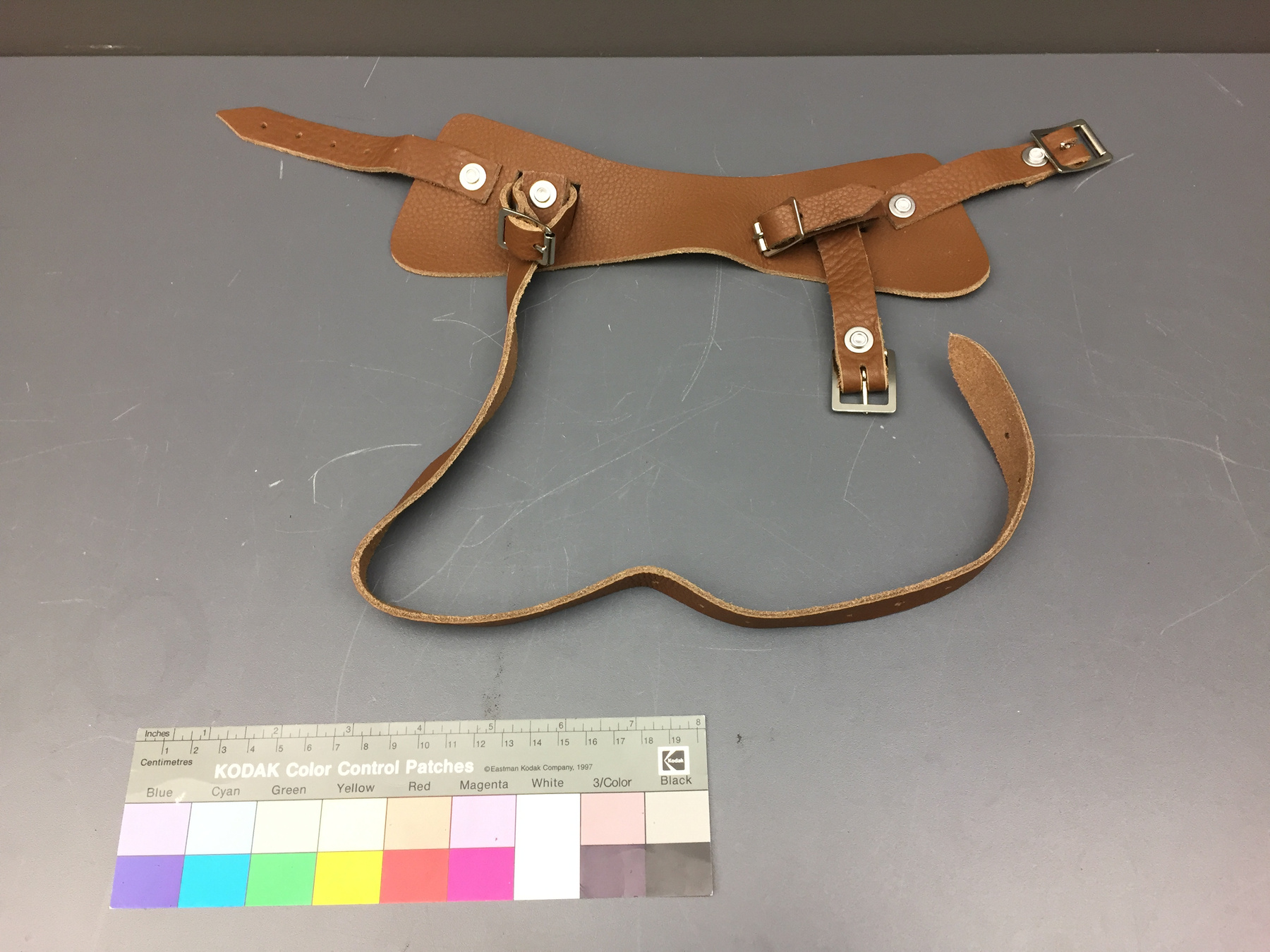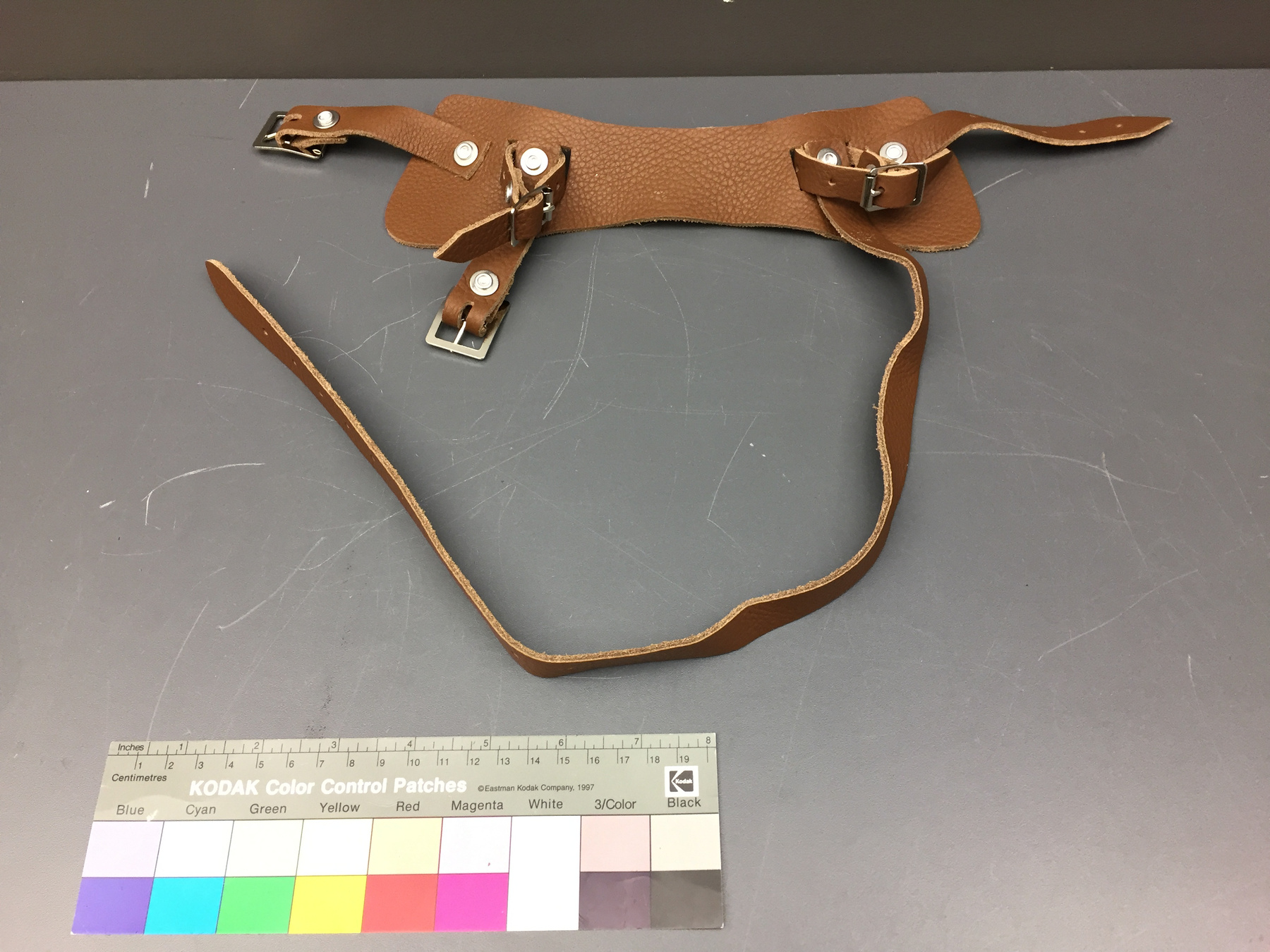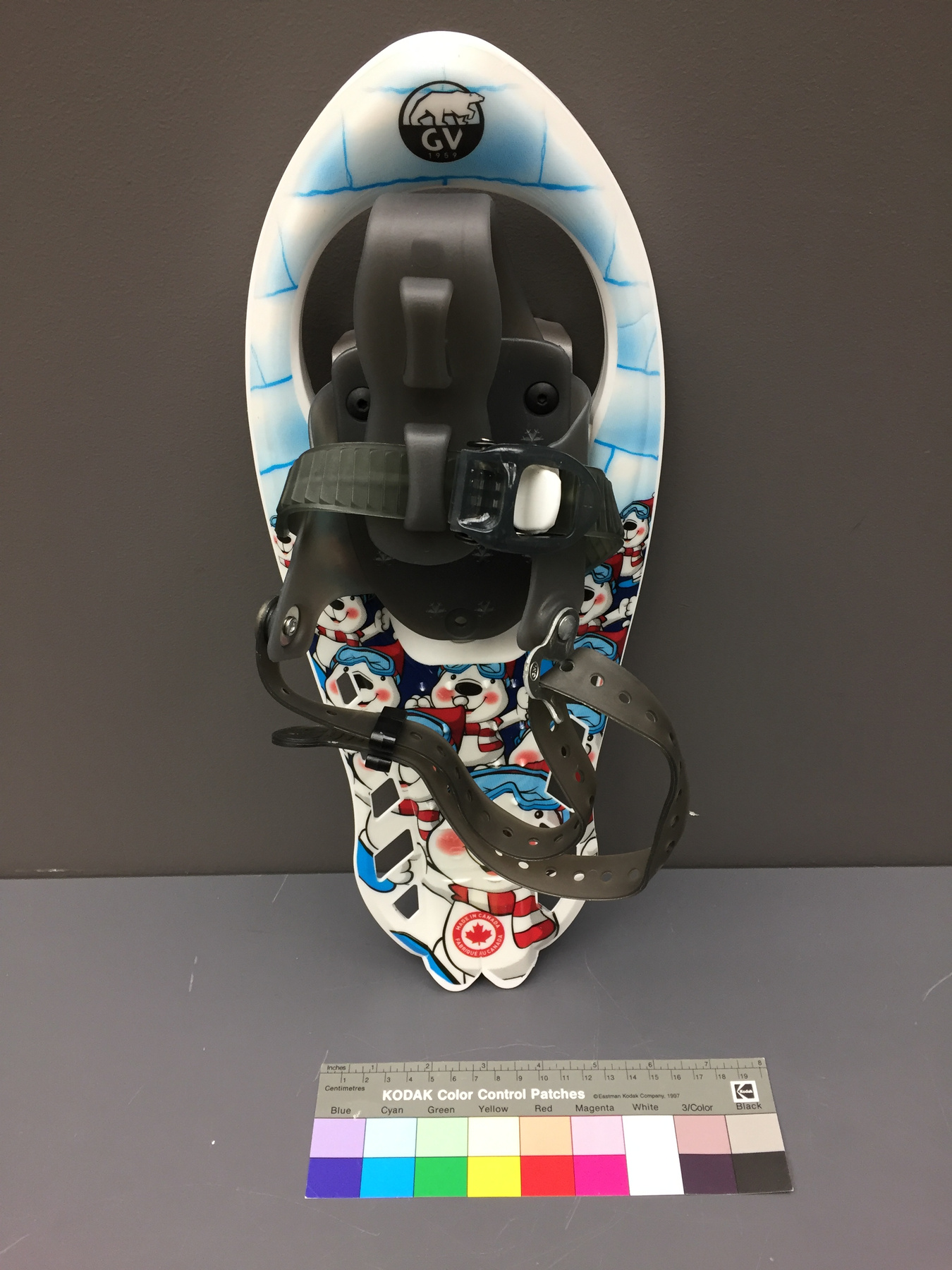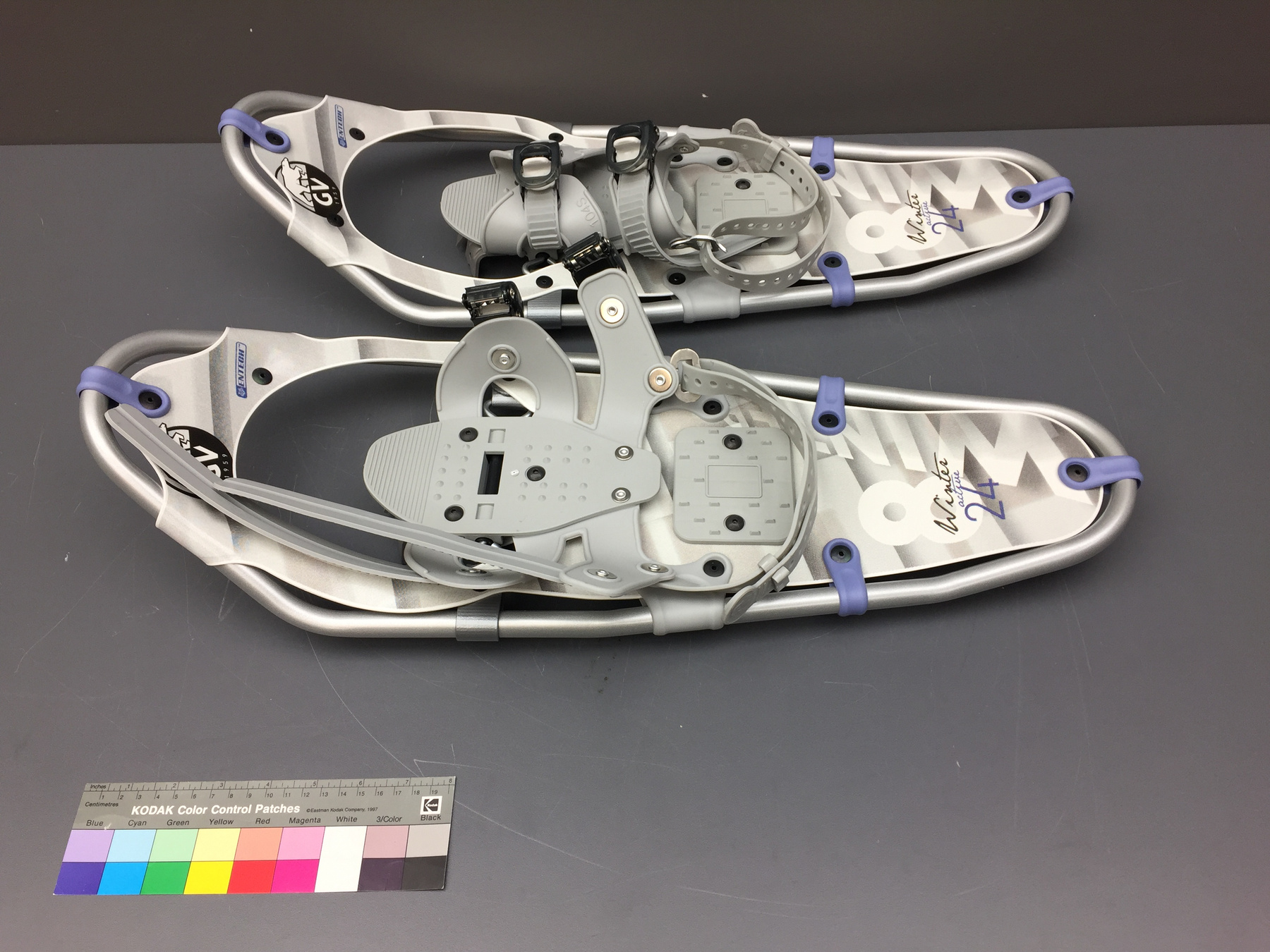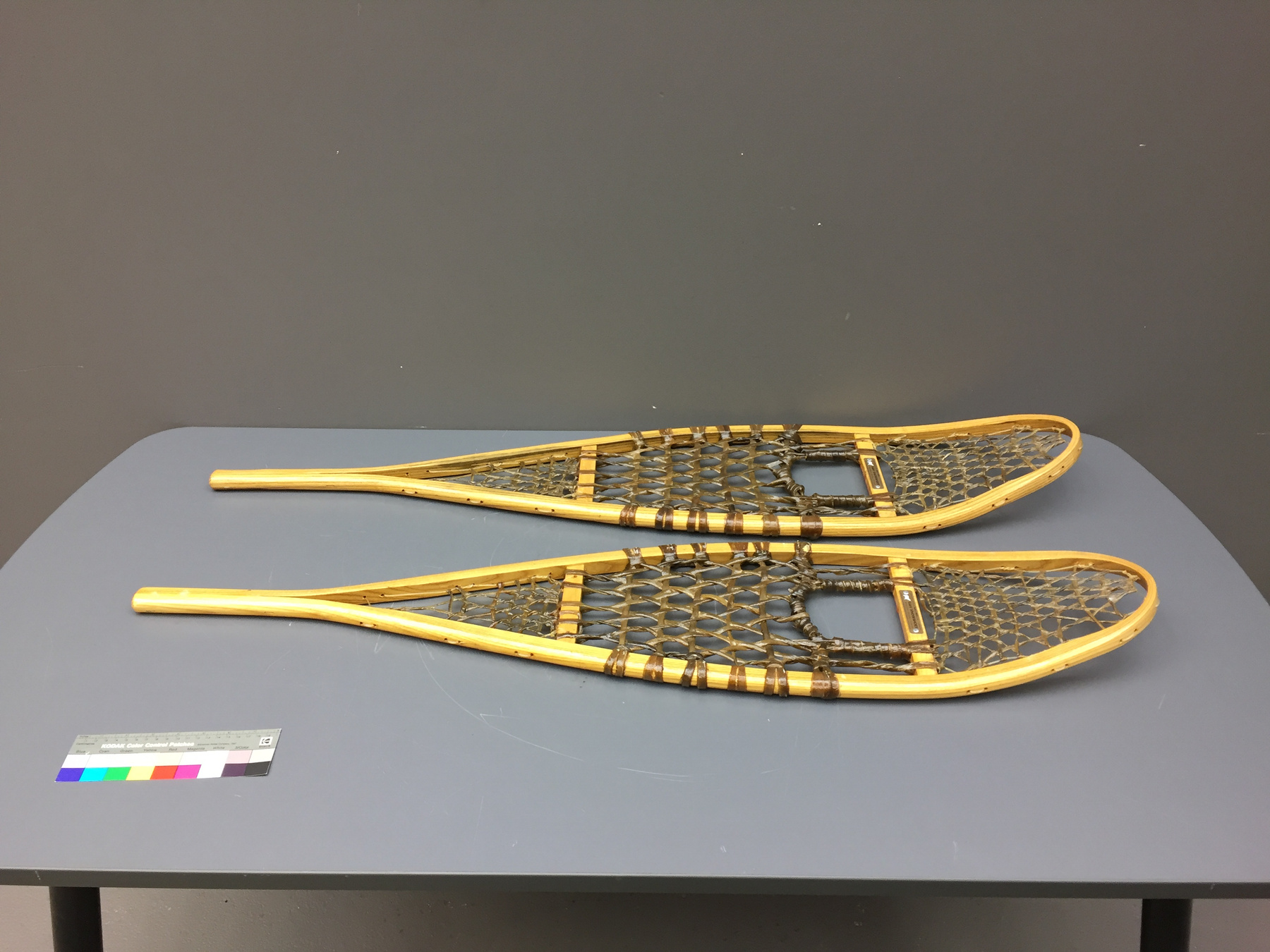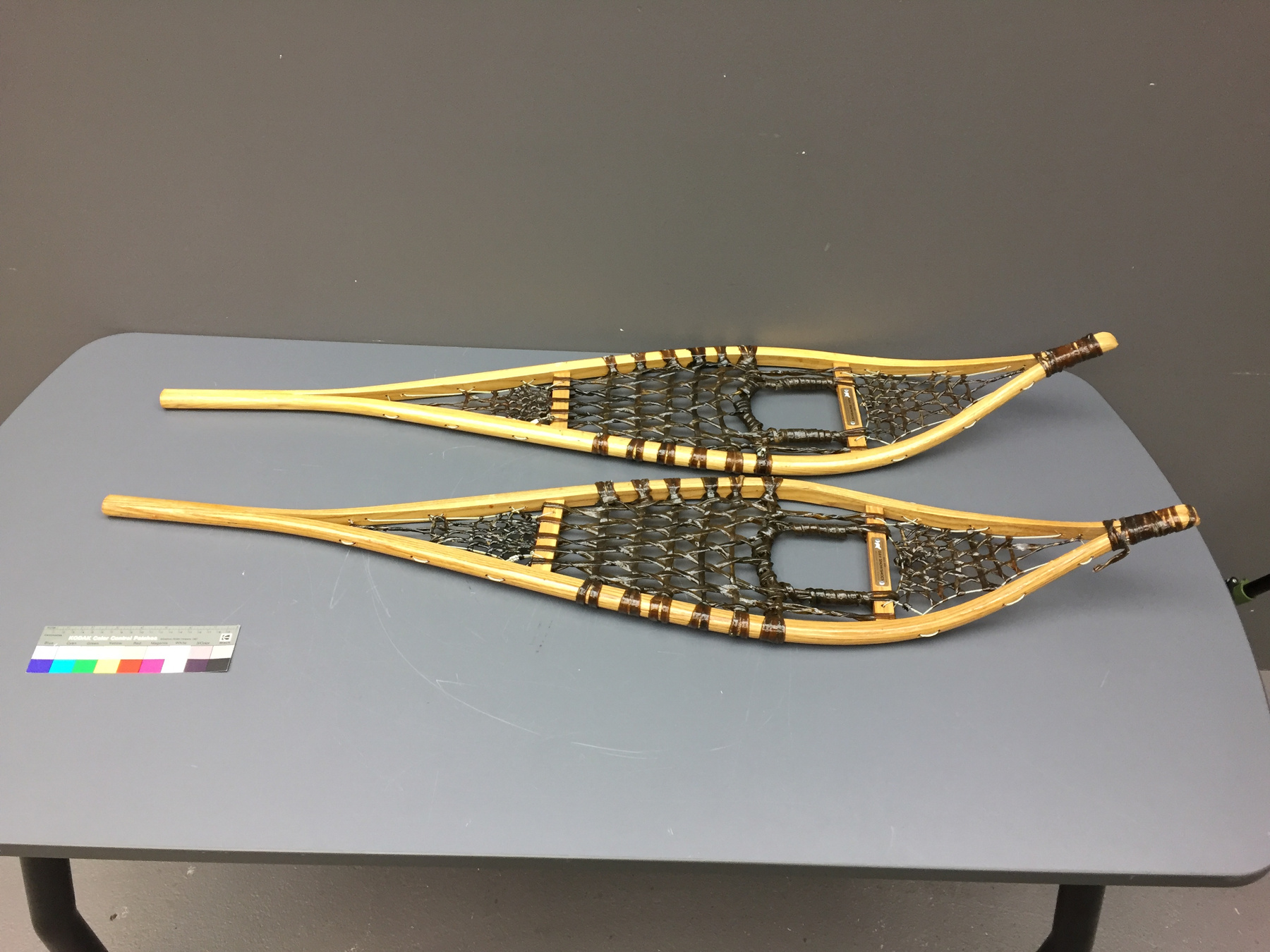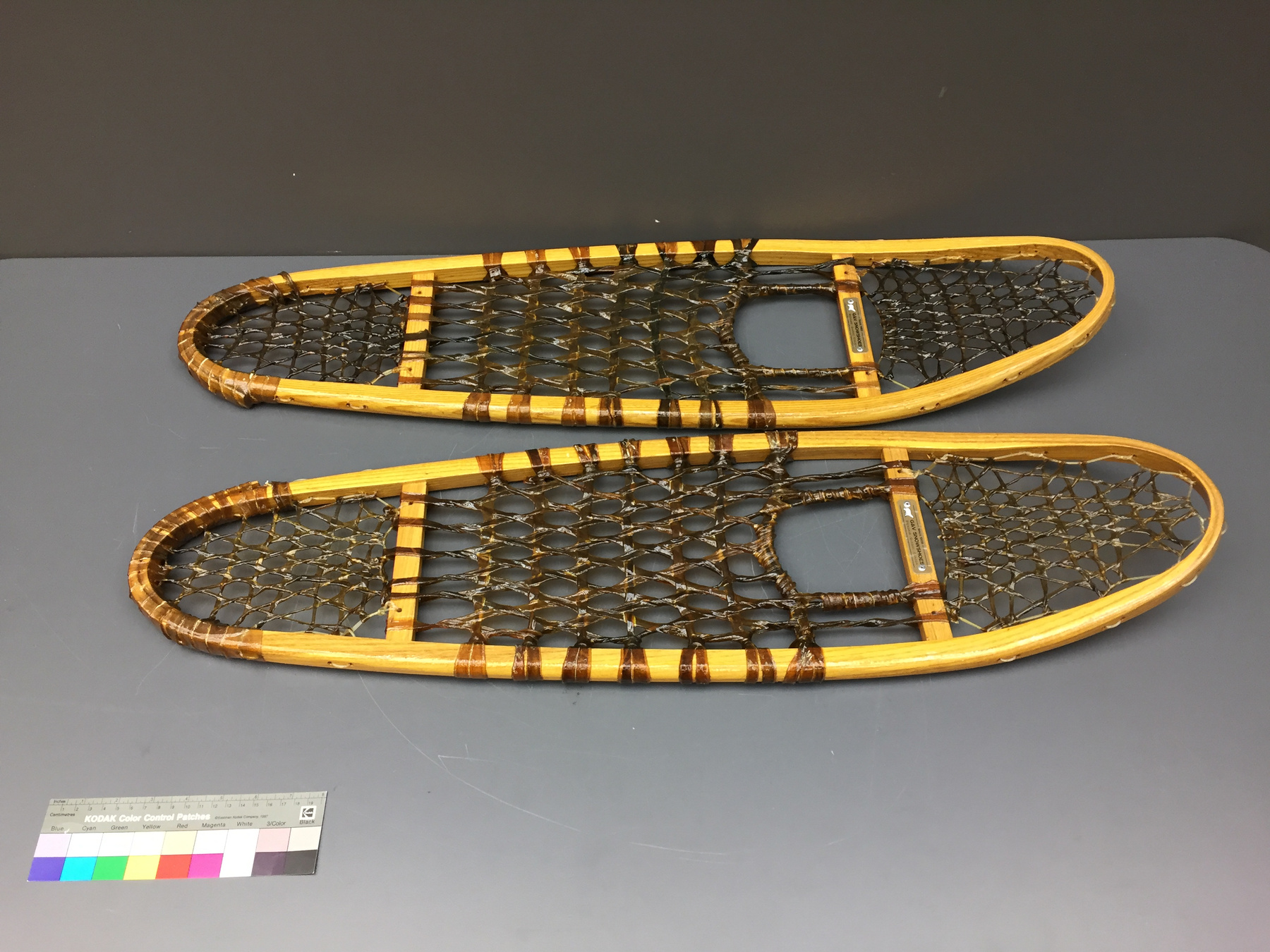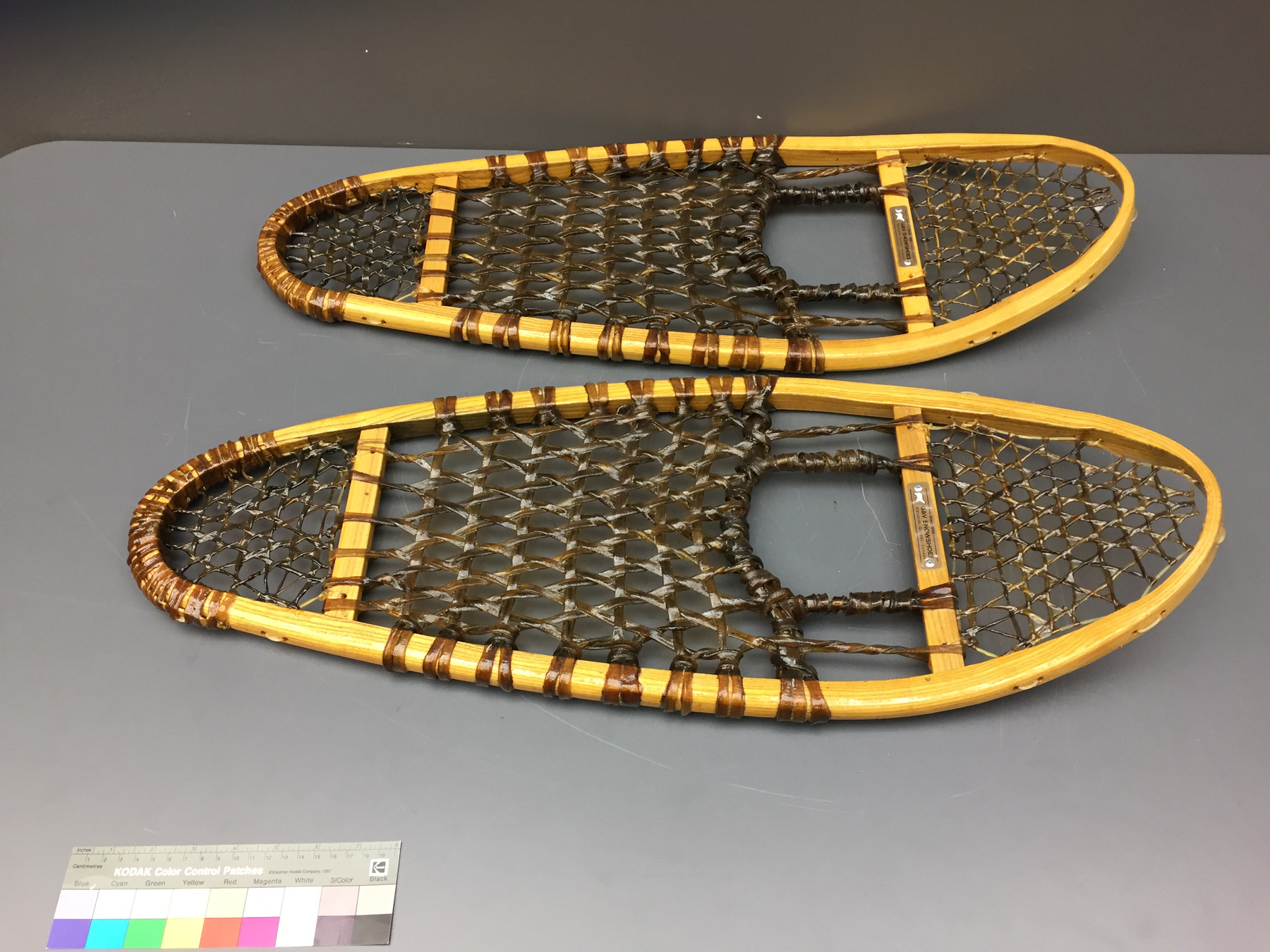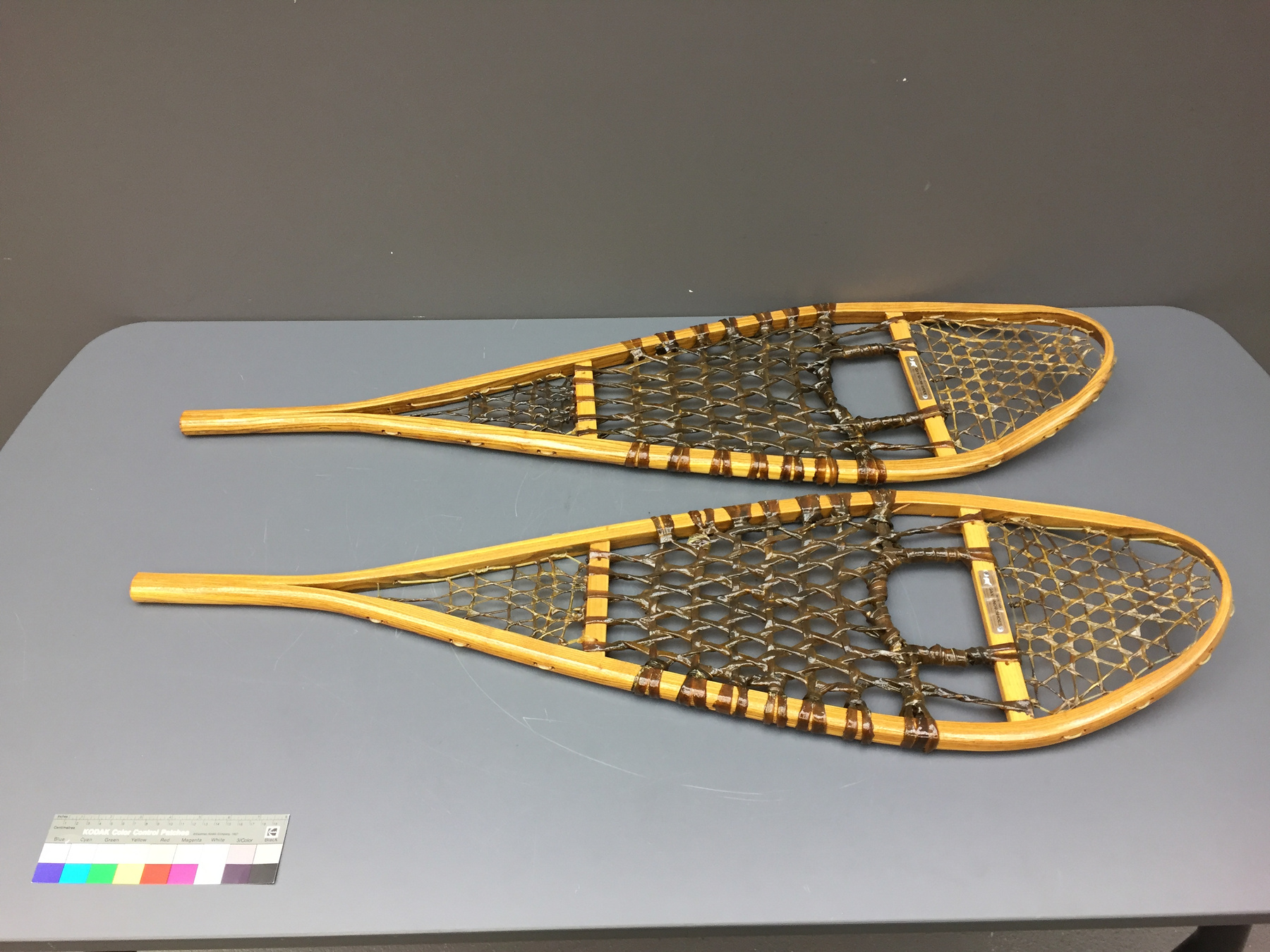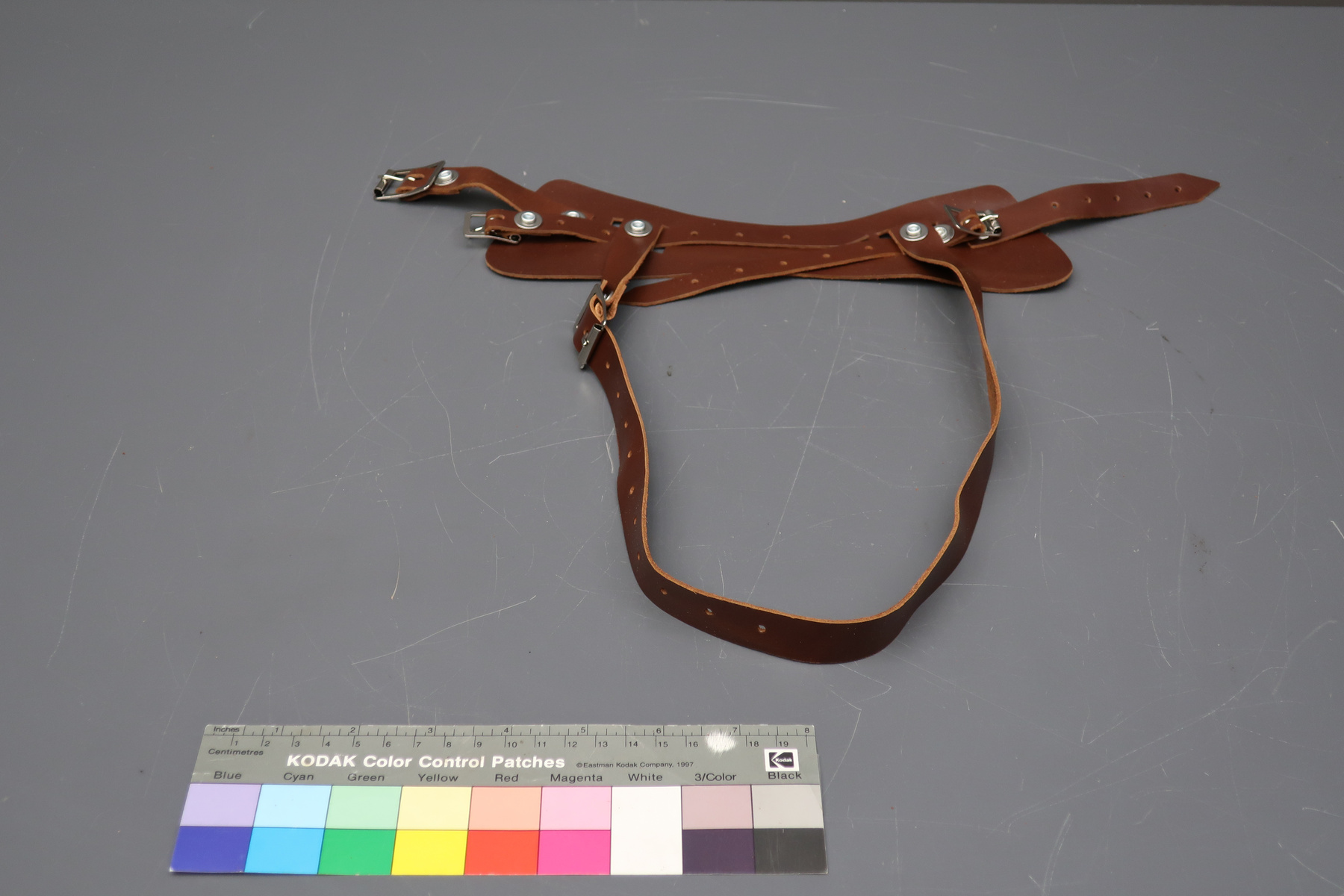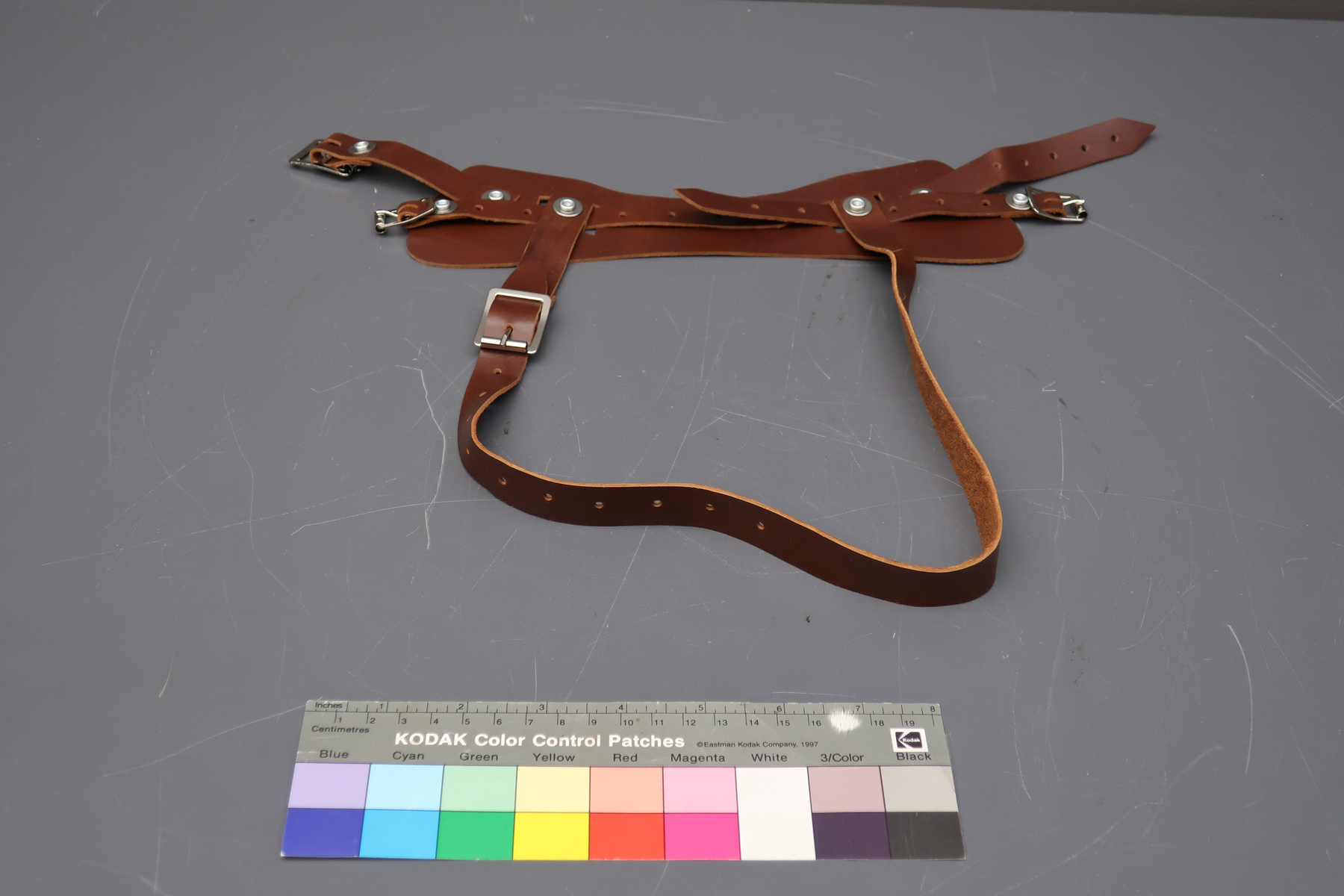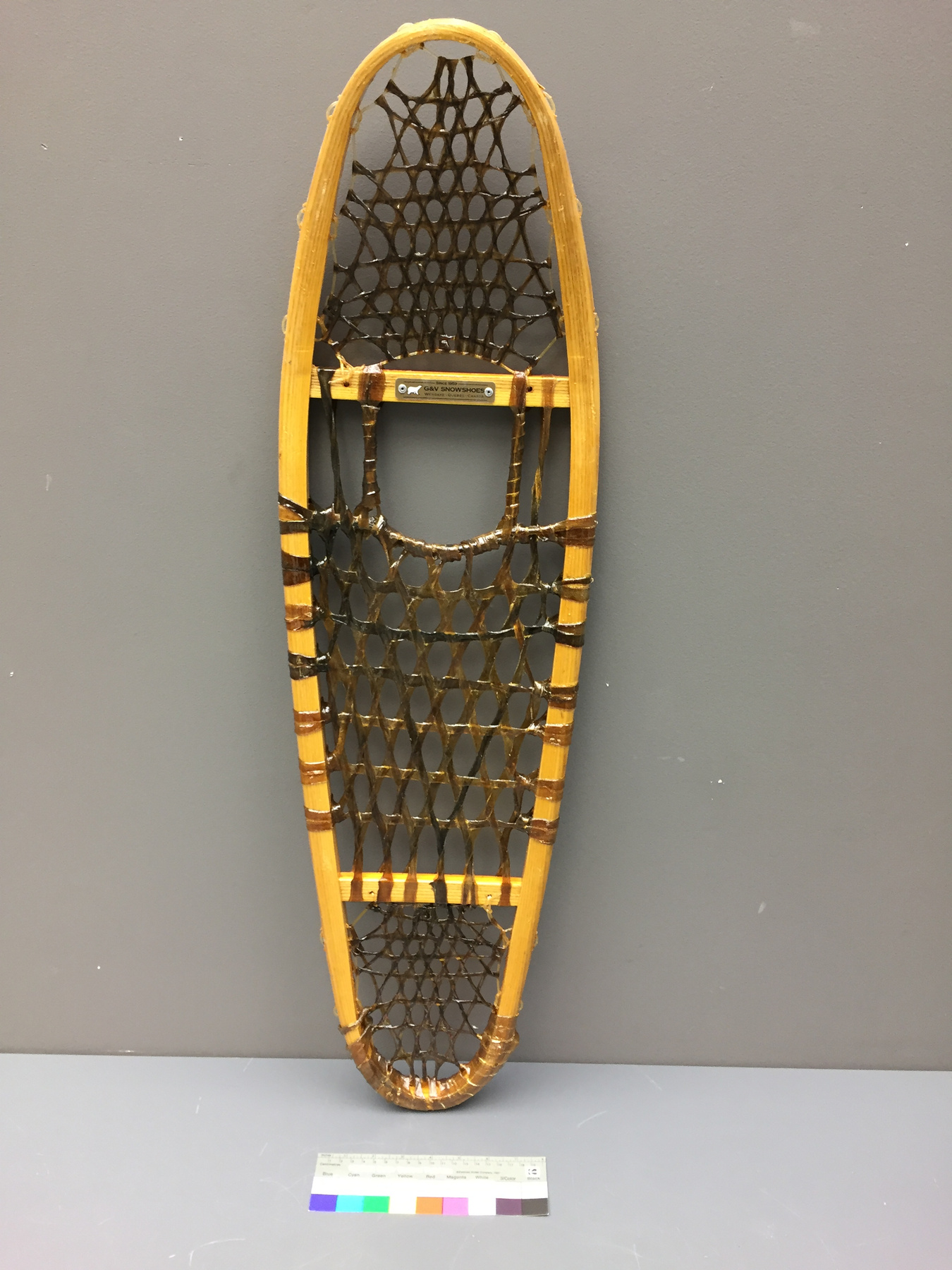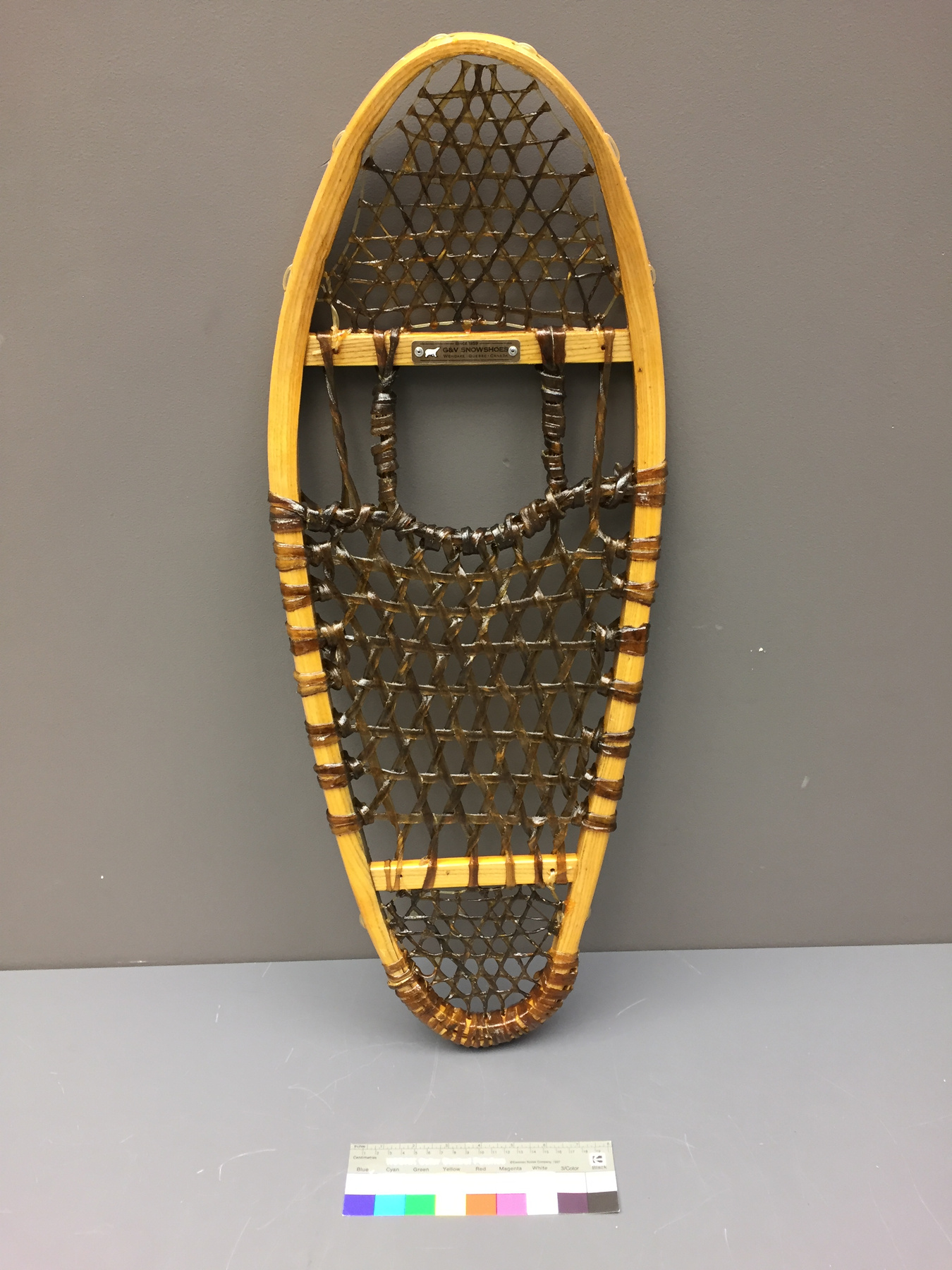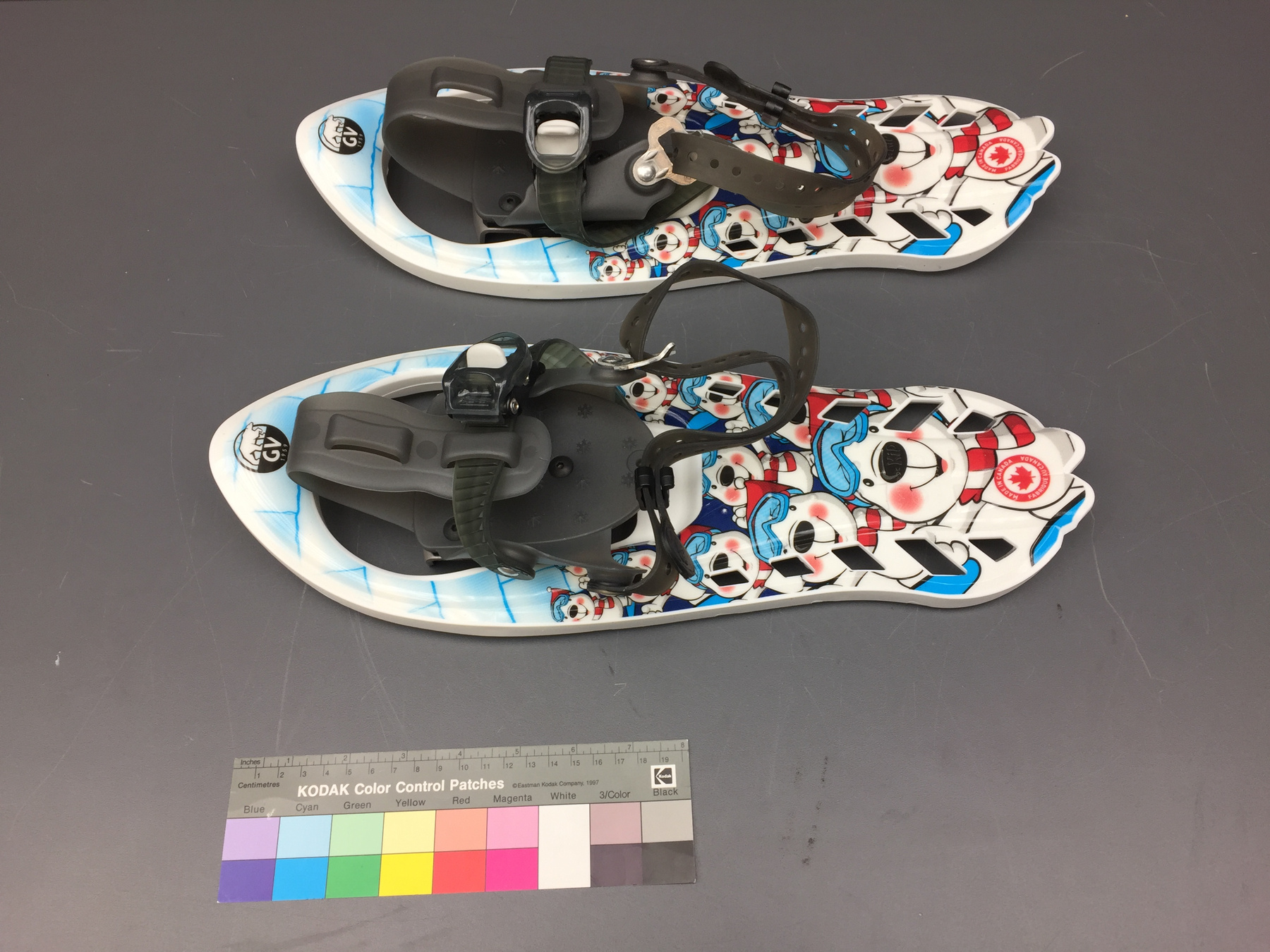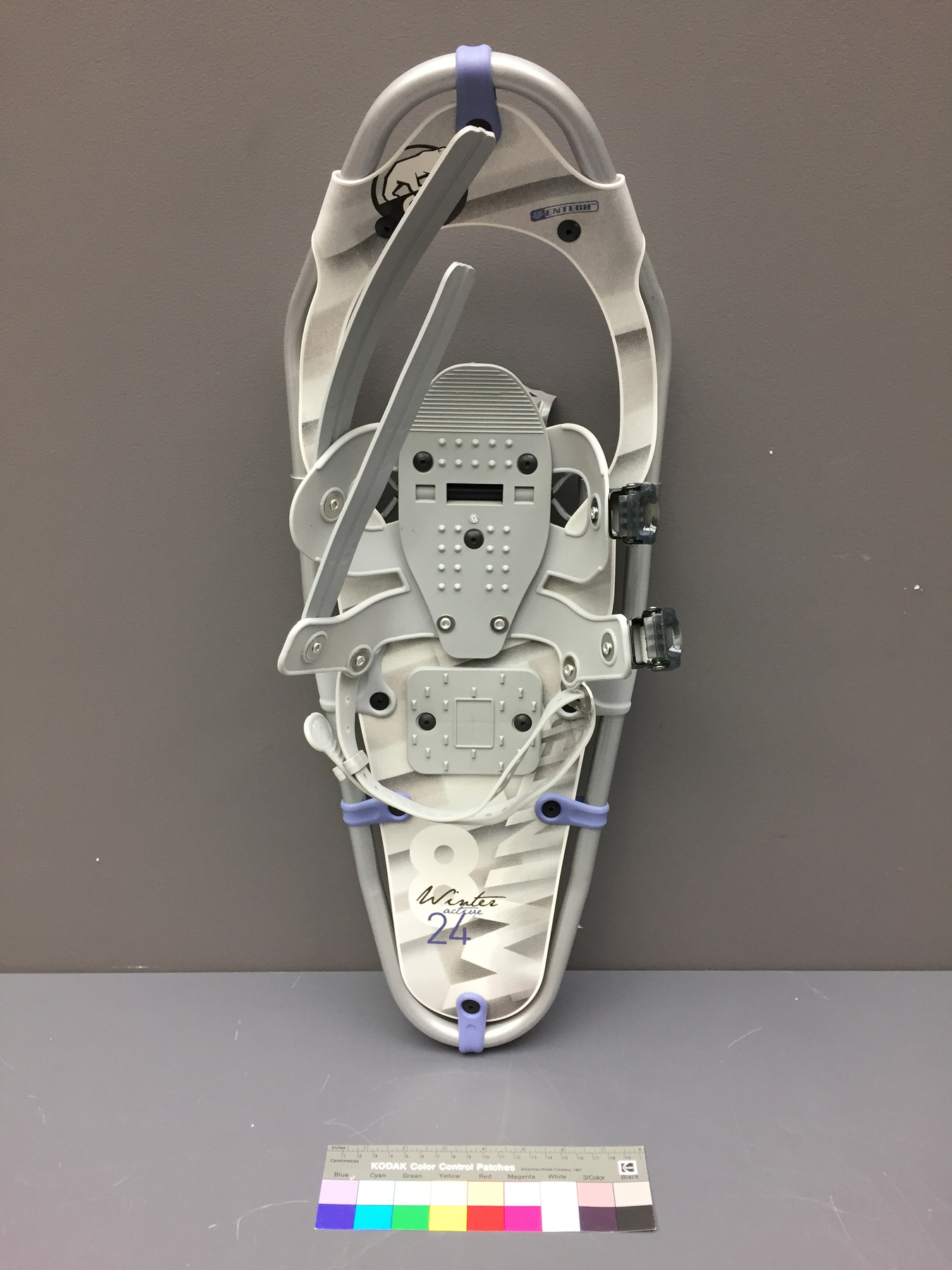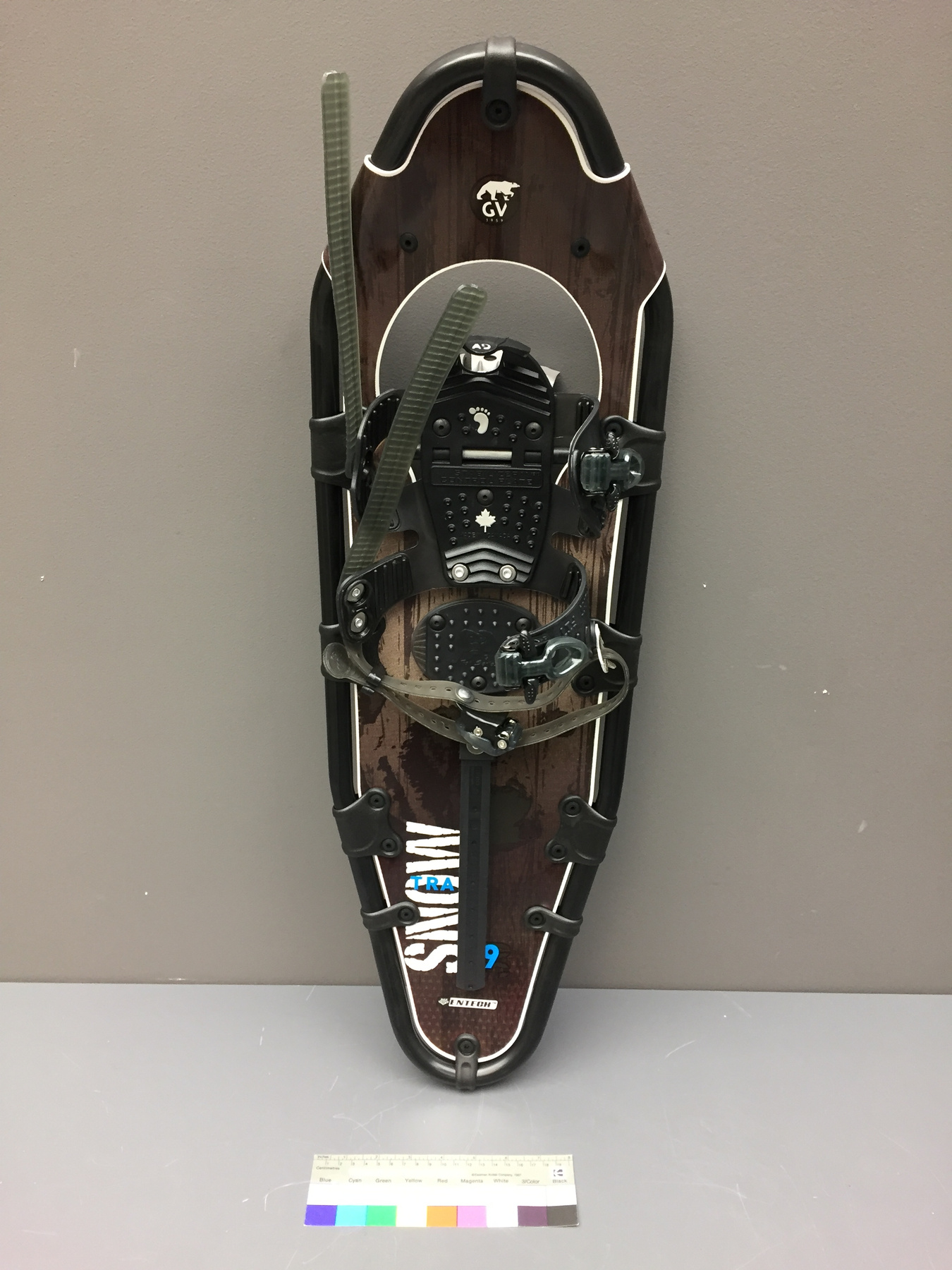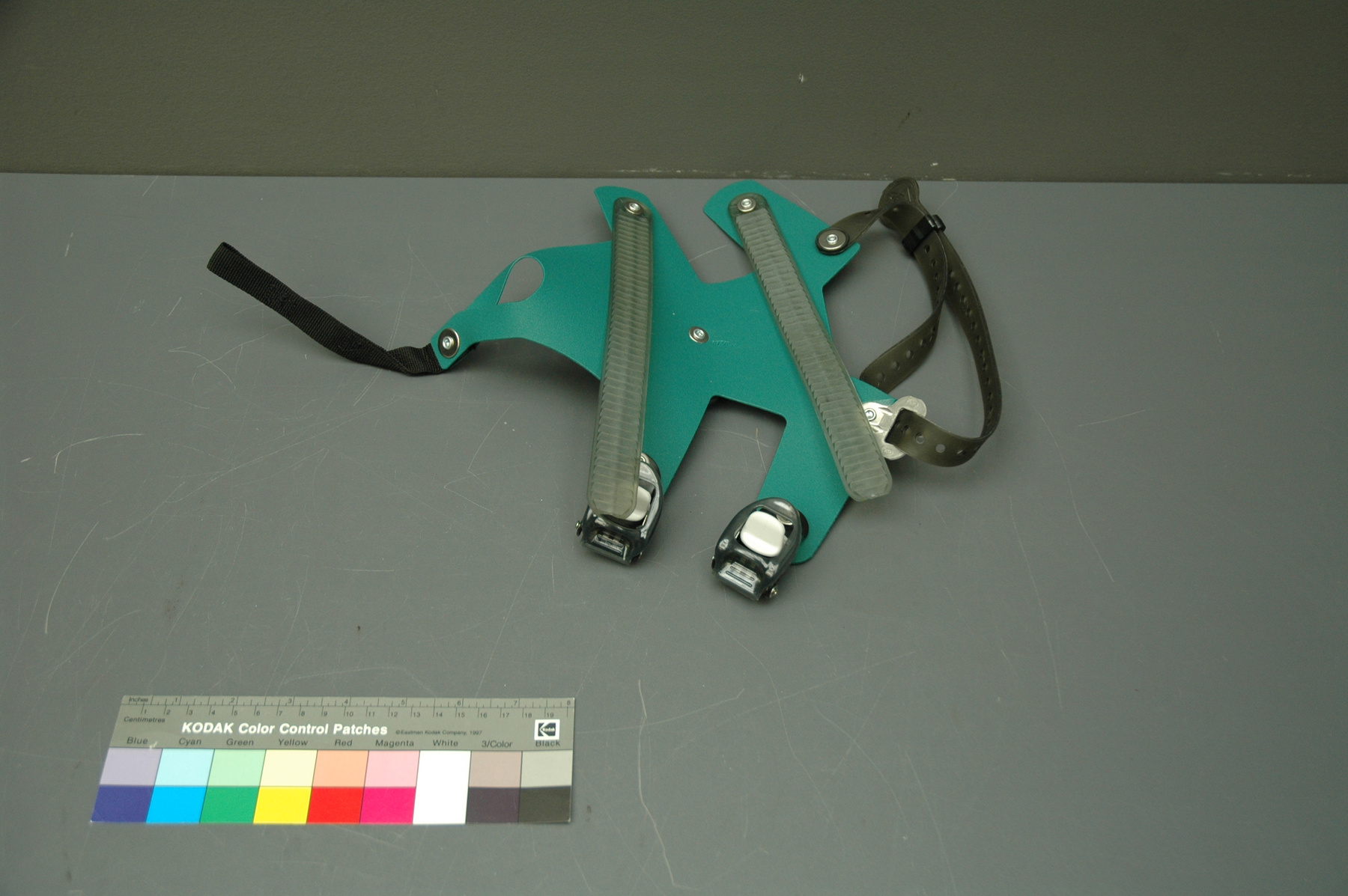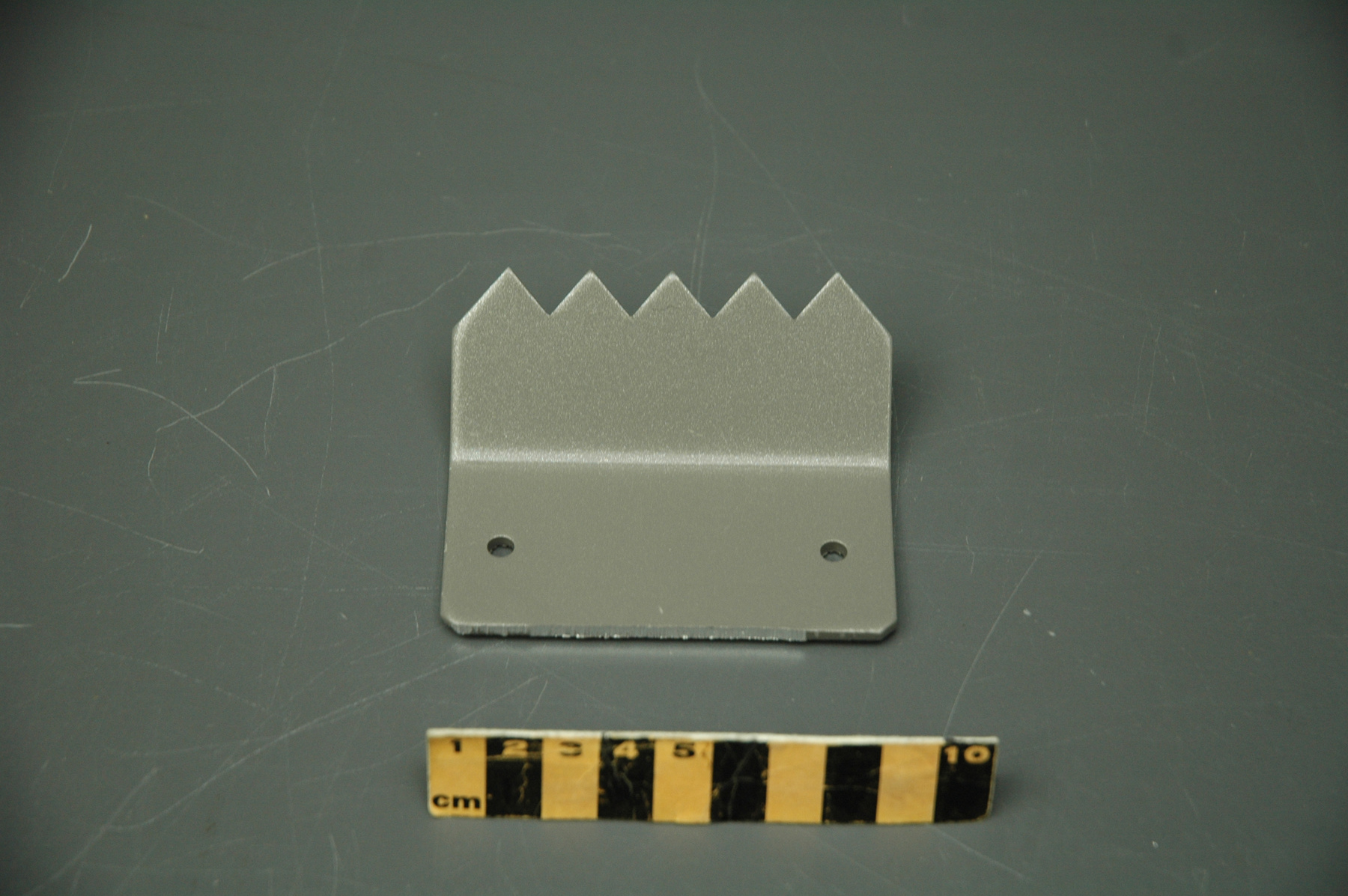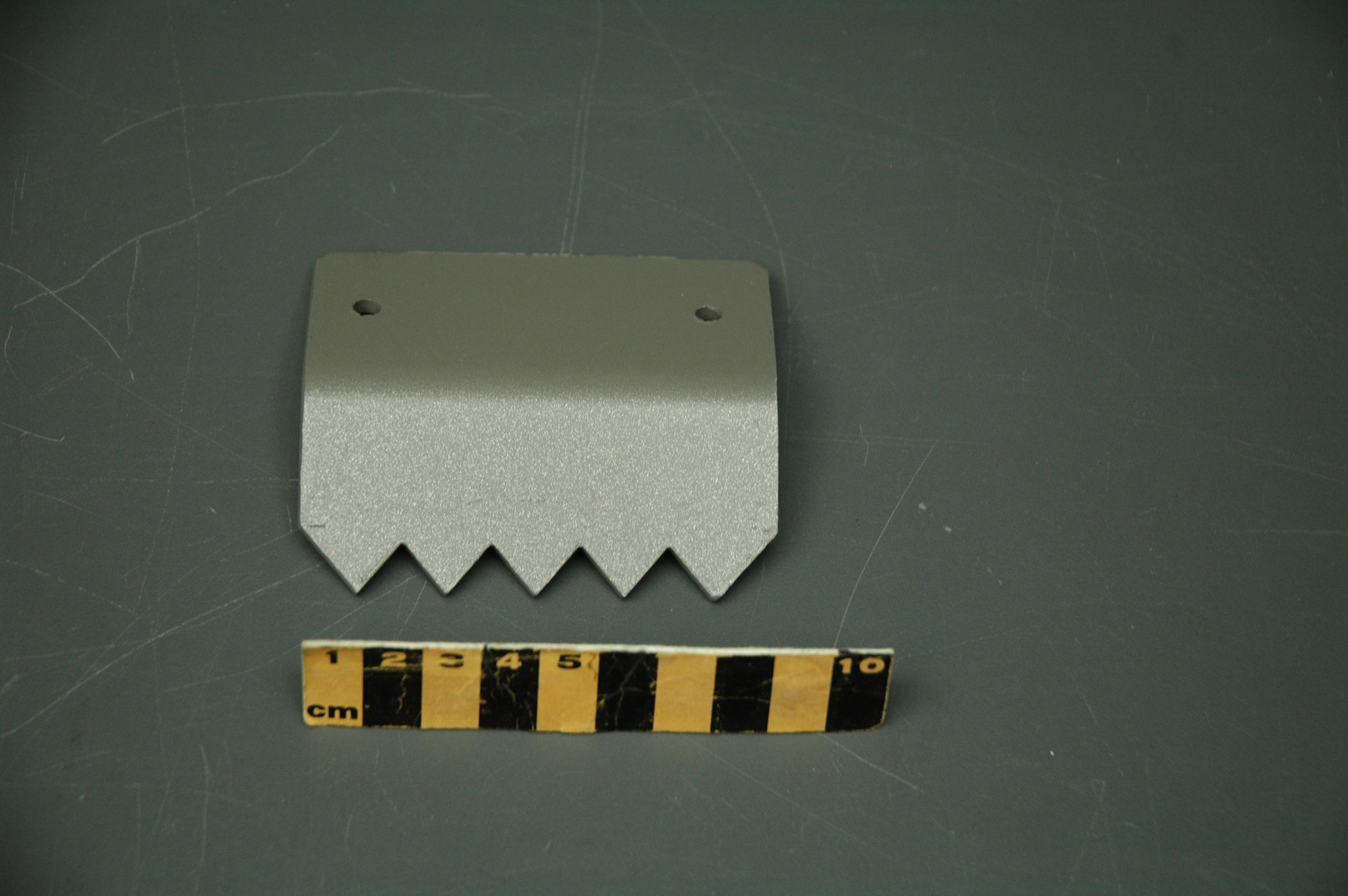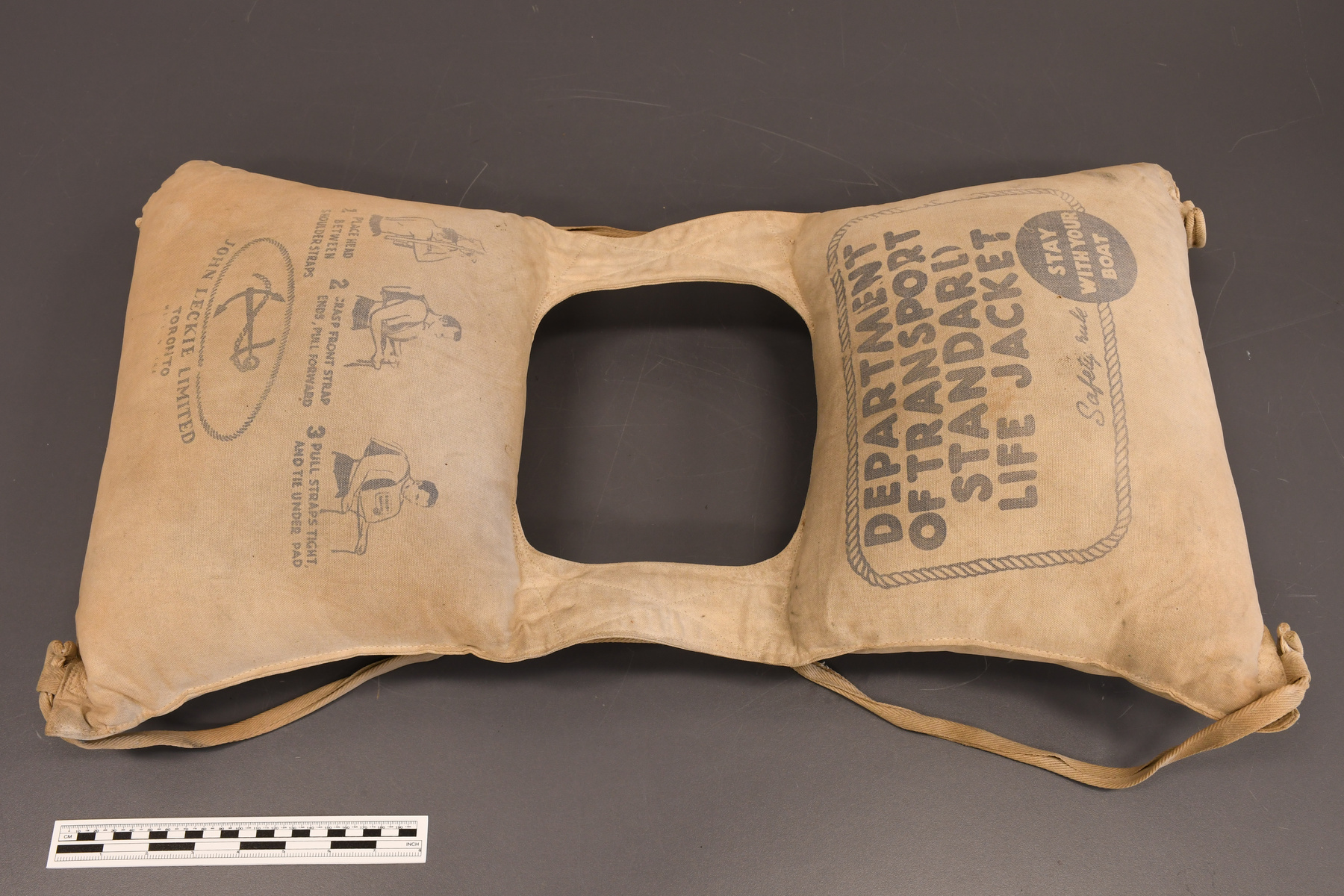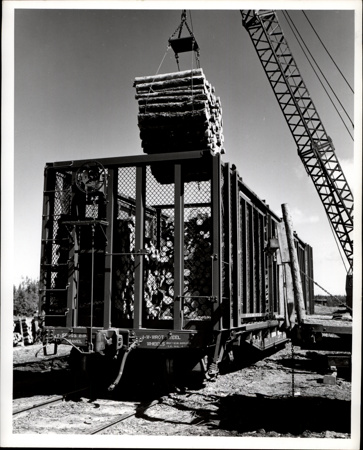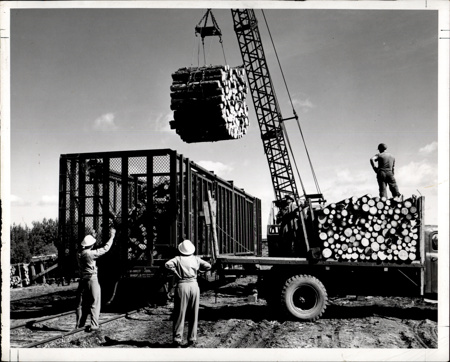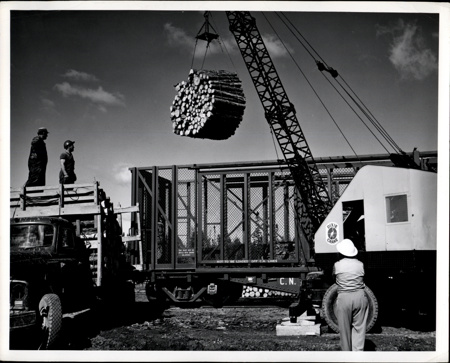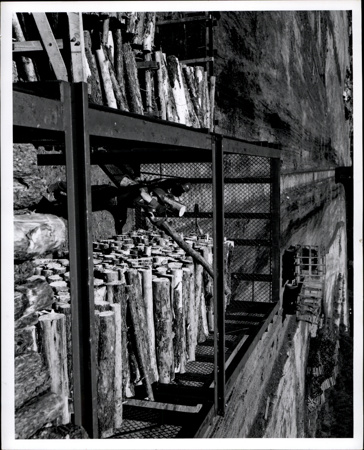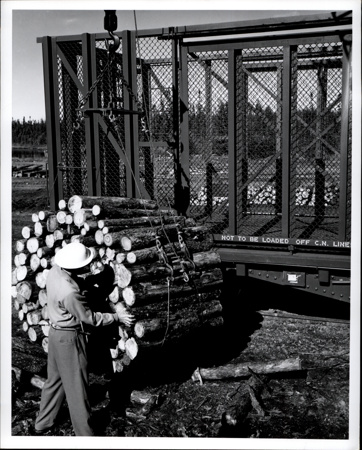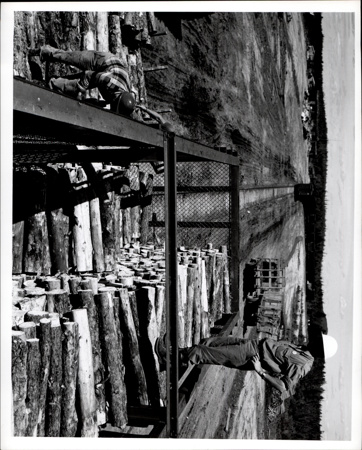Preserver, life
Use this image
Can I reuse this image without permission? Yes
Object images on the Ingenium Collection’s portal have the following Creative Commons license:
Copyright Ingenium / CC BY-NC-ND (Attribution-NonCommercial 4.0 International (CC BY-NC 4.0)
ATTRIBUTE THIS IMAGE
Ingenium,
2010.1199.002
Permalink:
Ingenium is releasing this image under the Creative Commons licensing framework, and encourages downloading and reuse for non-commercial purposes. Please acknowledge Ingenium and cite the artifact number.
DOWNLOAD IMAGEPURCHASE THIS IMAGE
This image is free for non-commercial use.
For commercial use, please consult our Reproduction Fees and contact us to purchase the image.
- OBJECT TYPE
- chest/adult
- DATE
- 1956
- ARTIFACT NUMBER
- 2010.1199.002
- MANUFACTURER
- LECKIE, JOHN LTD.
- MODEL
- Unknown
- LOCATION
- Toronto, Ontario, Canada
More Information
General Information
- Serial #
- N/A
- Part Number
- 2
- Total Parts
- 2
- AKA
- N/A
- Patents
- N/A
- General Description
- Fibre exterior and ties with a synthetic insert. Extérieur et cordons en fibre avec un intérieur en synthétique.
Dimensions
Note: These reflect the general size for storage and are not necessarily representative of the object's true dimensions.
- Length
- 68.3 cm
- Width
- 38.3 cm
- Height
- 15.2 cm
- Thickness
- N/A
- Weight
- N/A
- Diameter
- N/A
- Volume
- N/A
Lexicon
- Group
- Marine Transportation
- Category
- Miscellaneous
- Sub-Category
- N/A
Manufacturer
- AKA
- LECKIE
- Country
- Canada
- State/Province
- Ontario
- City
- Toronto
Context
- Country
- Canada
- State/Province
- Unknown
- Period
- Unknown Inconnu
- Canada
-
John Leckie emigrated to Canada from Scotland in 1861, bringing with him the selling agency for W. & J. Knox Limited of Kilbirnie, Ayrshire, manufacturers of commercial fish netting of all types. The company he founded prospered, working gradually into the marine and commercial fishing hardware business. In 1908 it was purchased by The Linen Thread Co. Ltd., of Glasgow, Scotland but the name John Leckie Limited, by this time well known and highly respected, was retained. The Linen Thread Co. Ltd., operated branches in Montreal, Quebec and Toronto, selling linen threads for the Canadian shoe industry. In 1925, marine hardware was added to the branches in Montreal and Quebec and in 1930 a branch was opened in Winnipeg. Branches were opened in Halifax and Vancouver in 1933. In 1956 a warehouse was constructed to handle the company's growing business in Winnipeg and in addition, a new manufacturing unit was opened at Don Mills, Ontario, processing such items as tents, tarpaulins, sleeping bags, canvas articles for the mining industry, flags and government approved life saving equipment. After 1956, additional branches were opened in Gaspe, P.Q., Caraquet, N.B., and St. John's, Newfoundland. On October 5, 1961, the company's 100th Anniversary, it was presented by Toronto's Mayor Nathan Phillips with a testimonial acknowledging the contribution made by John Leckie Limited to the orderly progress and development of the City of Toronto. On November 1, 1965 the head office of the company moved from 77 Wellington St. W., Toronto to 30 Upjohn Rd., Don Mills, Ontario. John Leckie émigra d’Écosse au Canada en 1861, amenant avec lui l’agence de vente pour W. & J. Knox Limited de Kilbirnie, Ayrshire, fabricants de filets de pêche commerciaux de tous types. La société qu’il a fondée a prospéré, travaillant progressivement dans le commerce de matériel de pêche maritime et commerciale. En 1908, il a été acheté par The Linen Thread Co. Ltd., de Glasgow, en Écosse, mais le nom John Leckie Limited, à cette époque bien connu et très respecté, a été conservé. The Linen Thread Co. Ltd. exploite des succursales à Montréal, au Québec et à Toronto, où elle vend des fils de lin pour l’industrie canadienne de la chaussure. En 1925, la quincaillerie maritime est ajoutée aux succursales de Montréal et de Québec et, en 1930, une succursale est ouverte à Winnipeg. Des succursales sont ouvertes à Halifax et à Vancouver en 1933. En 1956, un entrepôt a été construit pour gérer l’entreprise en pleine croissance à Winnipeg et en outre, une nouvelle unité de fabrication a été ouverte à Don Mills, en Ontario, traitant des articles tels que des tentes, des bâches, des sacs de couchage, des articles en toile pour l’industrie minière, les drapeaux et l’équipement de sauvetage approuvé par le gouvernement. Après 1956, d’autres succursales sont ouvertes à Gaspe, au Nouveau-Brunswick, à Caraquet et à St. John’s, à Terre-Neuve. Le 5 octobre 1961, jour du 100e anniversaire de l’entreprise, le maire de Toronto, Nathan Phillips, a présenté un témoignage reconnaissant la contribution de John Leckie Limited au bon déroulement et au développement de la ville de Toronto. Le 1er novembre 1965, le siège social de l’entreprise déménage du 77, rue Wellington Ouest, à Toronto, au 30, chemin Upjohn, à Don Mills, en Ontario. - Function
-
To prevent wearer from sinking in water. Pour empêcher le porteur de couler dans l’eau. - Technical
-
The first modern Life Vest is credited to Captain Ward, an inspector with the Royal National Lifeboat Institution in the United Kingdom who, in 1854, created a cork vest to be worn by lifeboat crews for weather protection and buoyancy. The rigid cork material was replaced by pouches containing watertight cells filled with kapok, a vegetal material. These soft cells were much more flexible and more comfortable to wear. These vest were used by many navies fighting in the Second World War but was also eventually replaced by Foam which was more "inherently buoyant. The first inflatable life vest, the Mae West, was invented in 1928 by Peter Markus. Le premier gilet de sauvetage moderne est attribué au capitaine Ward, un inspecteur de la Royal National Lifeboat Institution au Royaume-Uni qui, en 1854, a créé un gilet en liège destiné à être porté par les équipages des canots de sauvetage pour les protéger des intempéries et leur permettre de flotter. Le matériau rigide qu'est le liège a été remplacé par des poches contenant des cellules étanches remplies de kapok, un matériau végétal. Ces cellules souples étaient beaucoup plus flexibles et plus agréables à porter. Ces gilets ont été utilisés par de nombreuses marines lors de la Seconde Guerre mondiale, mais ils ont finalement été remplacés par de la mousse, qui était plus "intrinsèquement flottante". Le premier gilet de sauvetage gonflable, le Mae West, a été inventé en 1928 par Peter Markus. - Area Notes
-
Unknown
Details
- Markings
- Printed on the front: "DEPARTMENT/ OF TRANSPORT/ STANDARD/ LIFE JACKET/ Safety rule/ STAY/ WITH YOUR/ BOAT"/ "PLACE HEAD/ BETWEEN/ 1 SHOULDER STRAPS/ 2 GRASP FRONT STRAP/ ENDS, PULL FORWARD/ 3 PULL STRAPS TIGHT,/ AND TIE UNDER PAD/ JOHN LECKIE LIMITED/ TORONTO/ M[ADE I]N [C]ANA[DA]"
- Missing
- Appears complete
- Finish
- Off-white or light grey fabric life preserver and ties with blue printed markings. Gilet de sauvetage en tissu blanc cassé ou gris clair et cordons avec marquages imprimés bleus.
- Decoration
- Diagrams demonstrating how to don the life preserver, and anchor manufacturer logo. Diagrammes montrant comment attacher le gilet de sauvetage, et logo du fabricant de l'ancre.
CITE THIS OBJECT
If you choose to share our information about this collection object, please cite:
LECKIE, JOHN LTD., Preserver, life, circa 1956, Artifact no. 2010.1199, Ingenium – Canada’s Museums of Science and Innovation, http://collection.ingeniumcanada.org/en/item/2010.1199.002/
FEEDBACK
Submit a question or comment about this artifact.
More Like This





